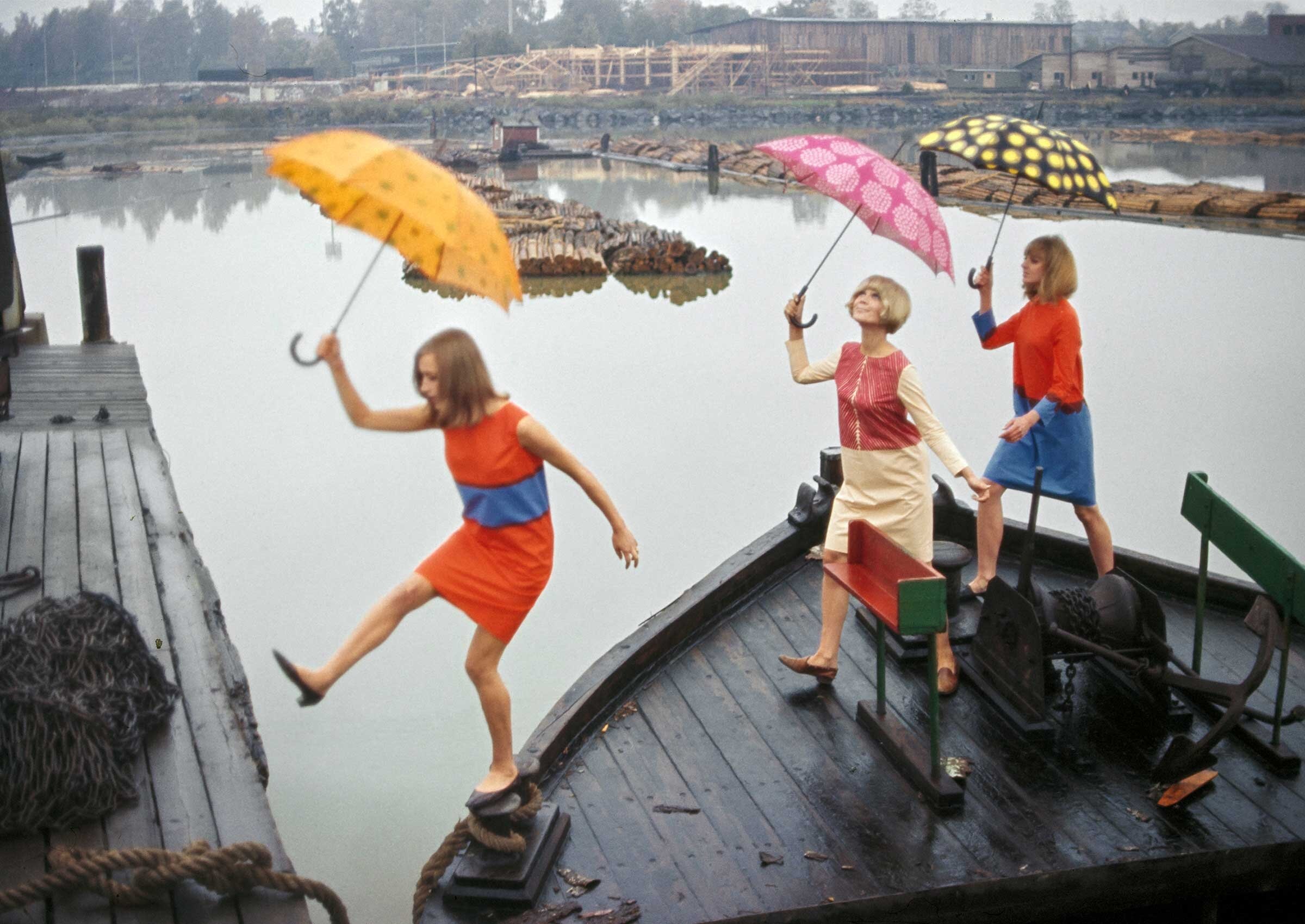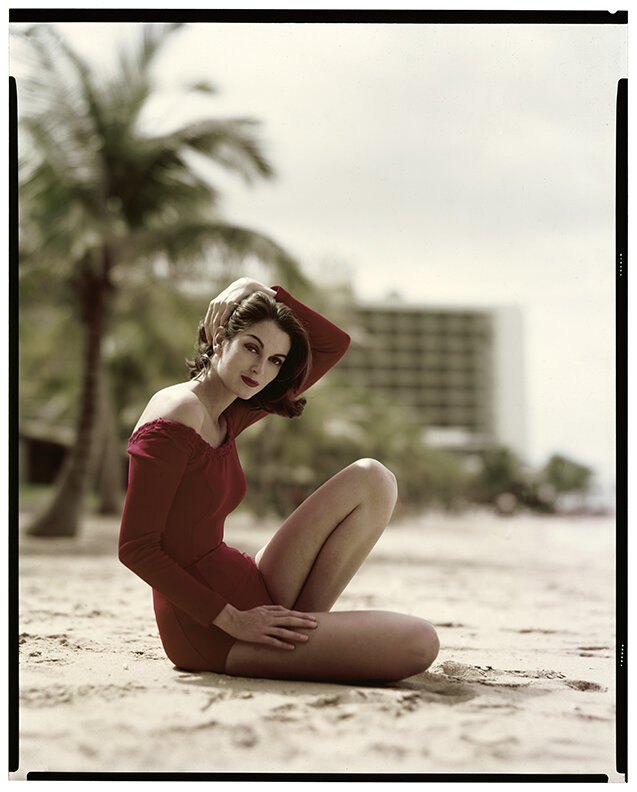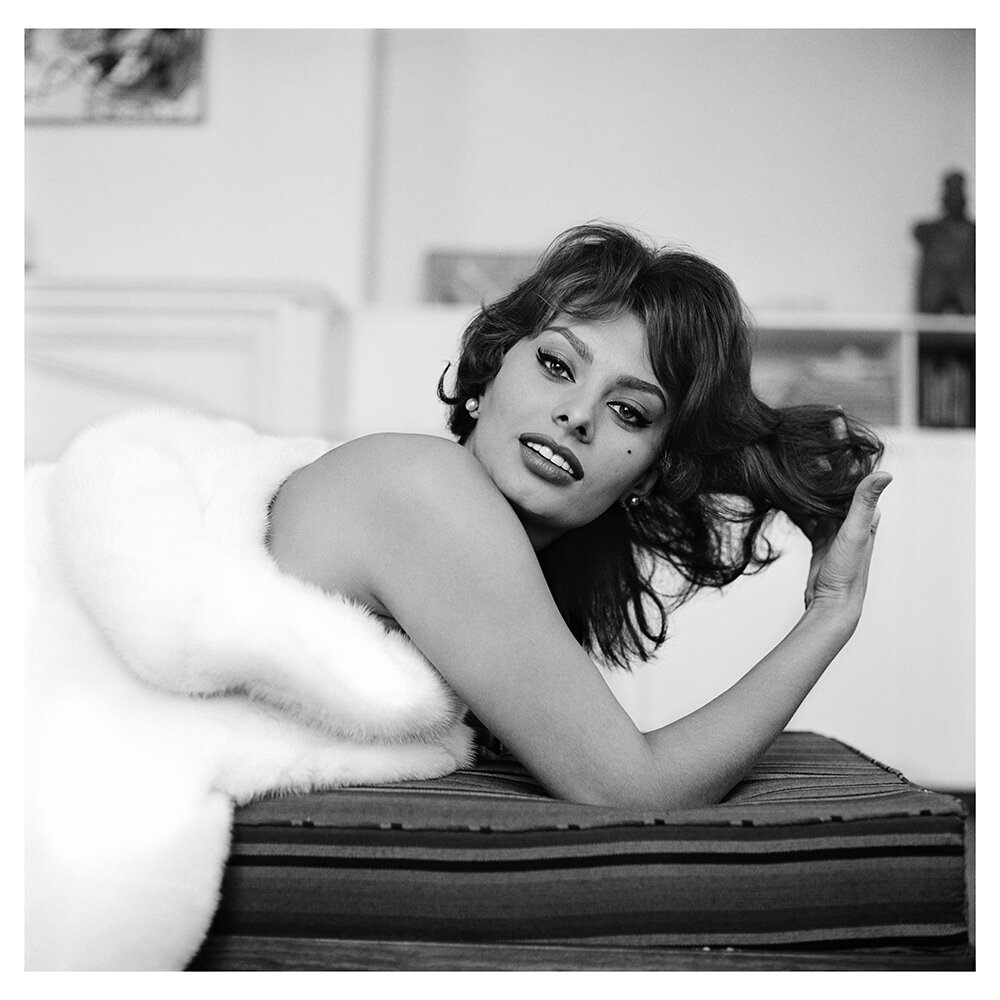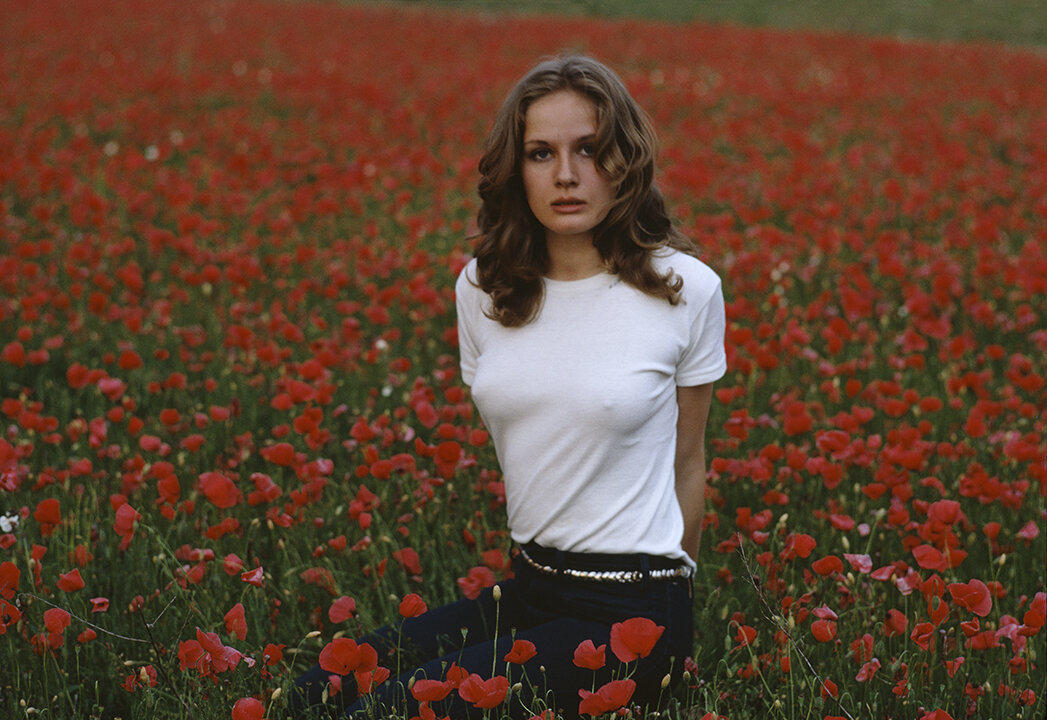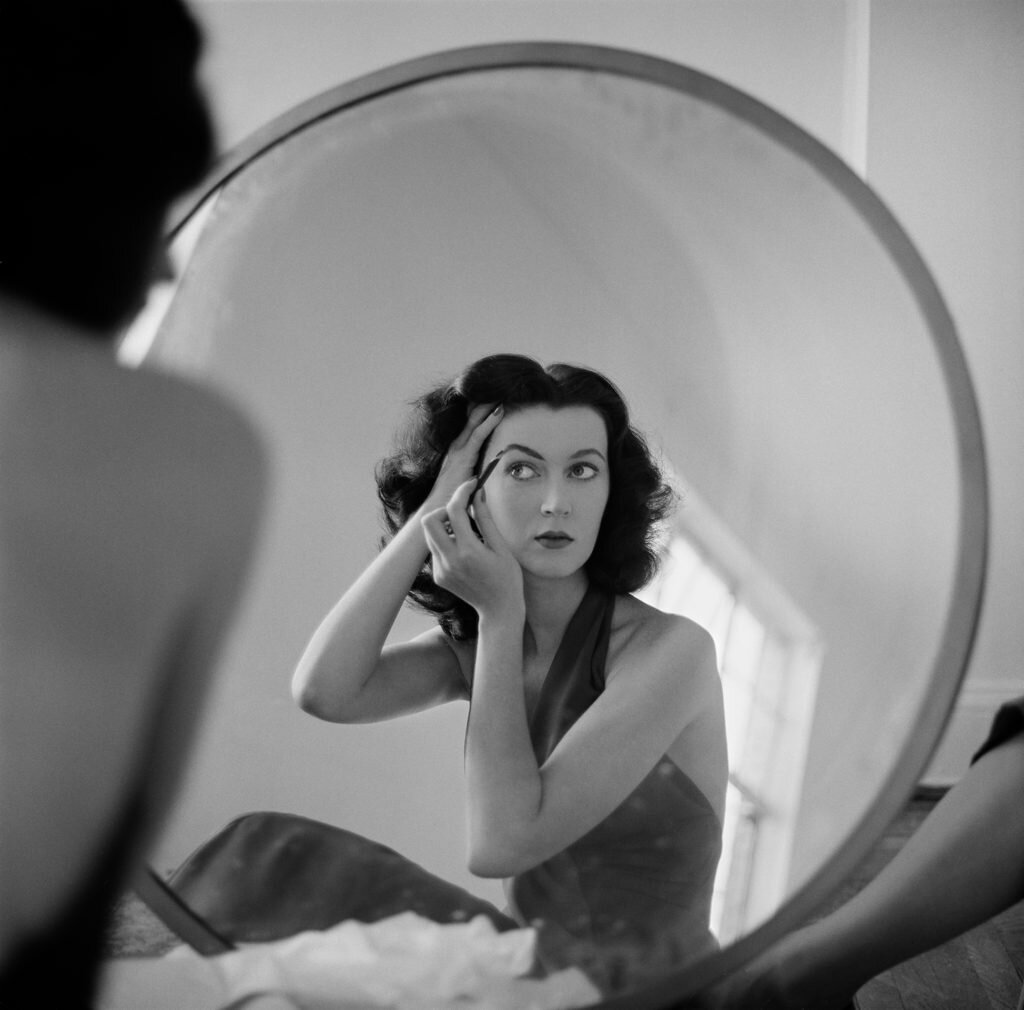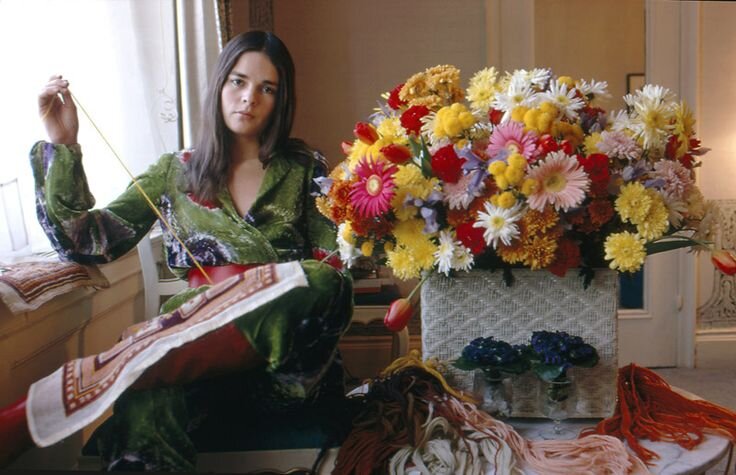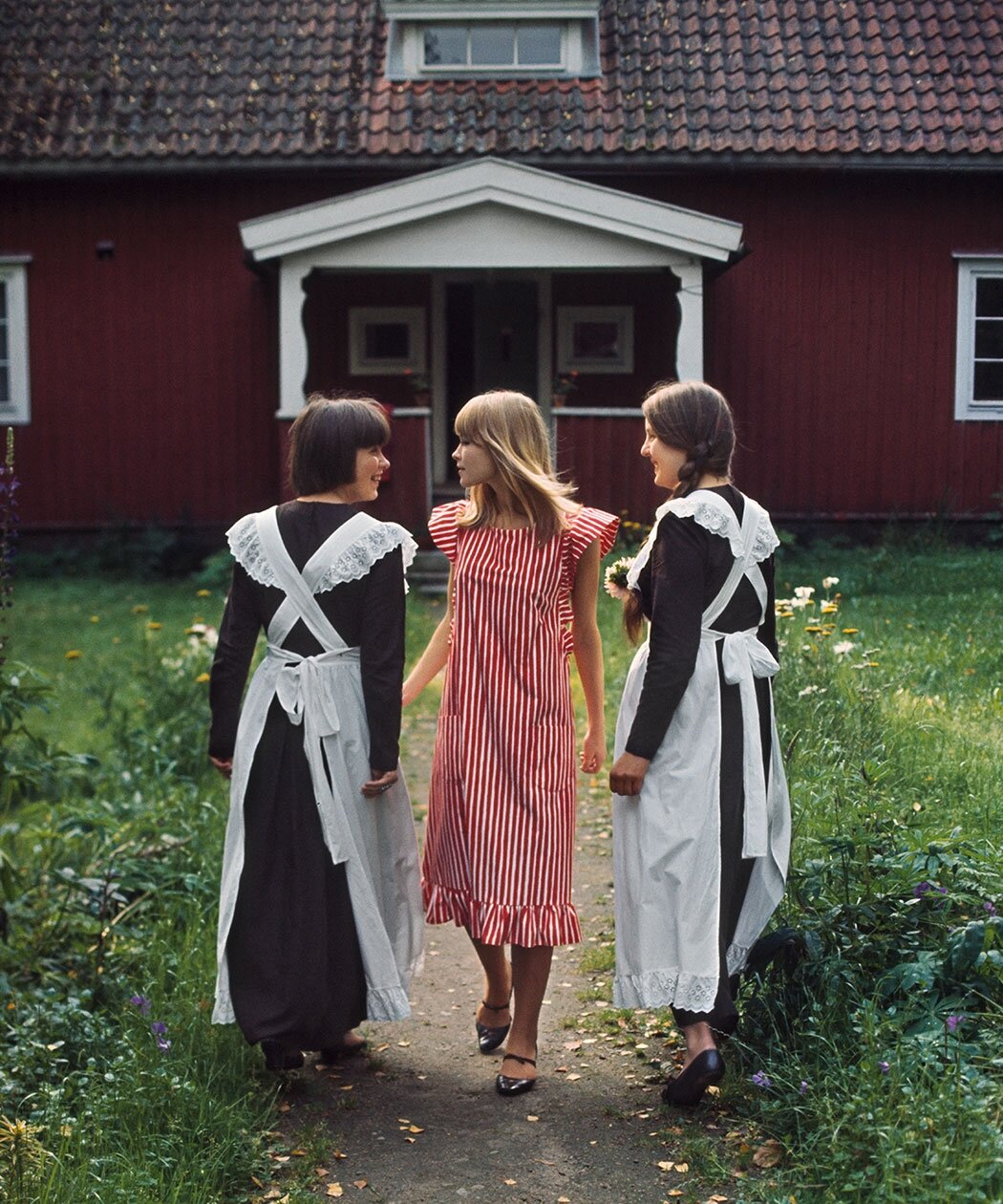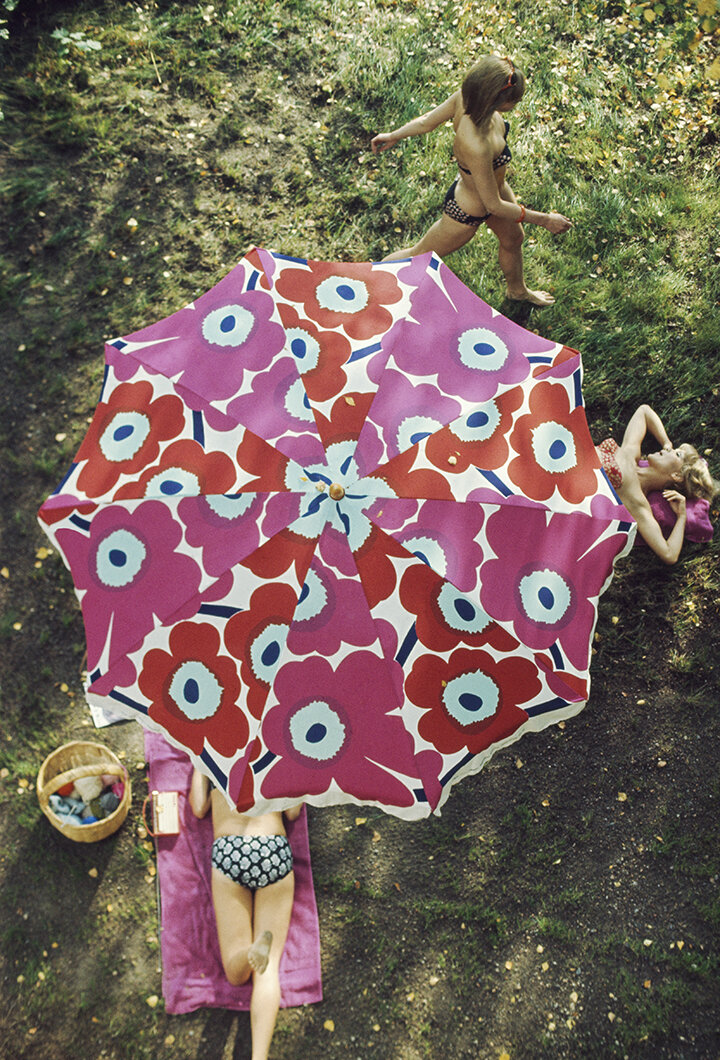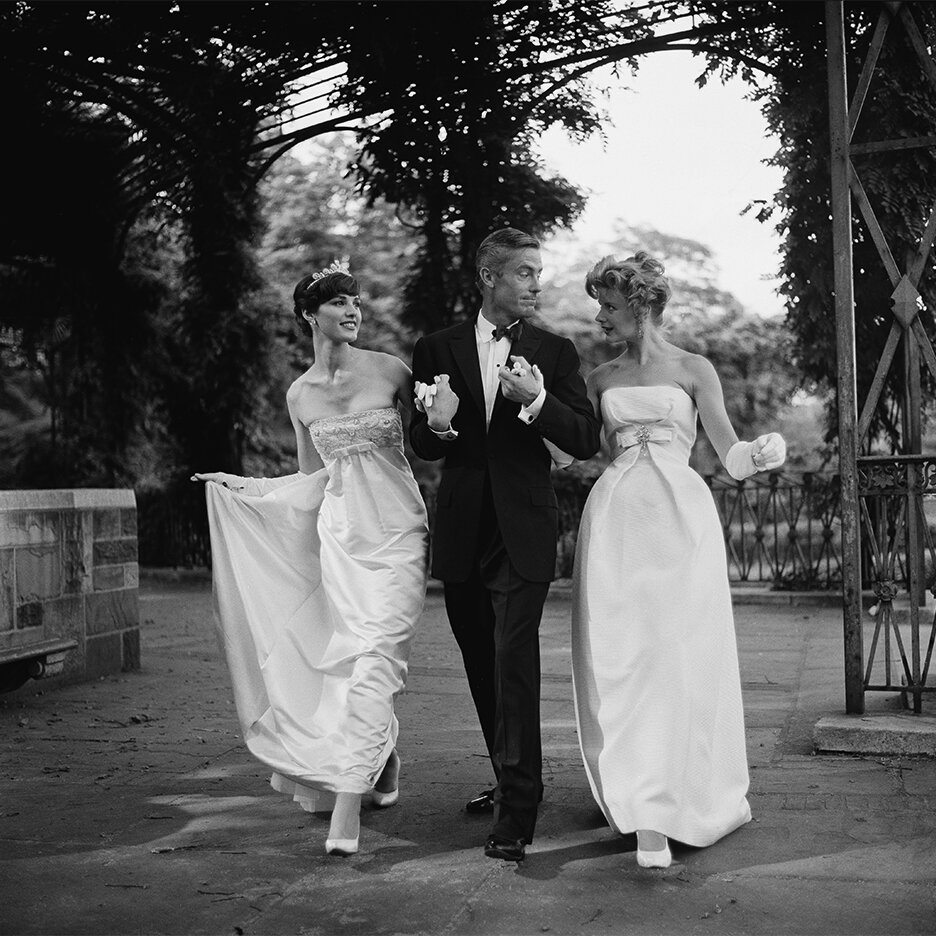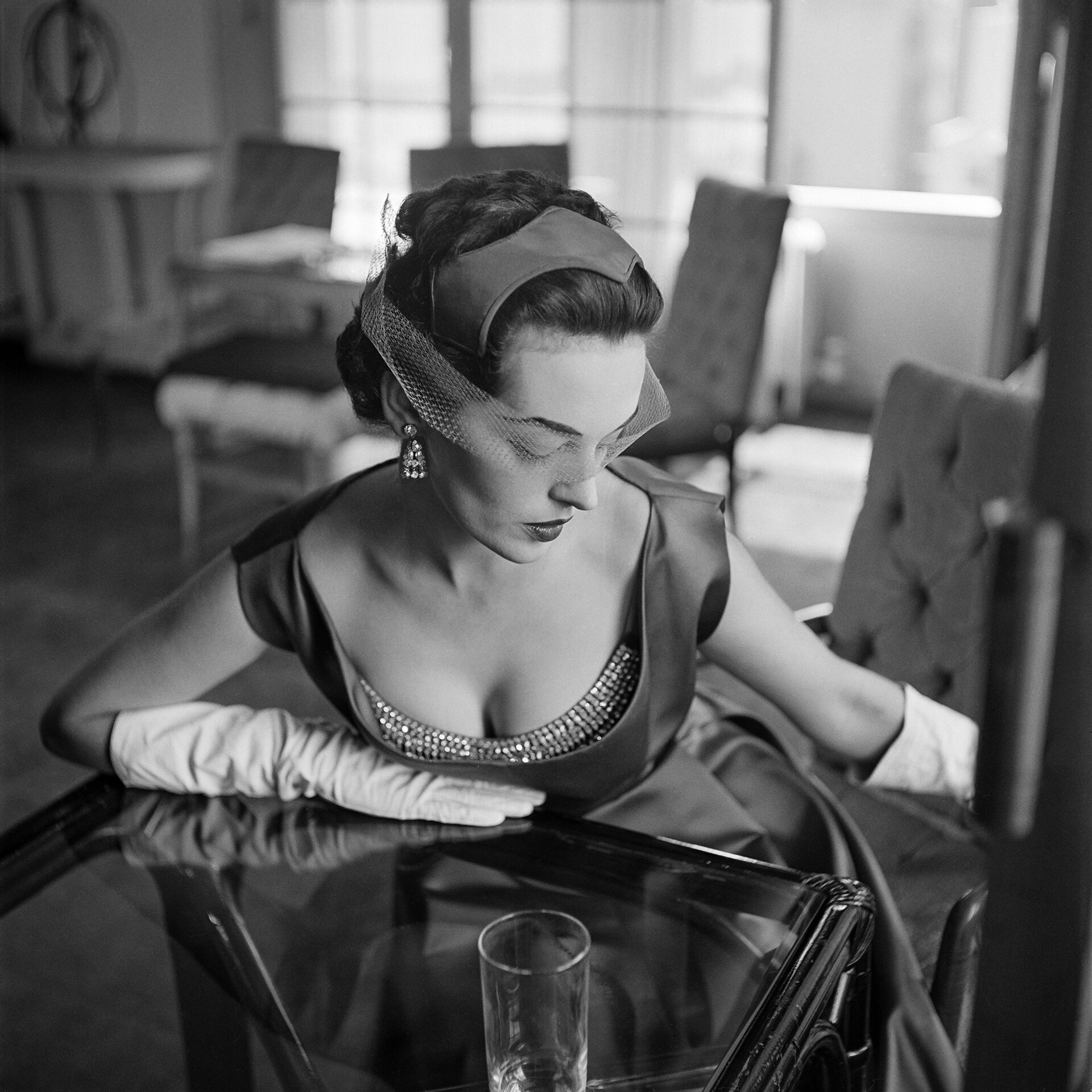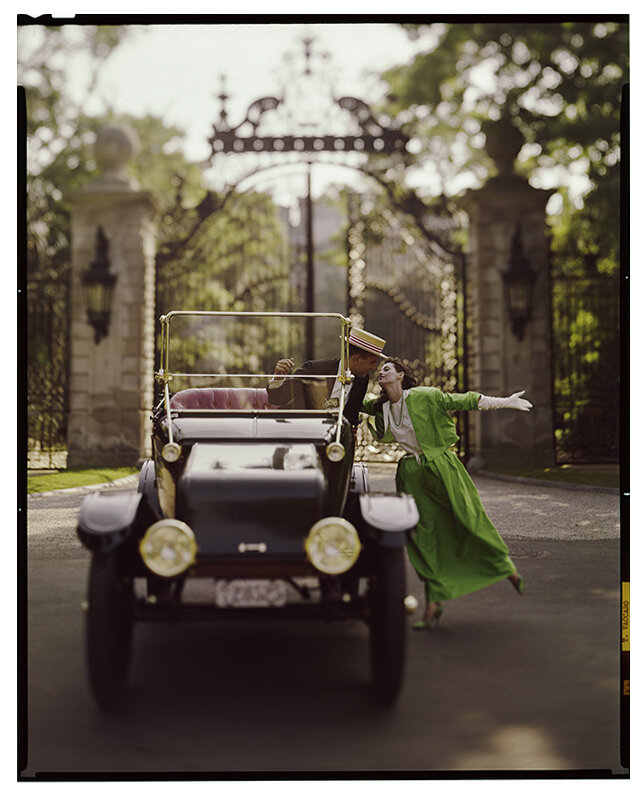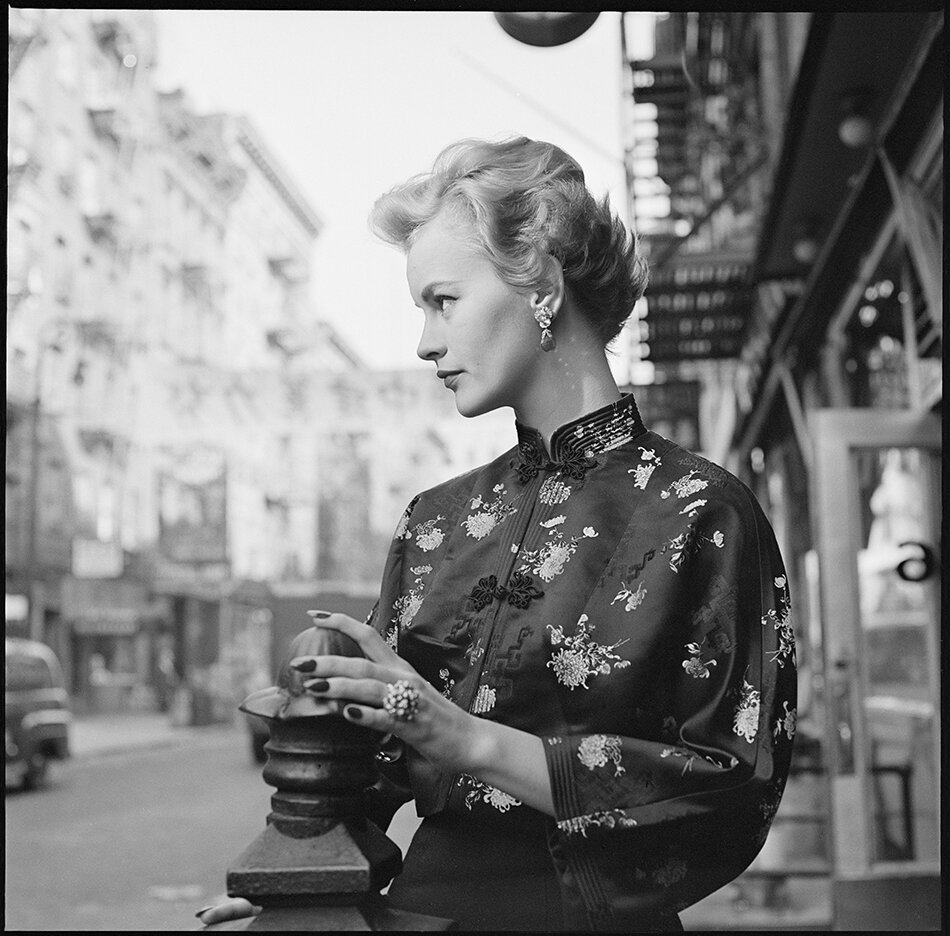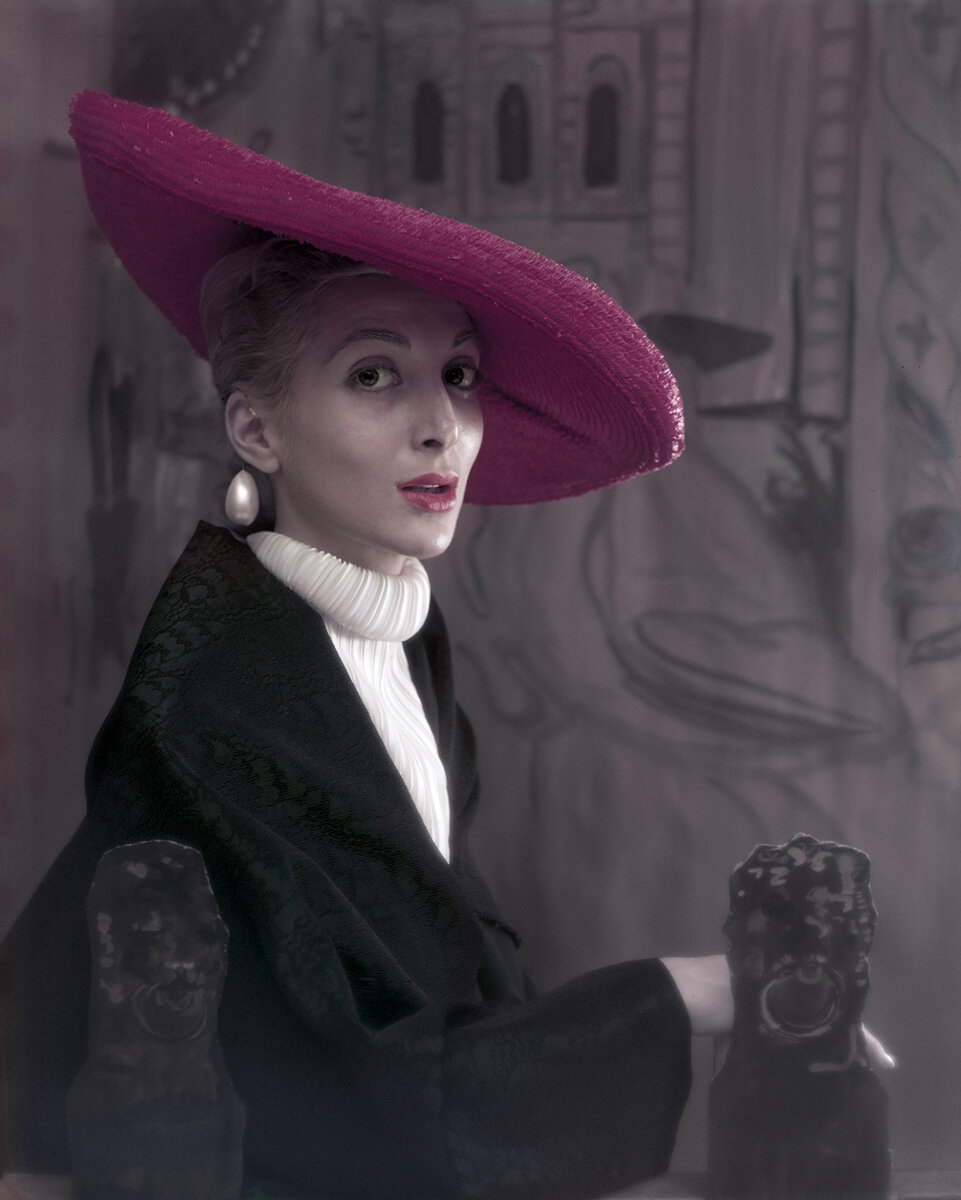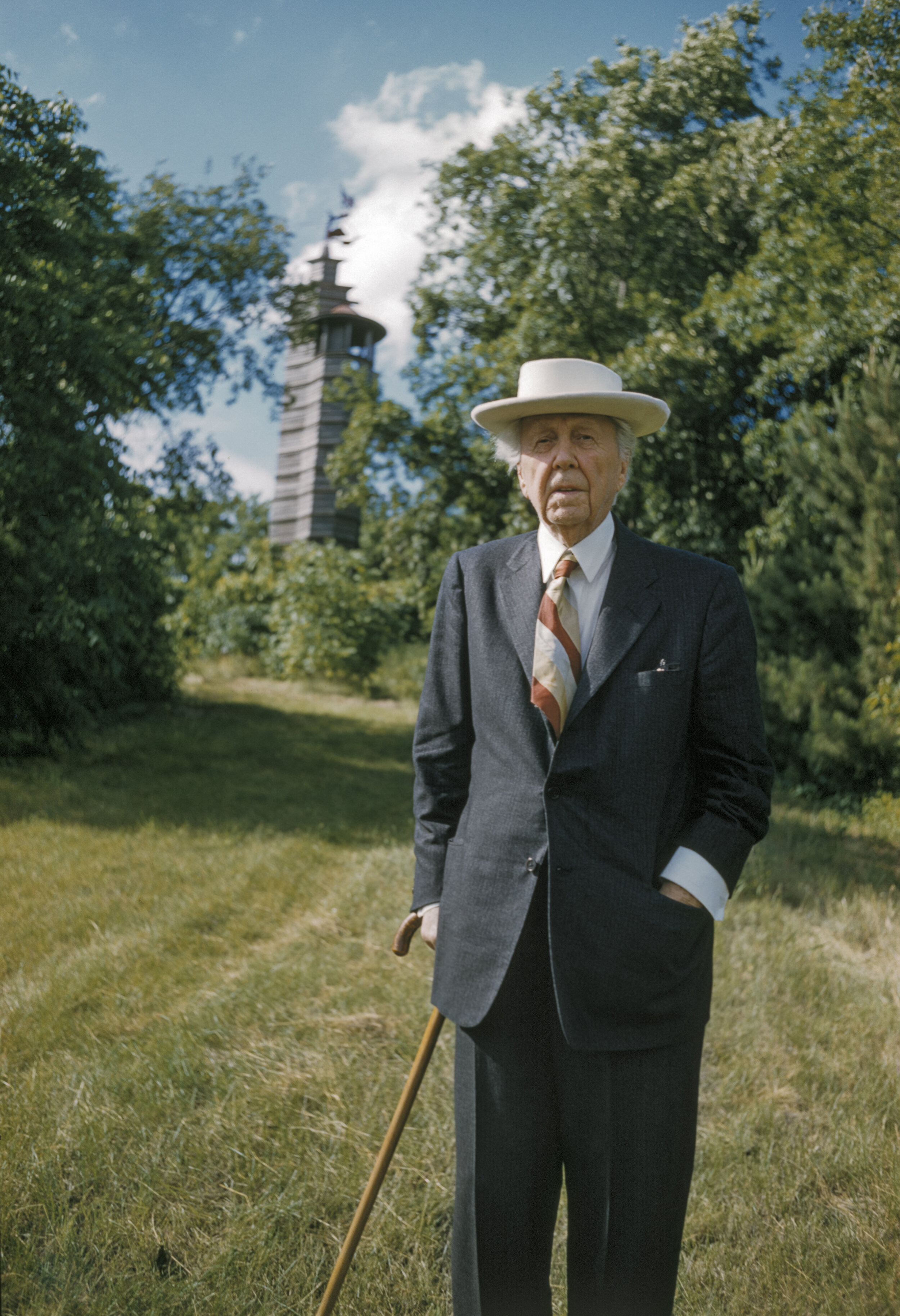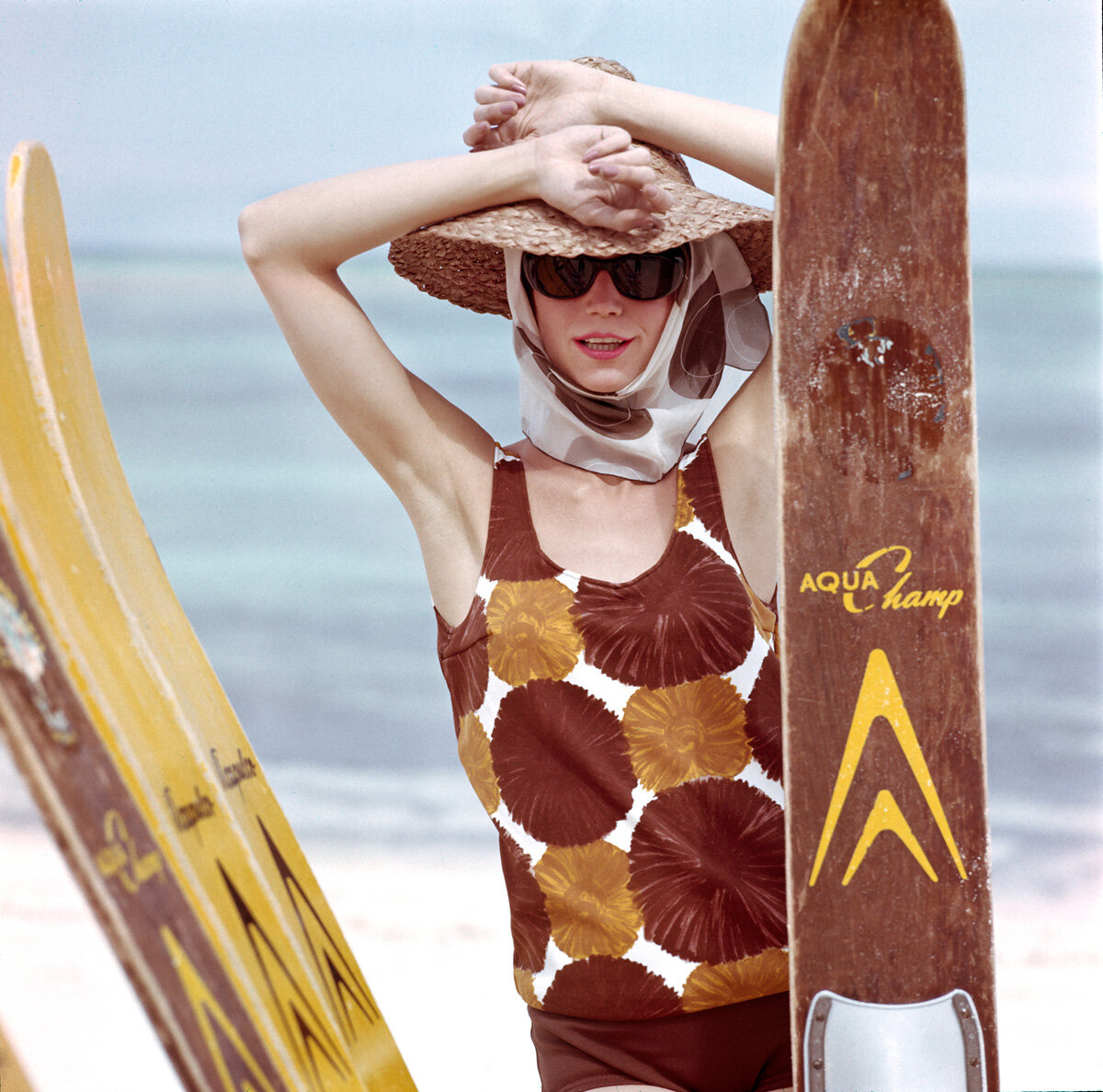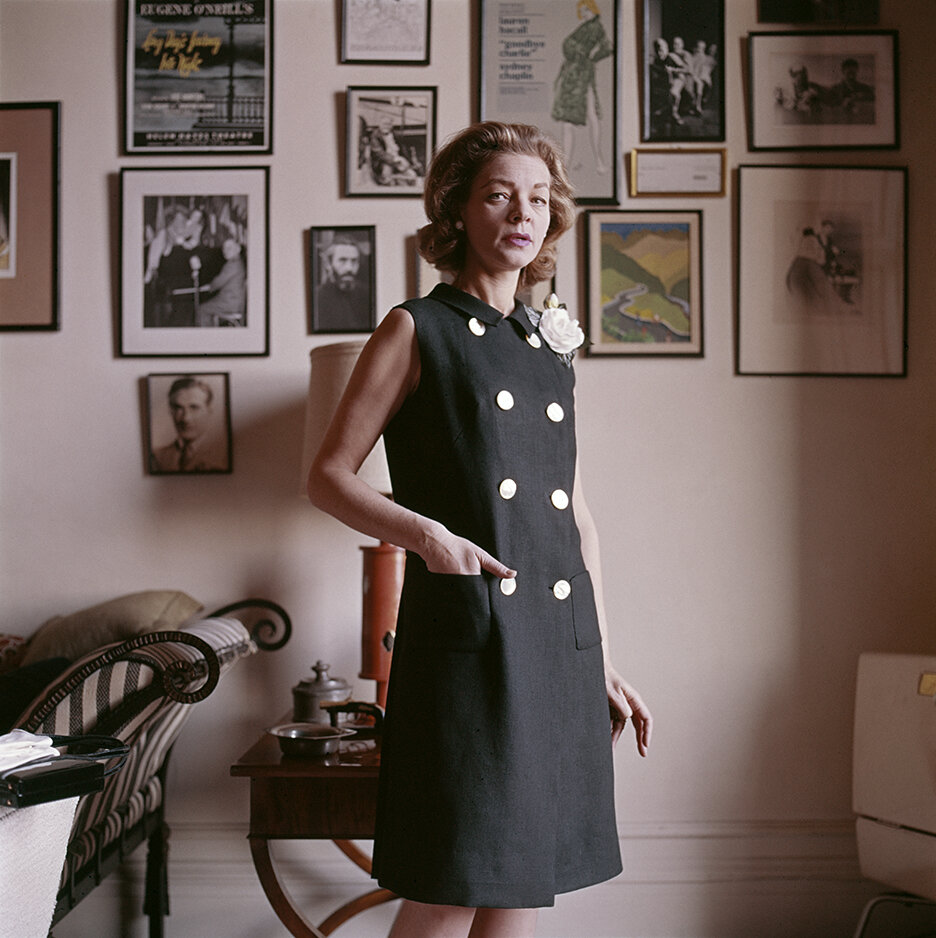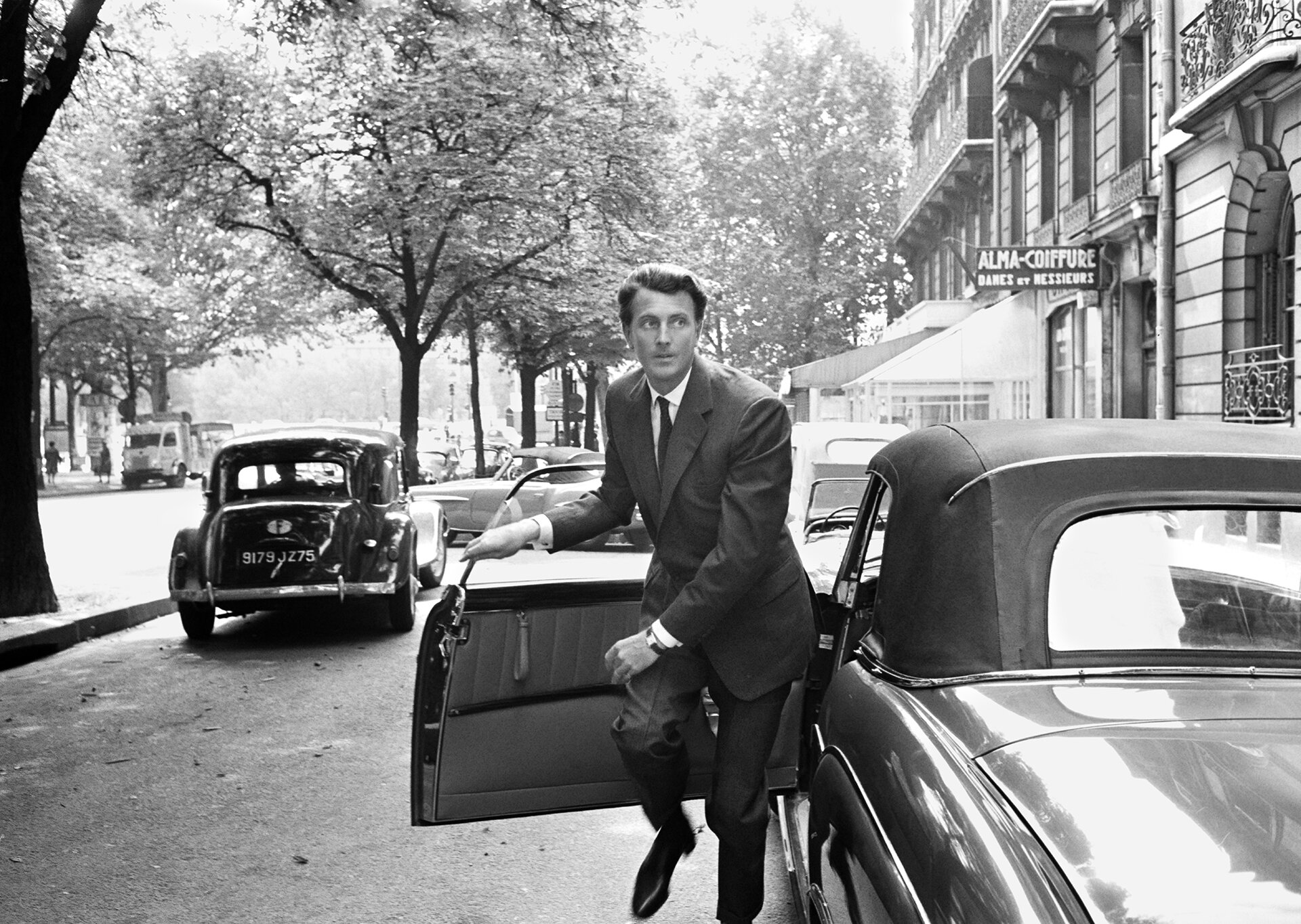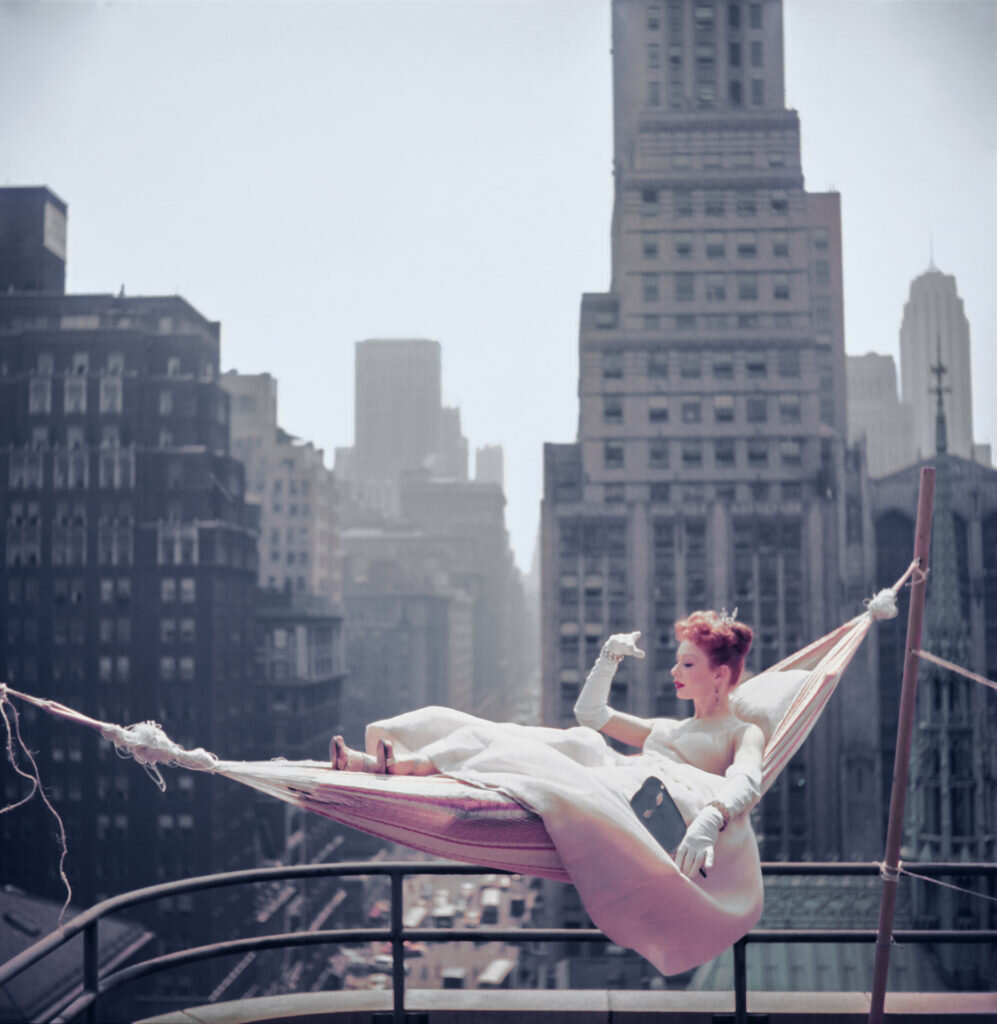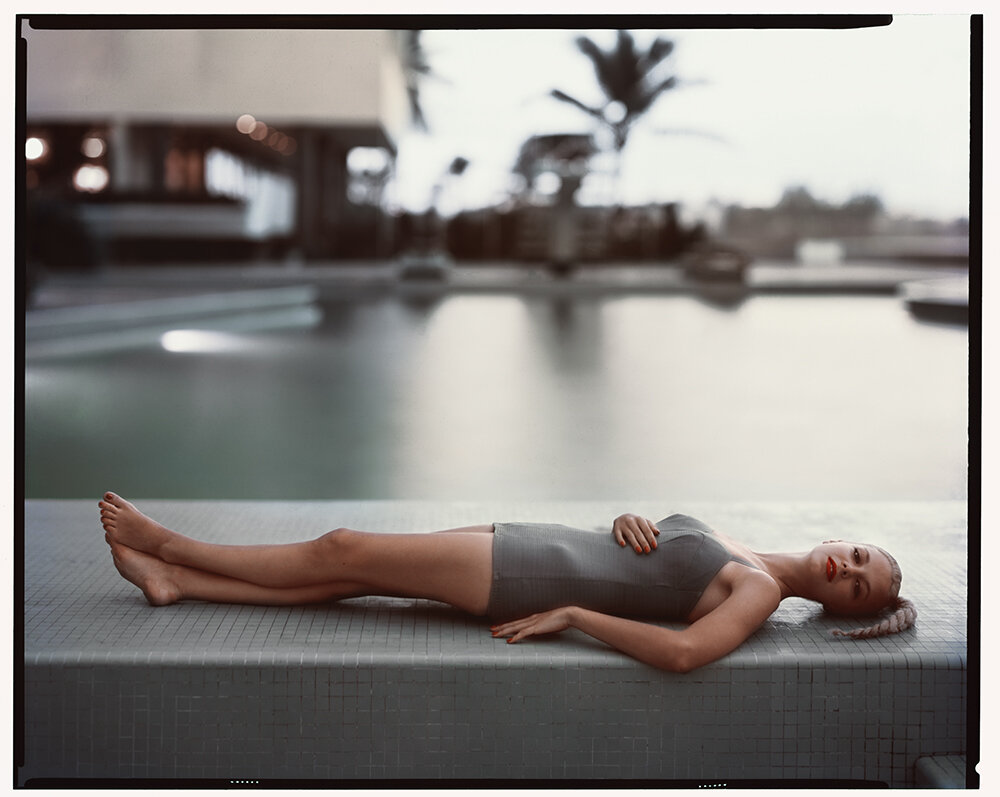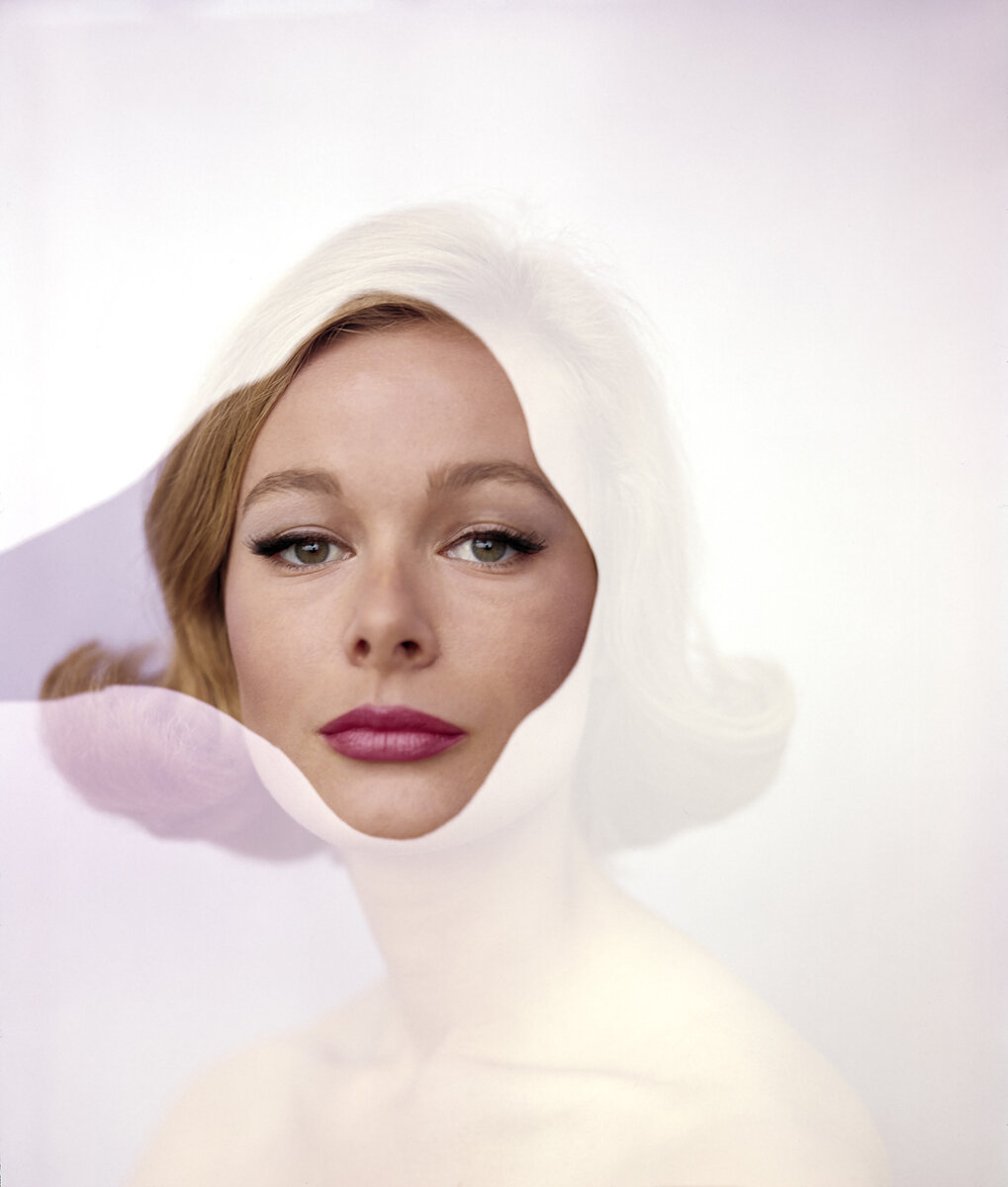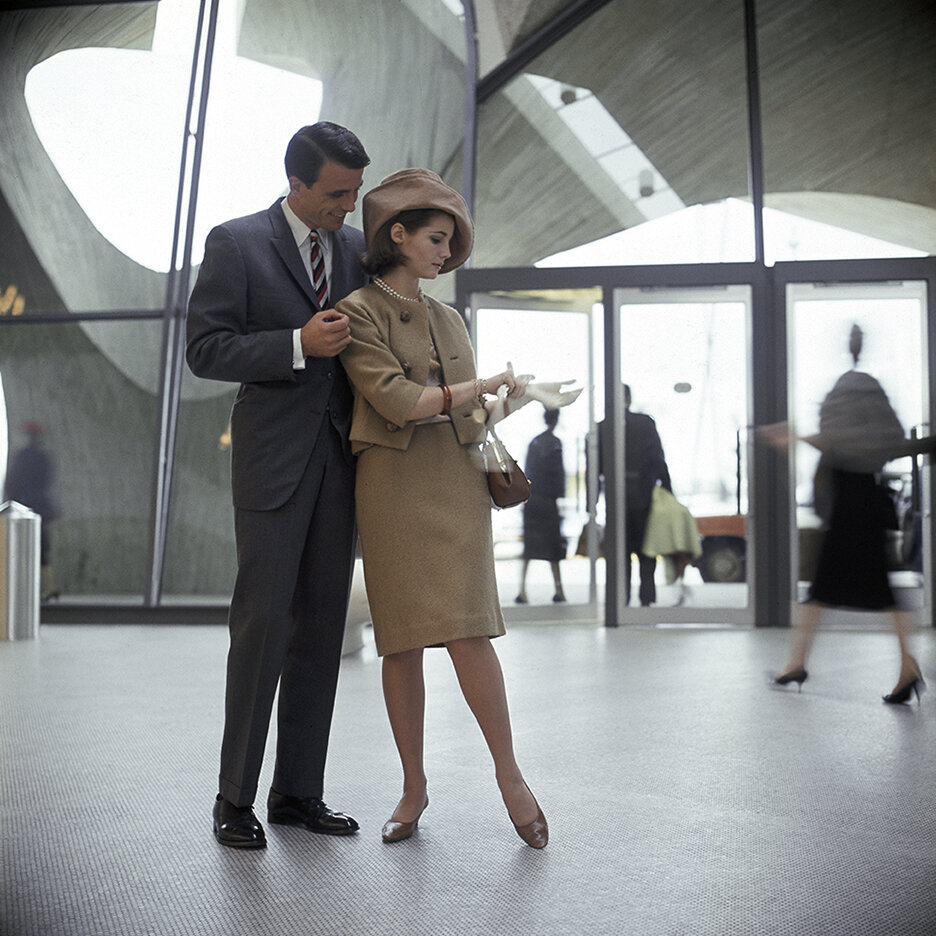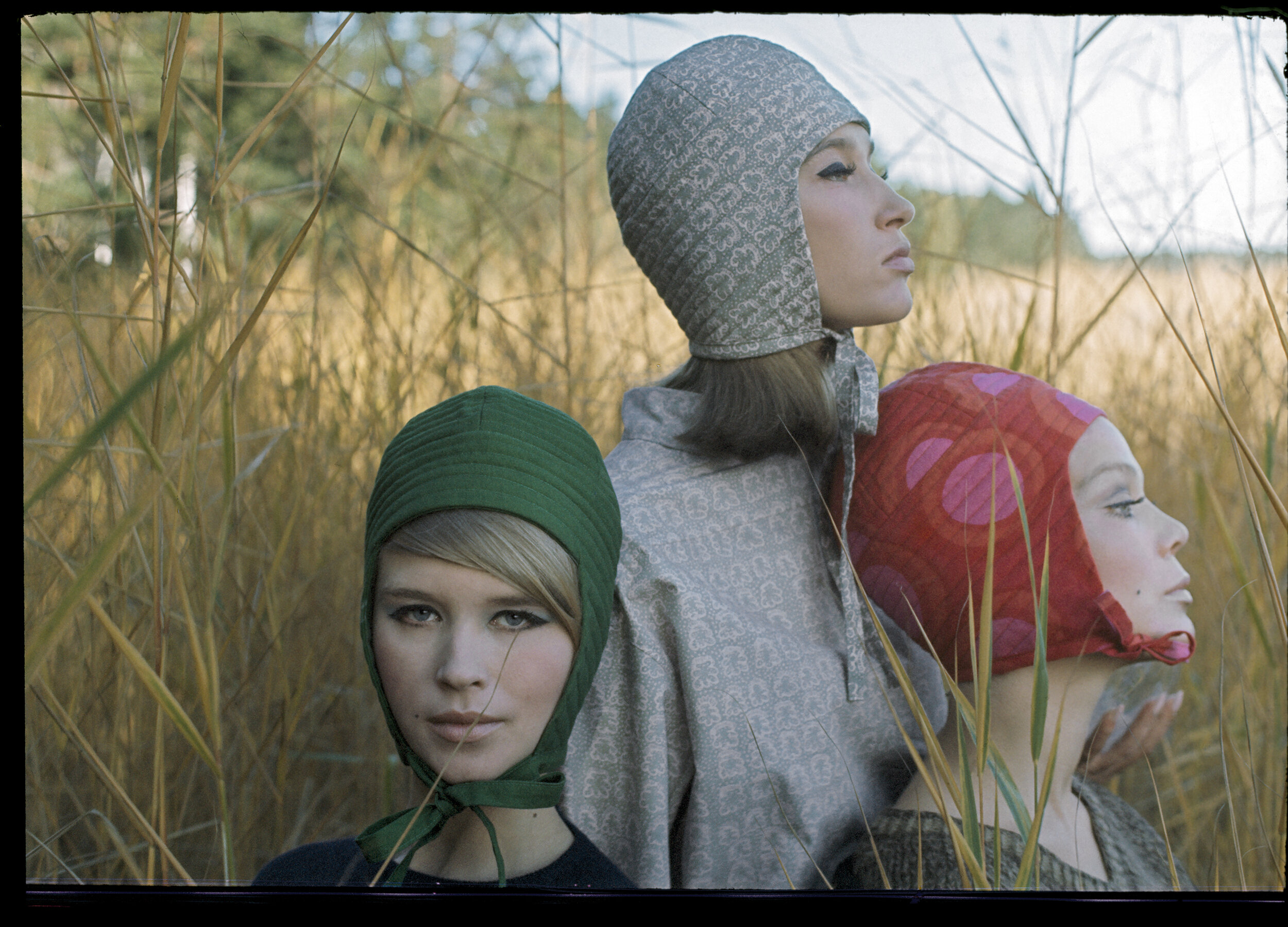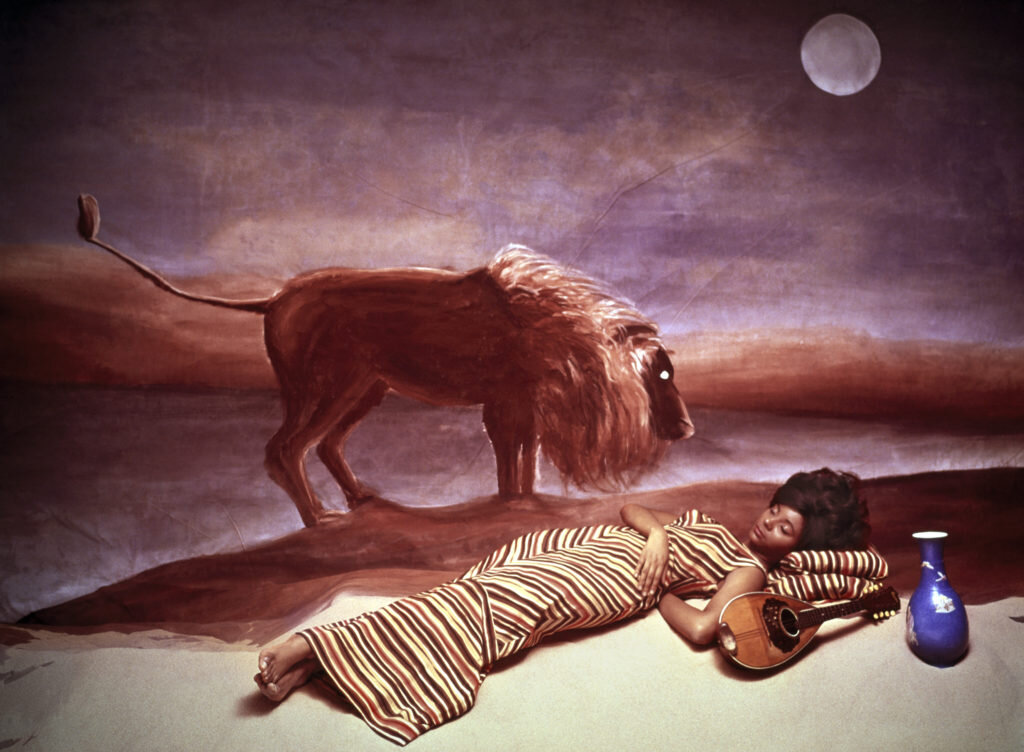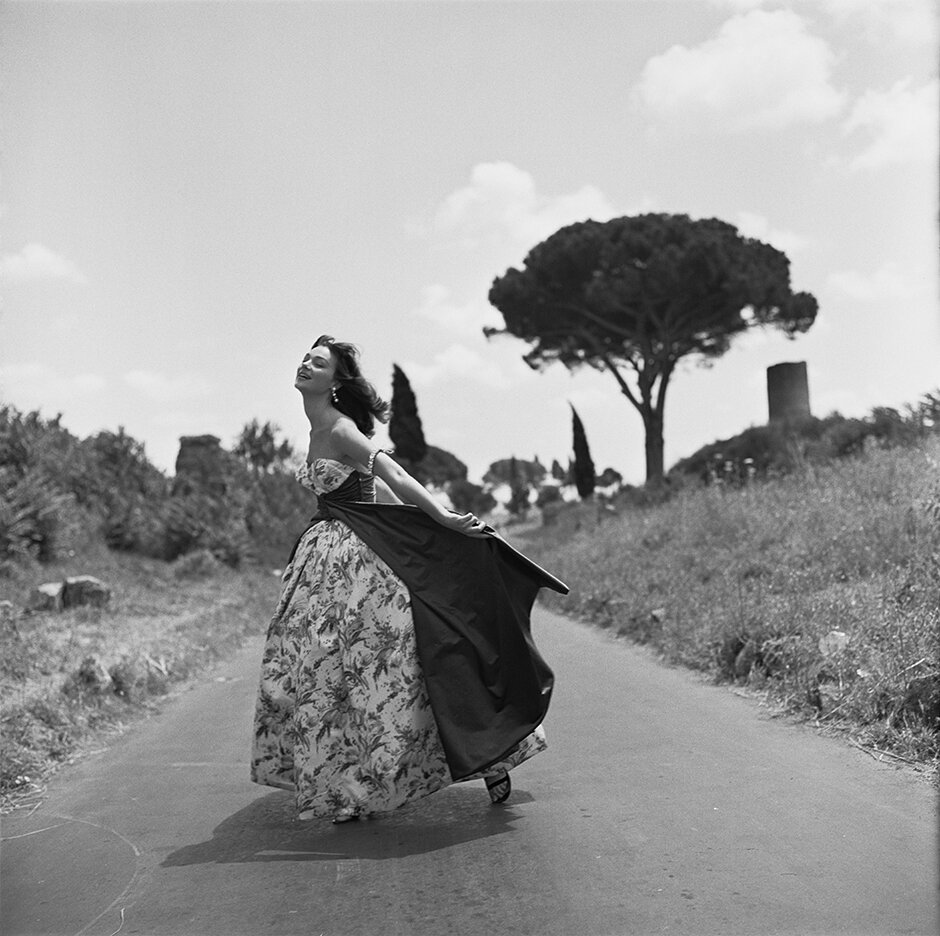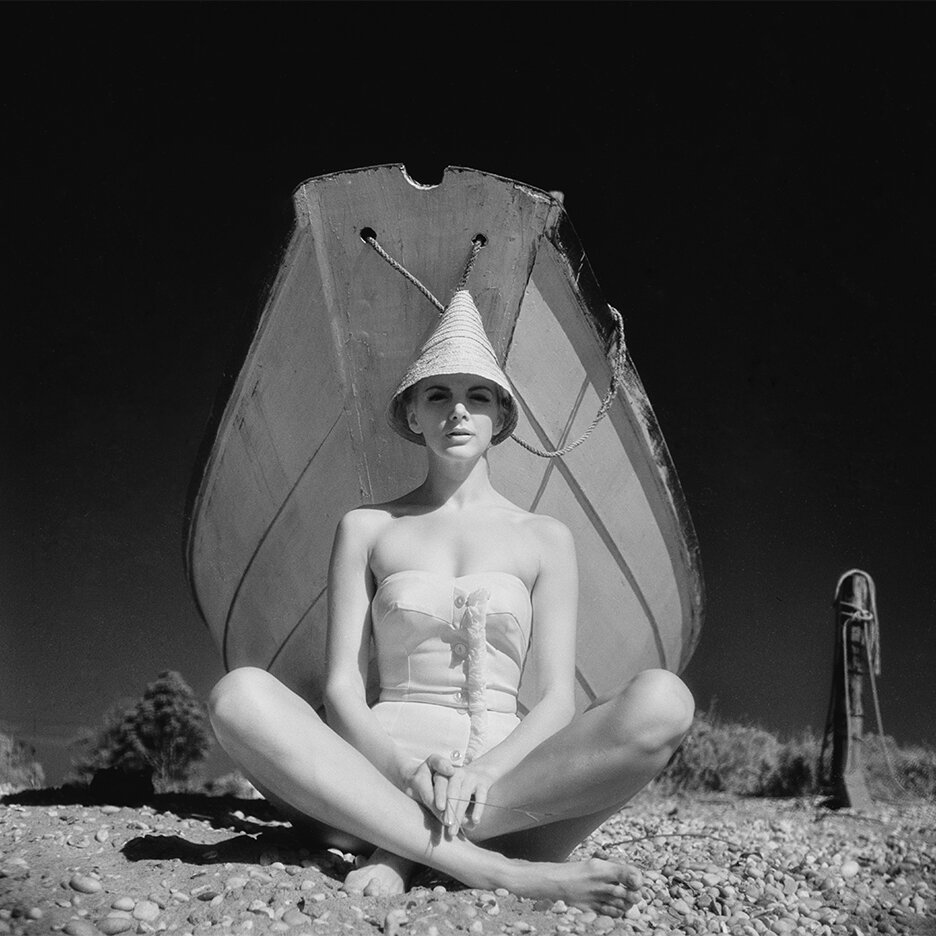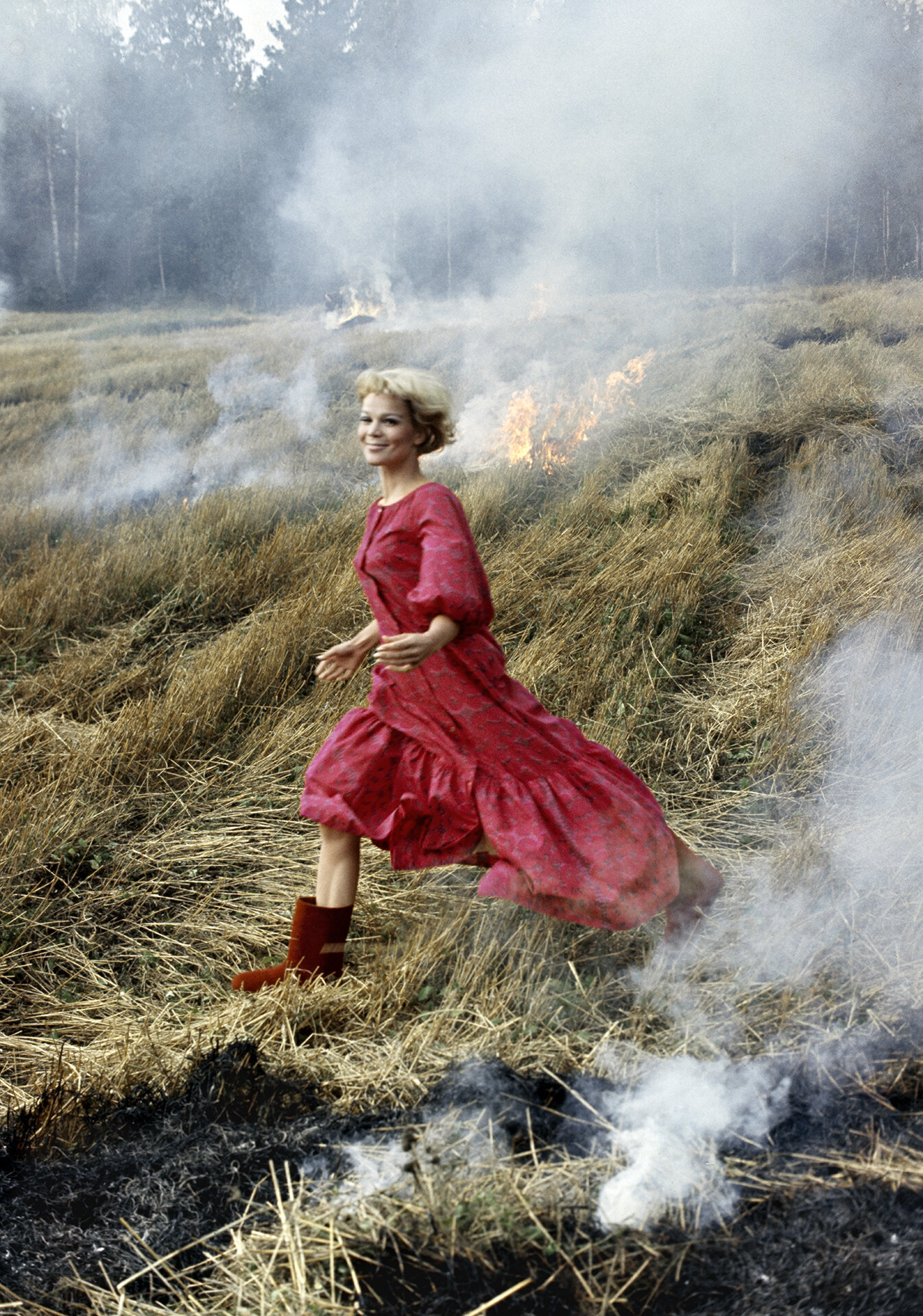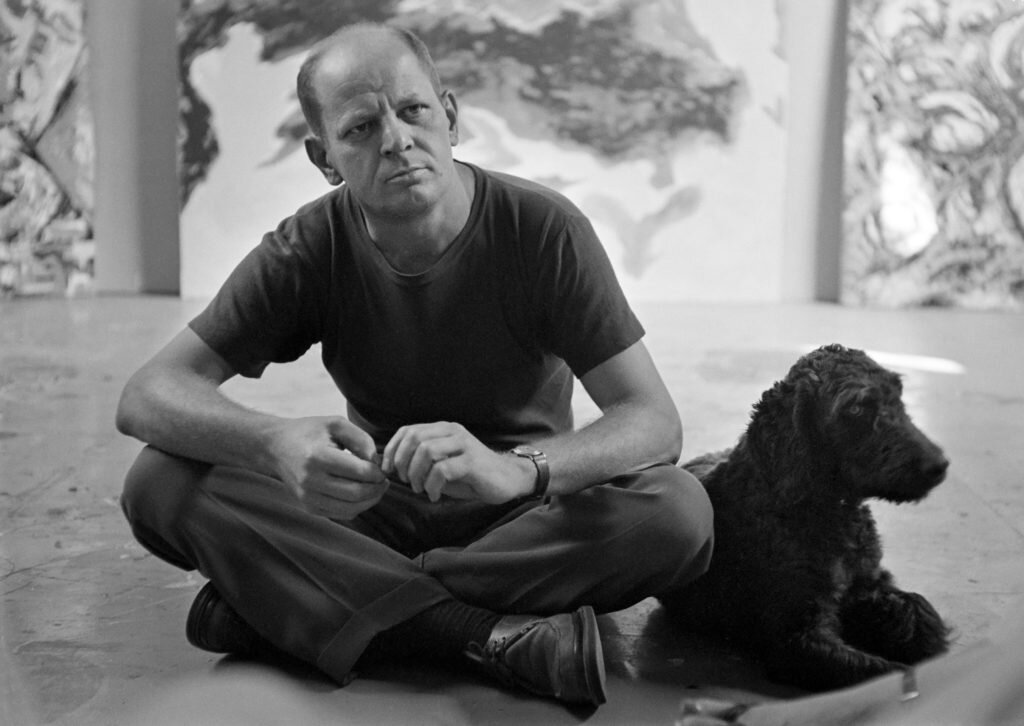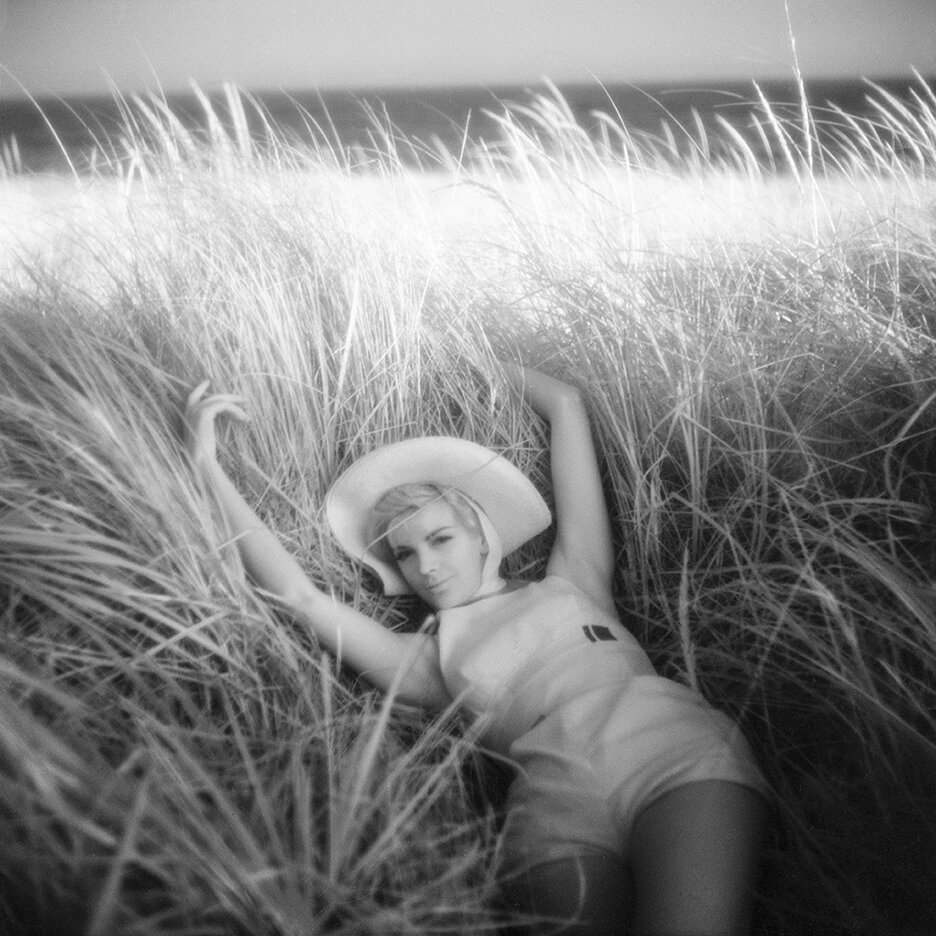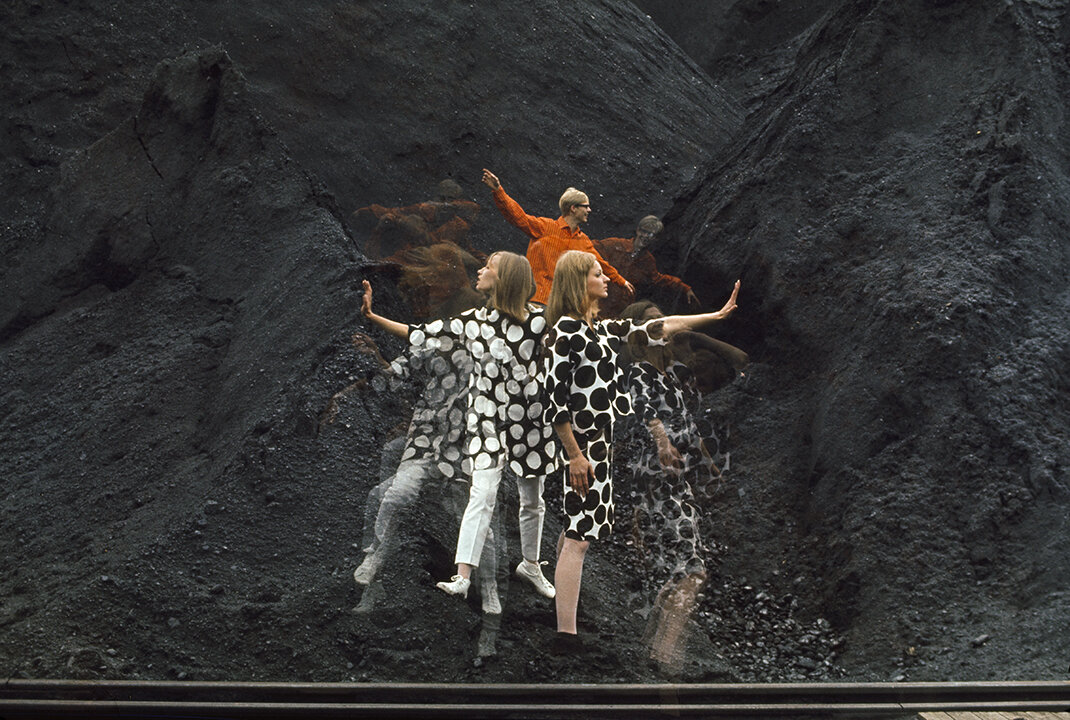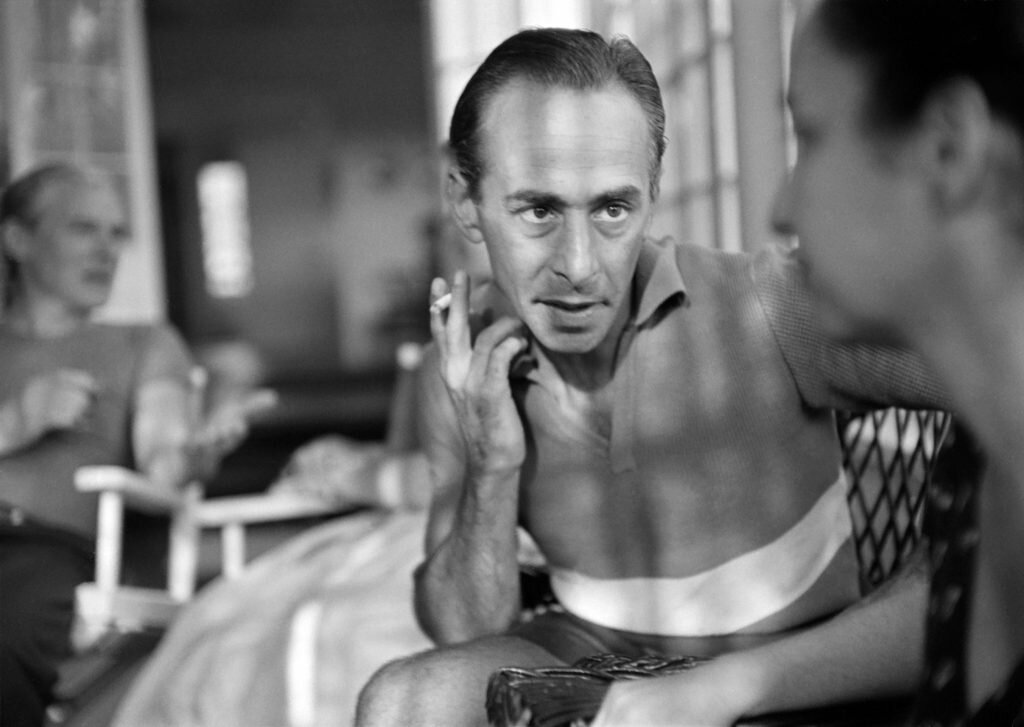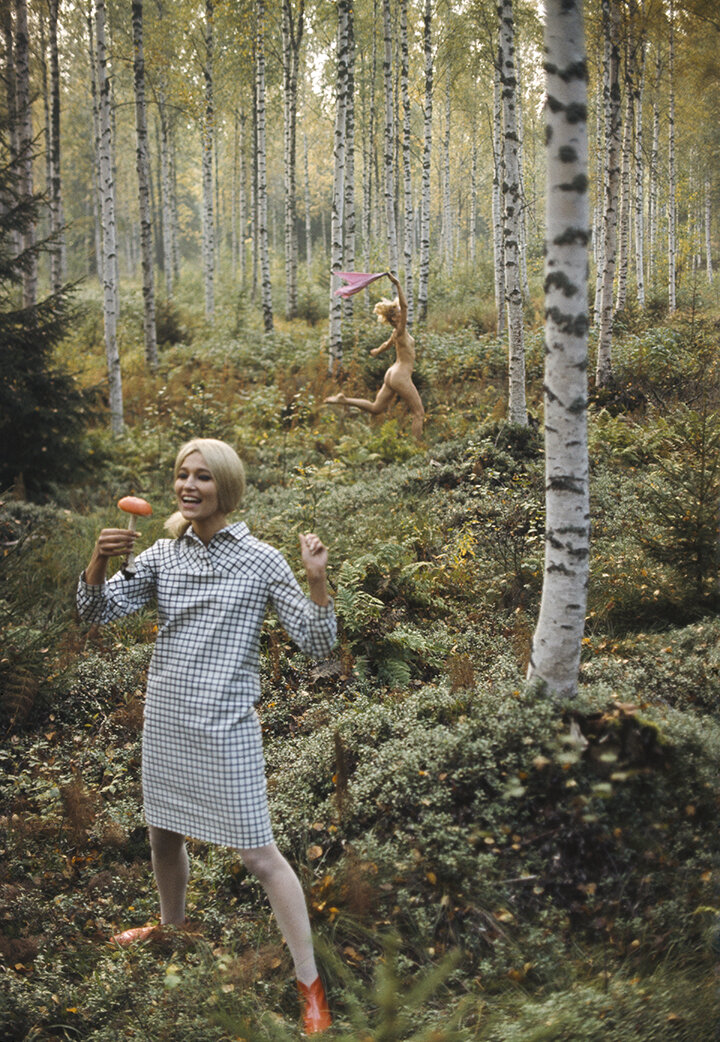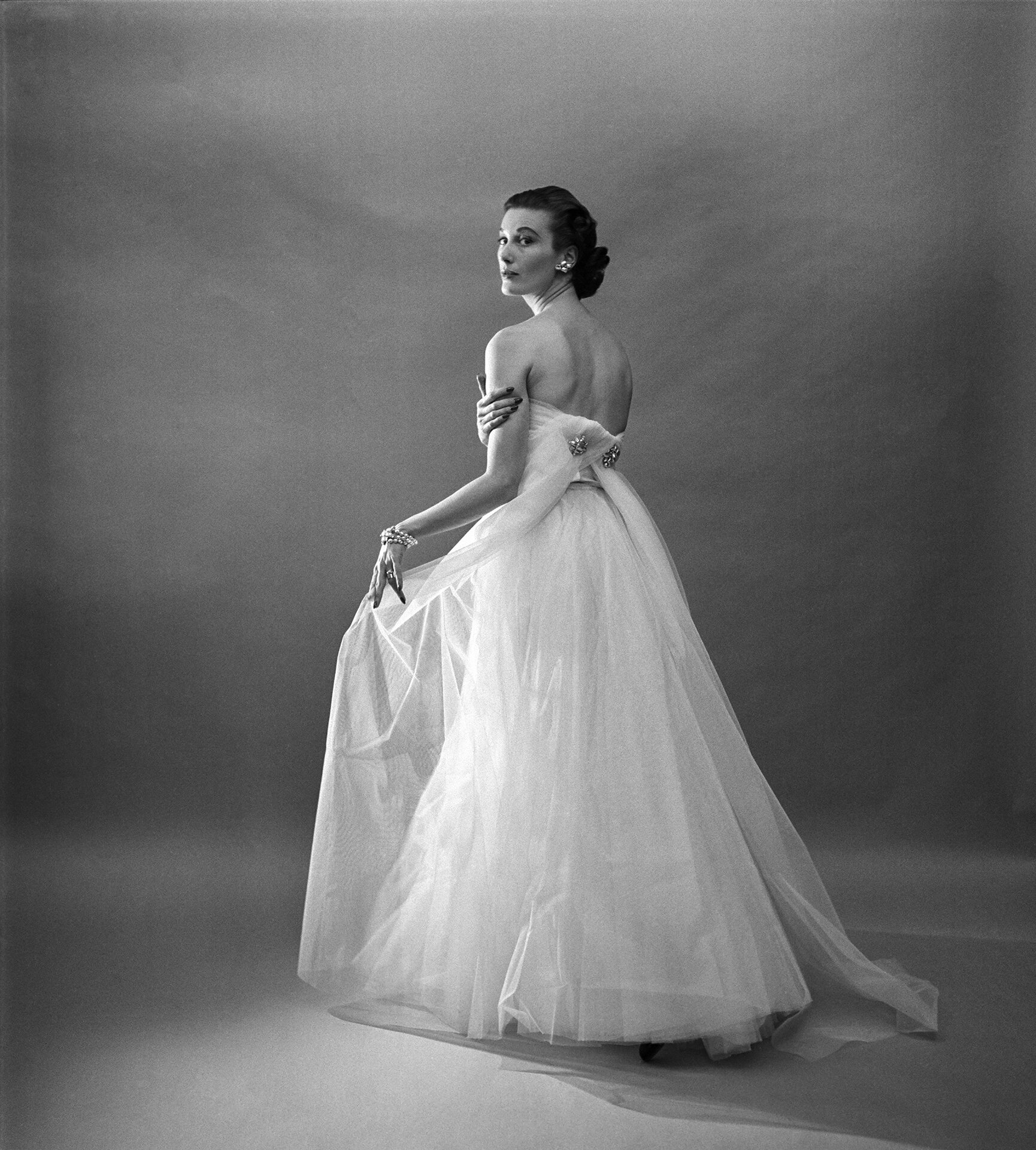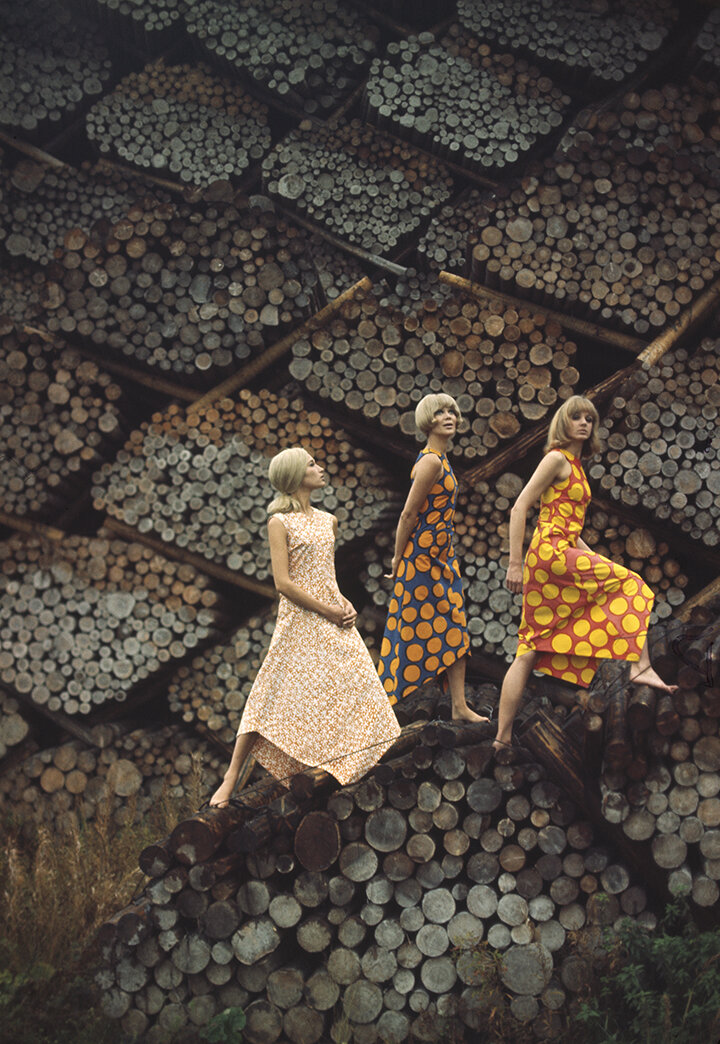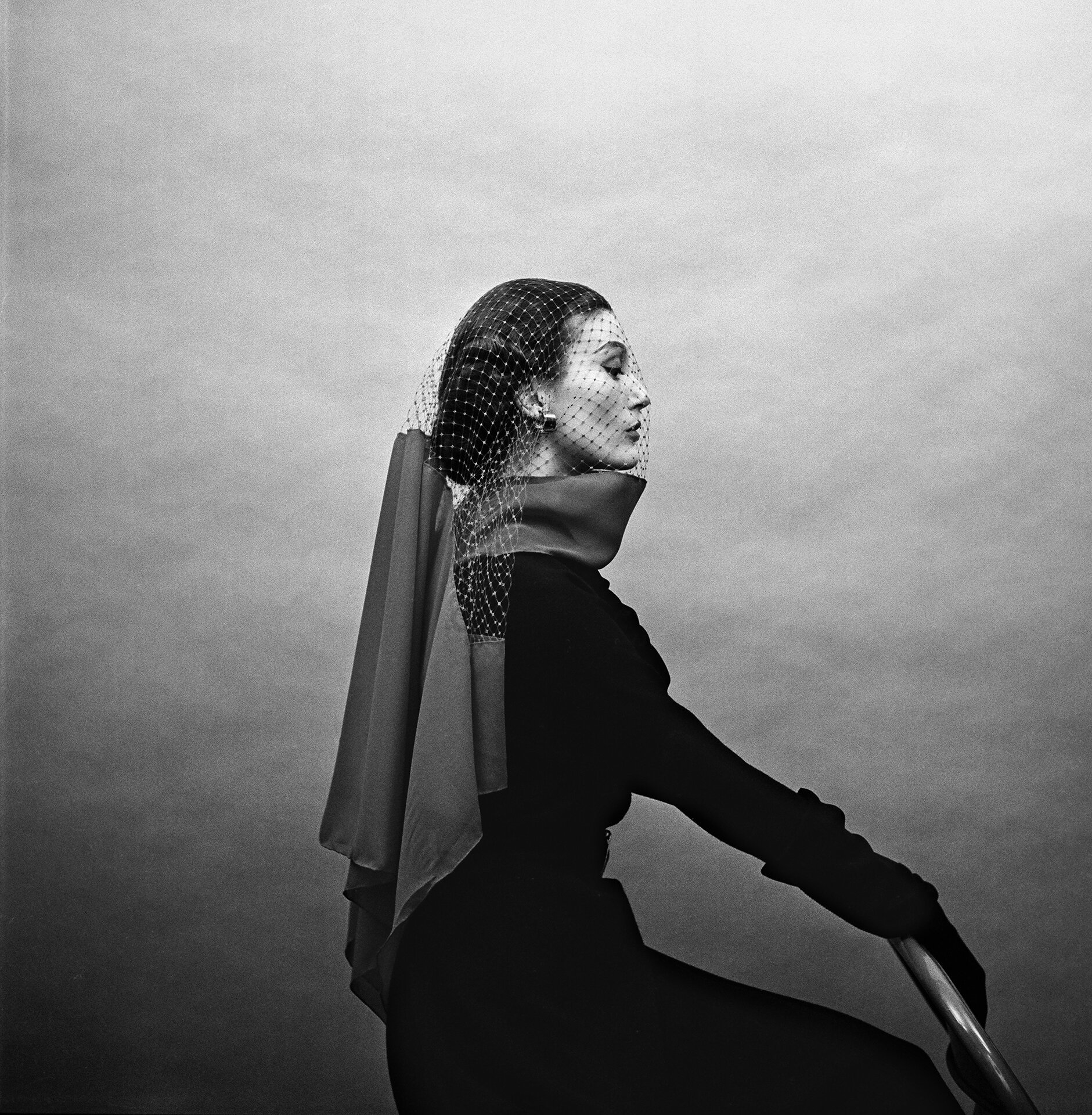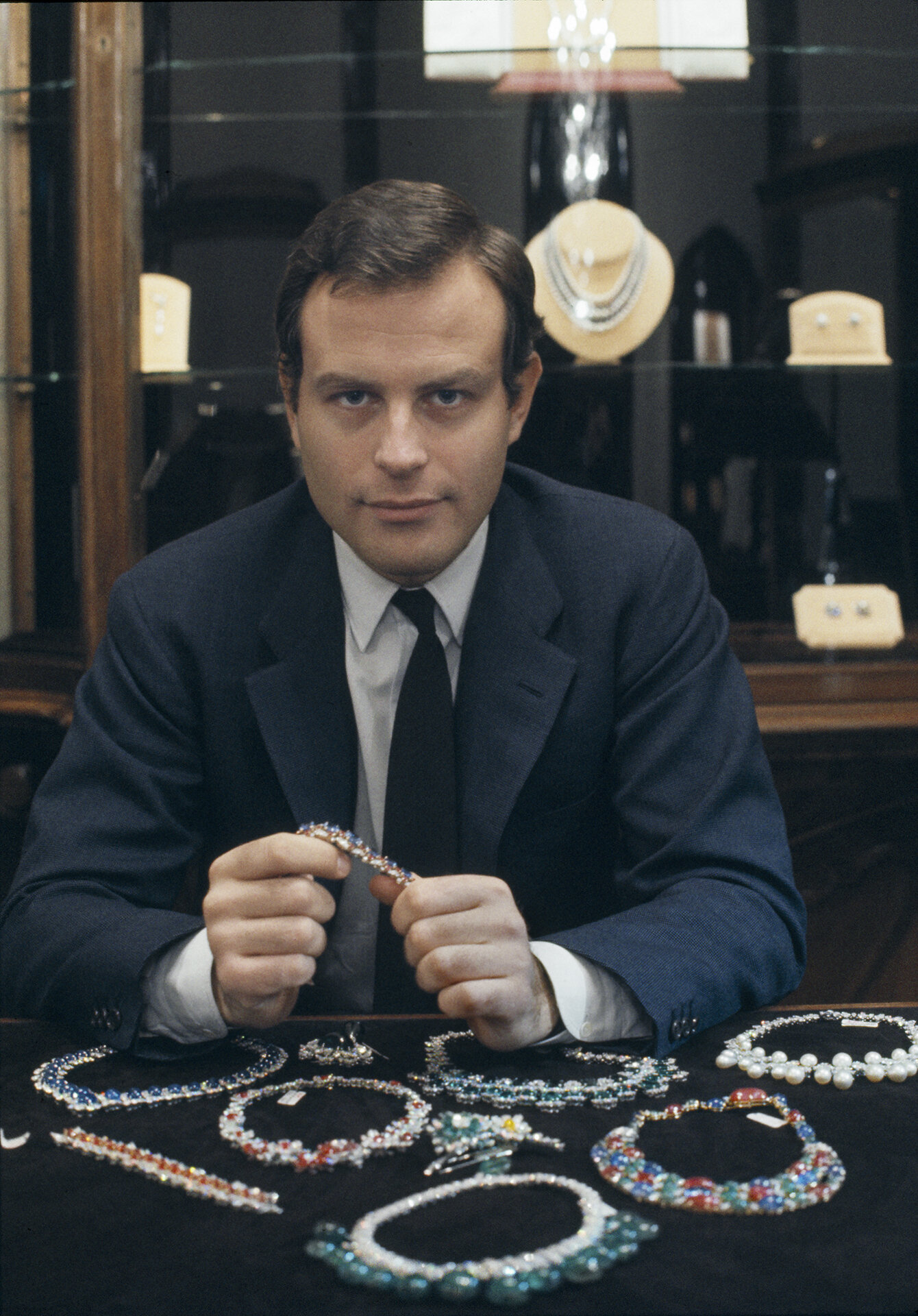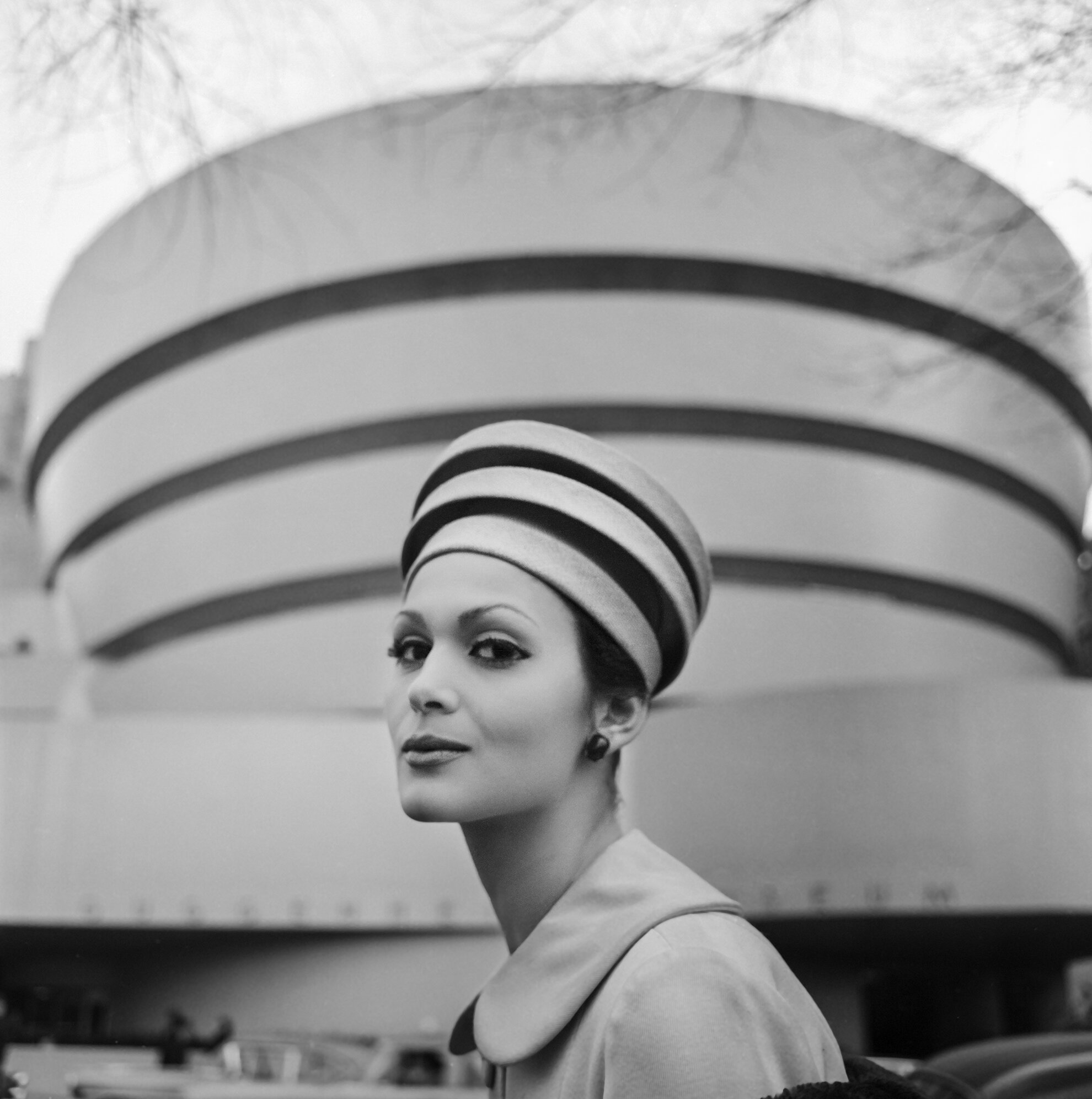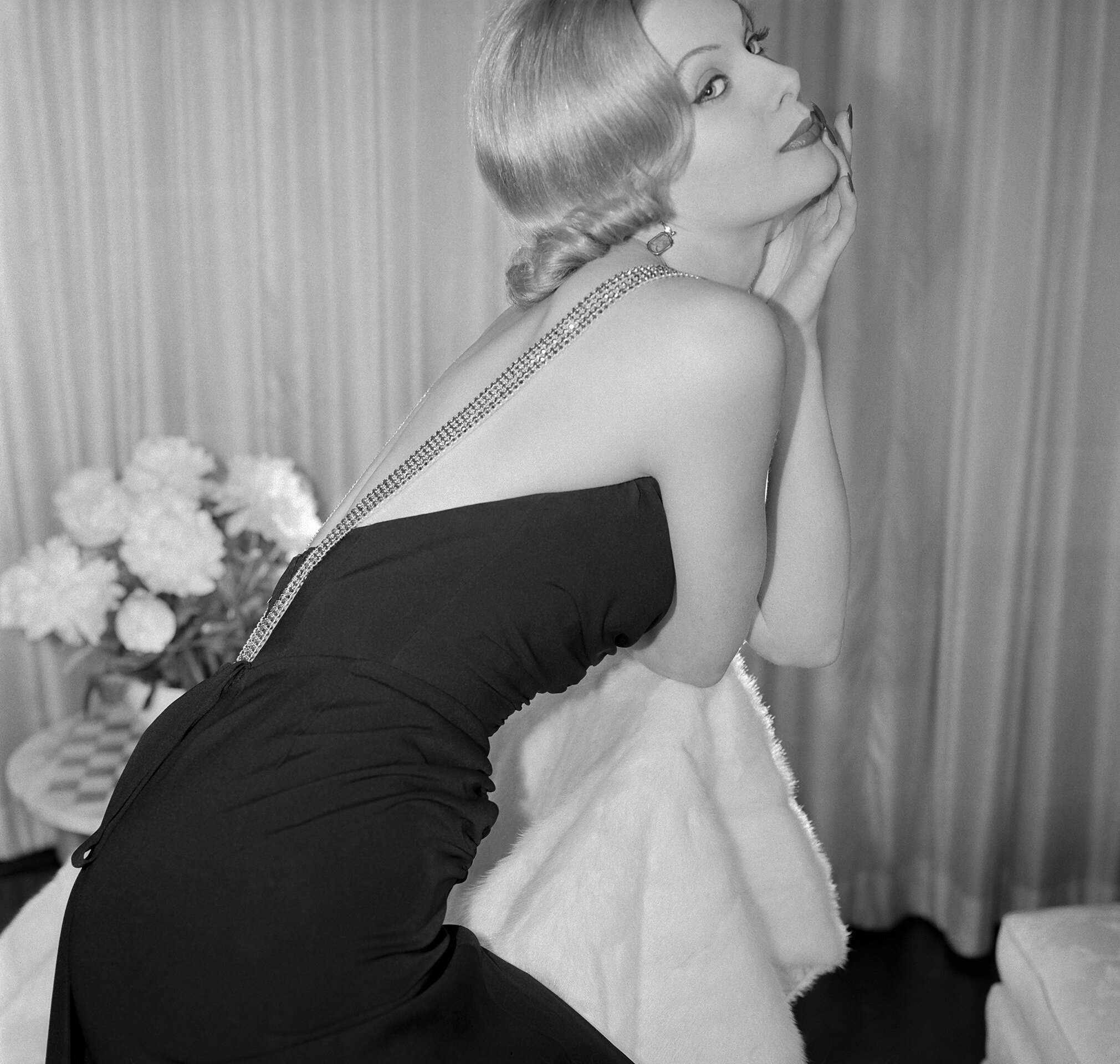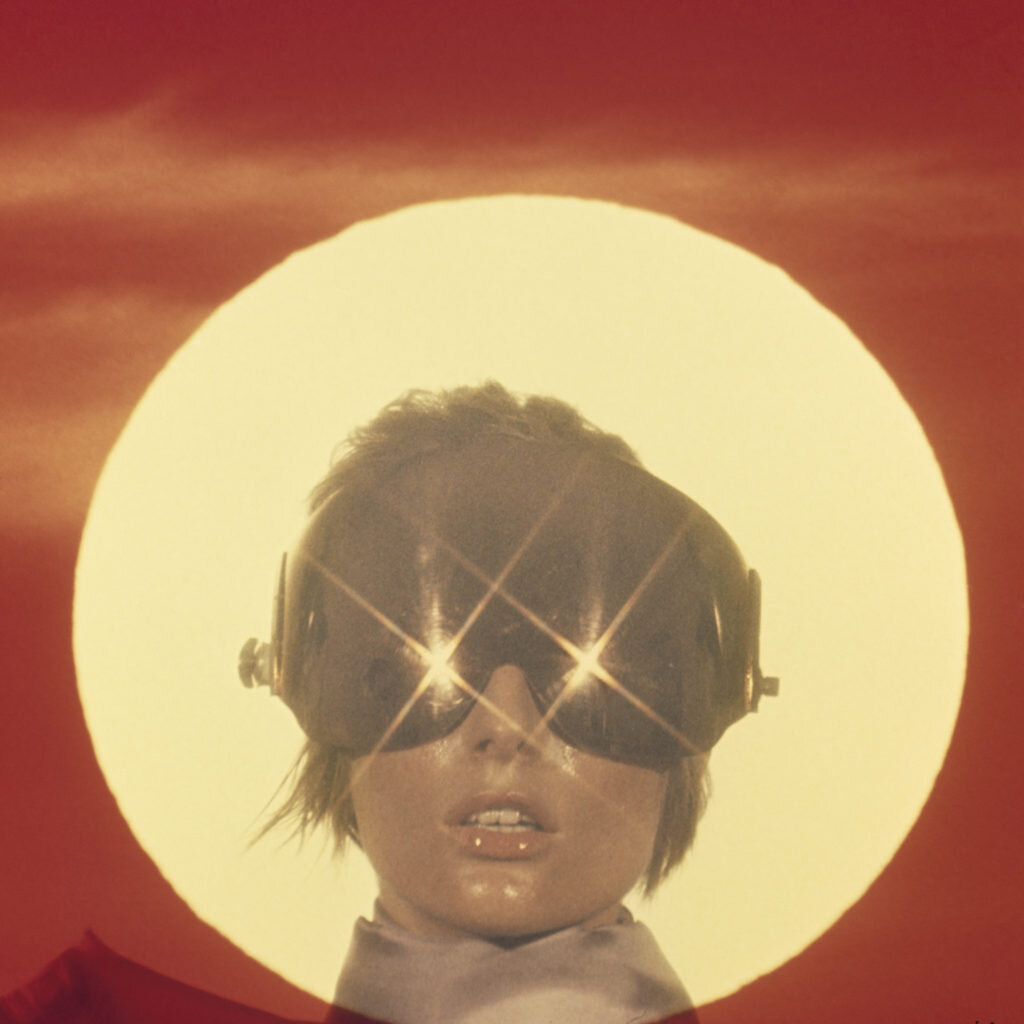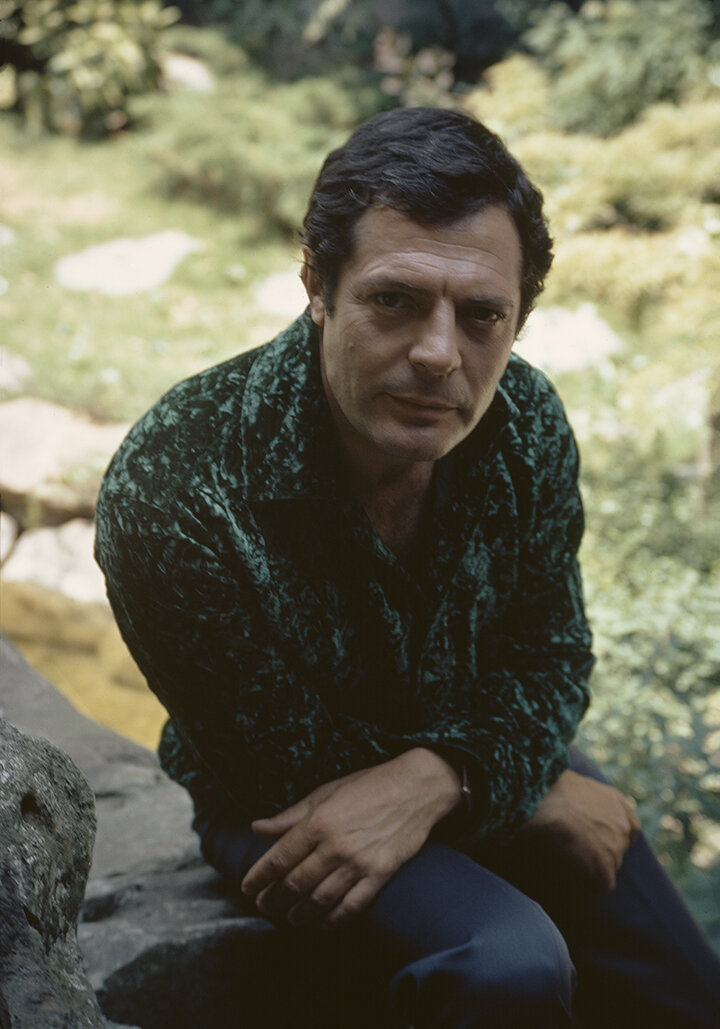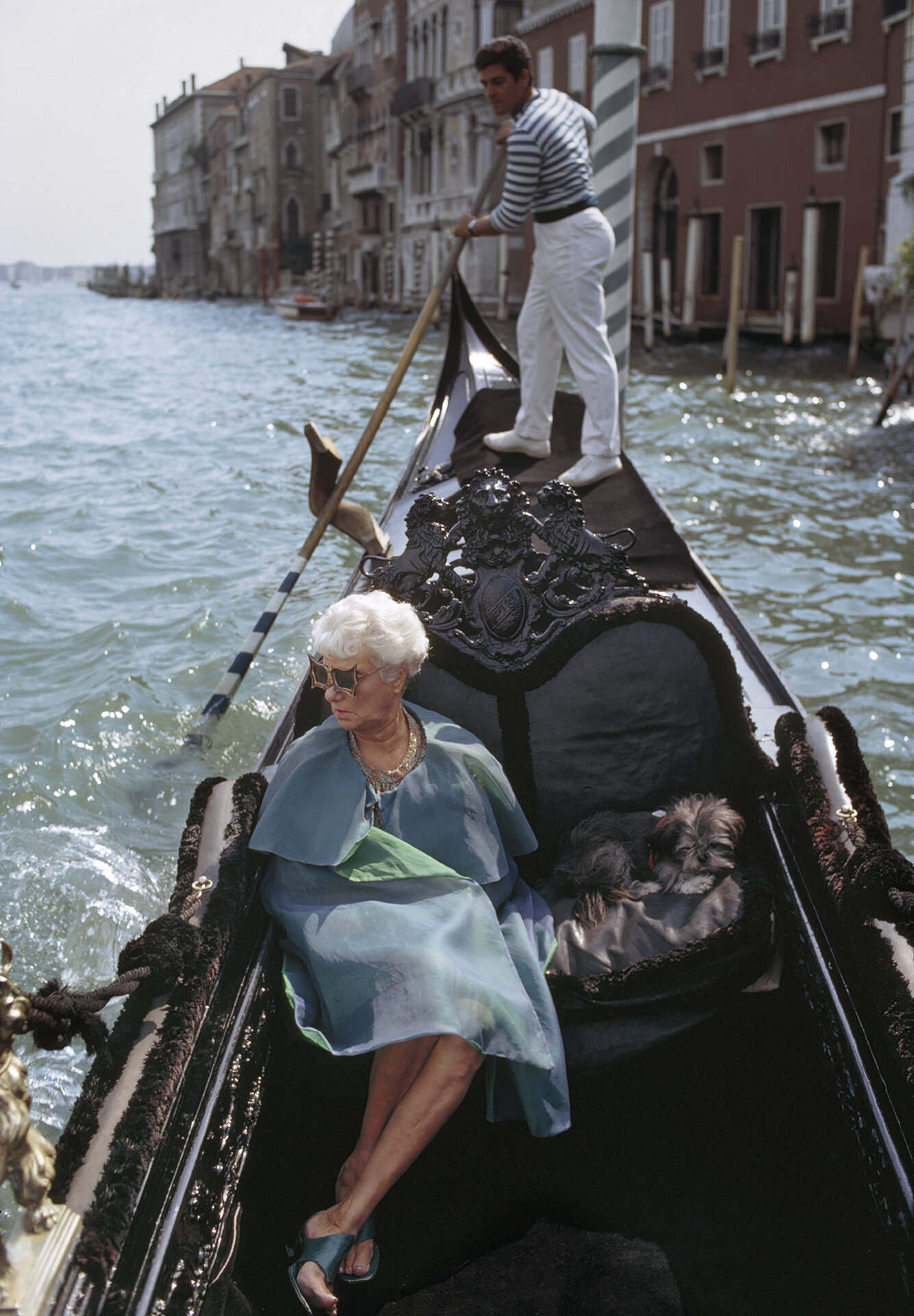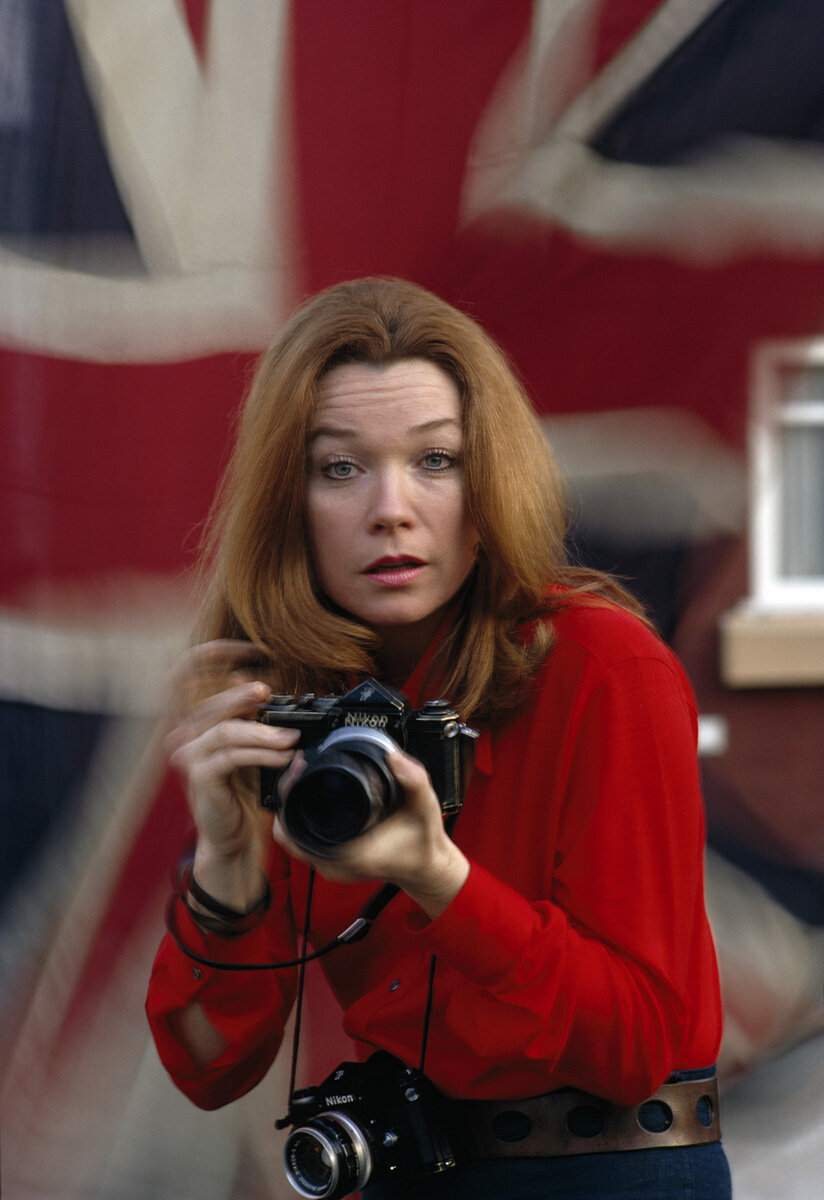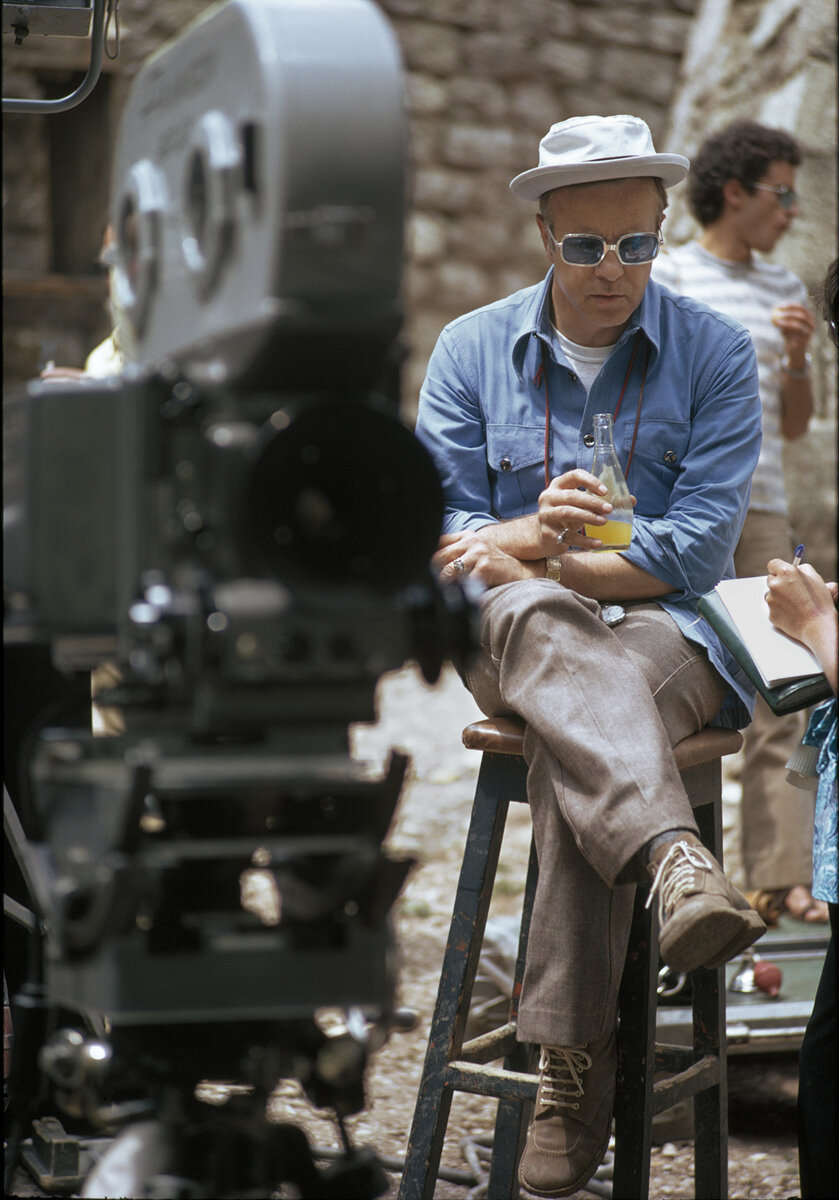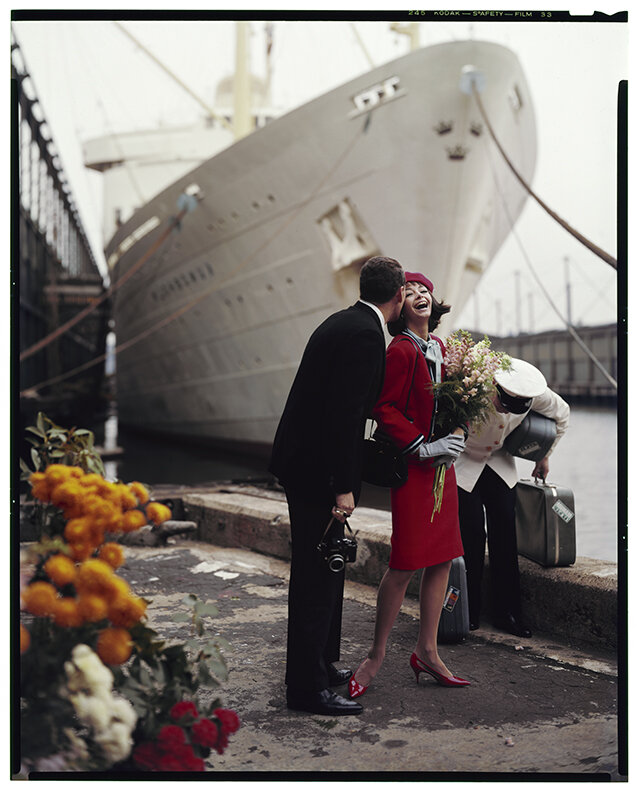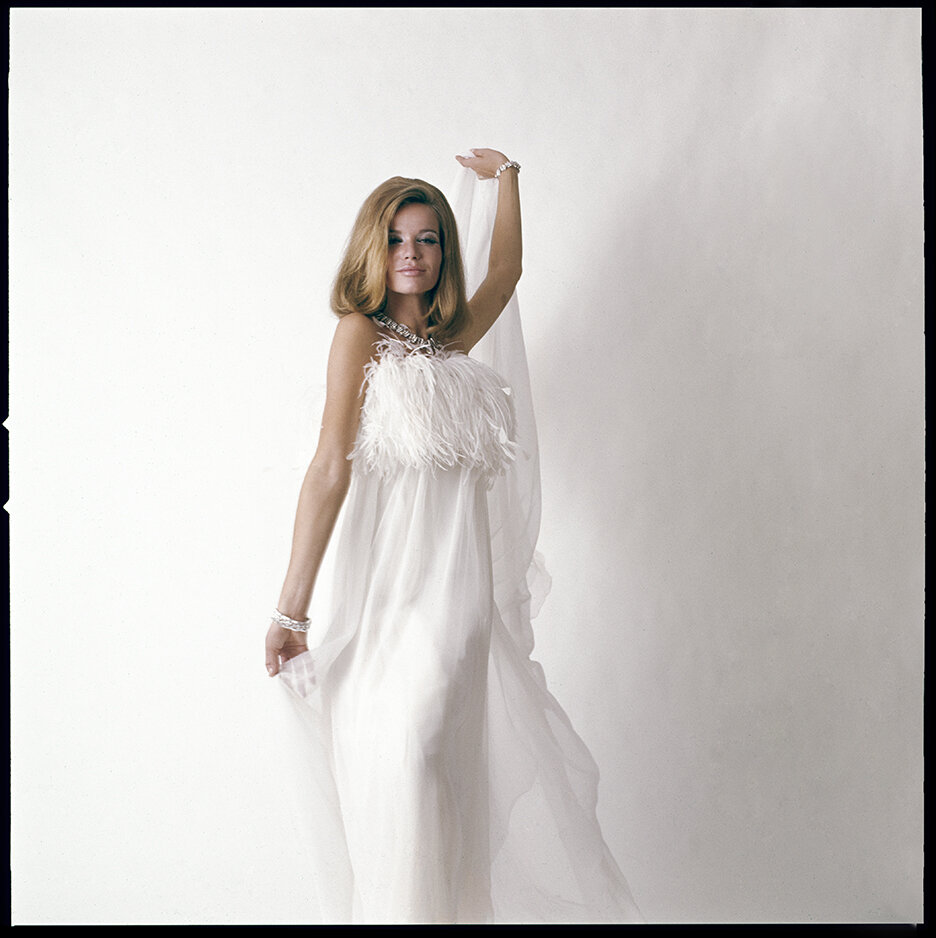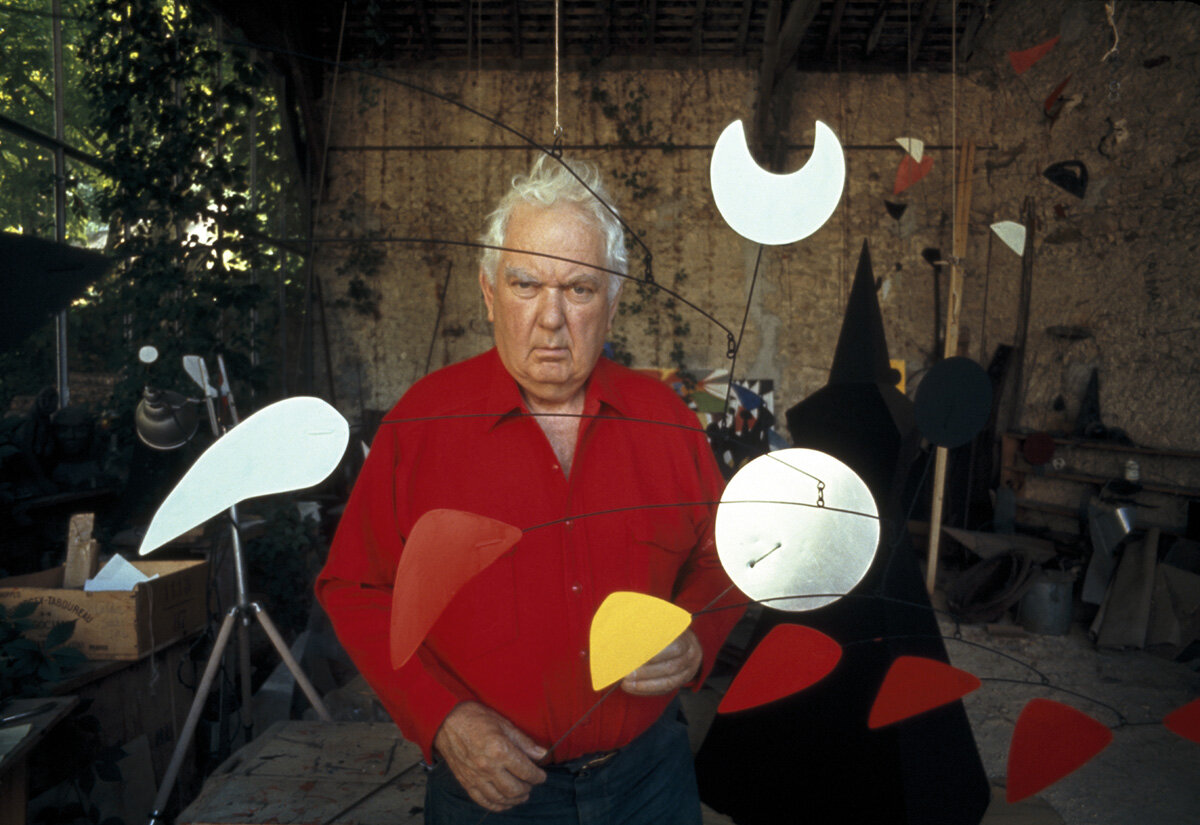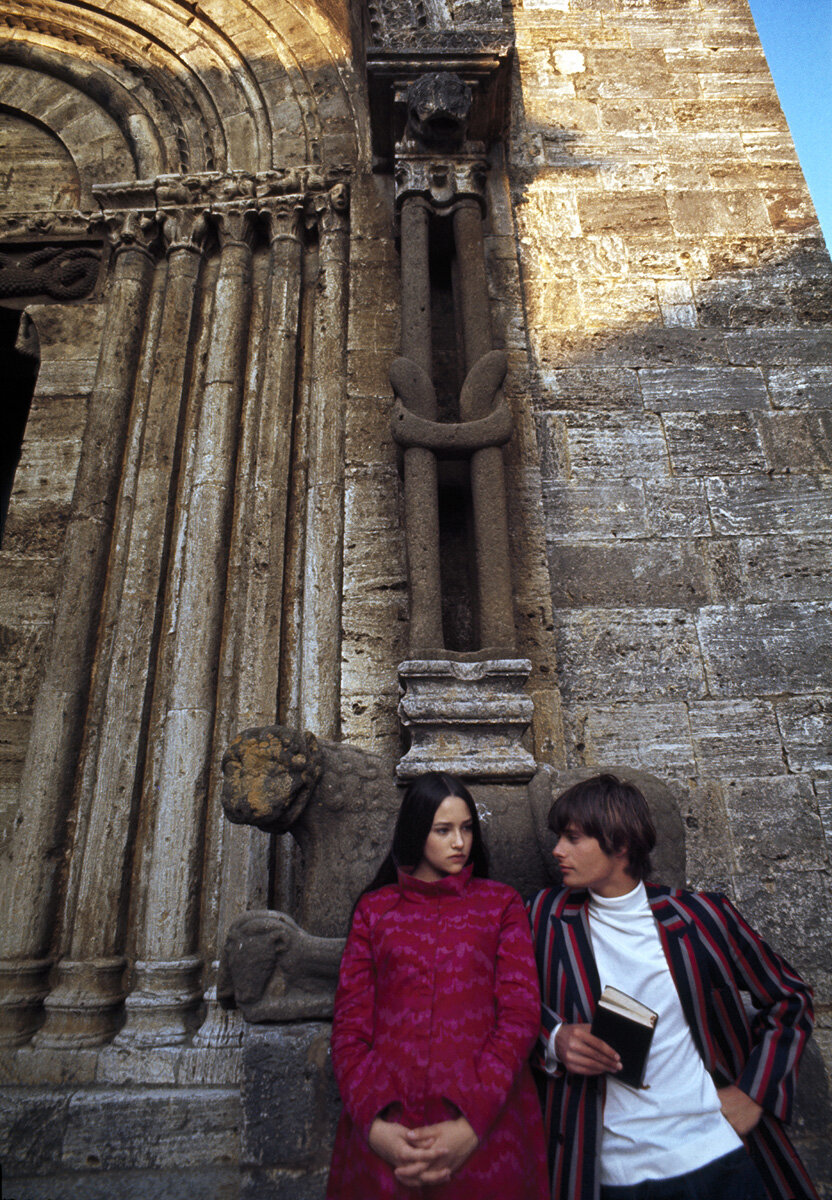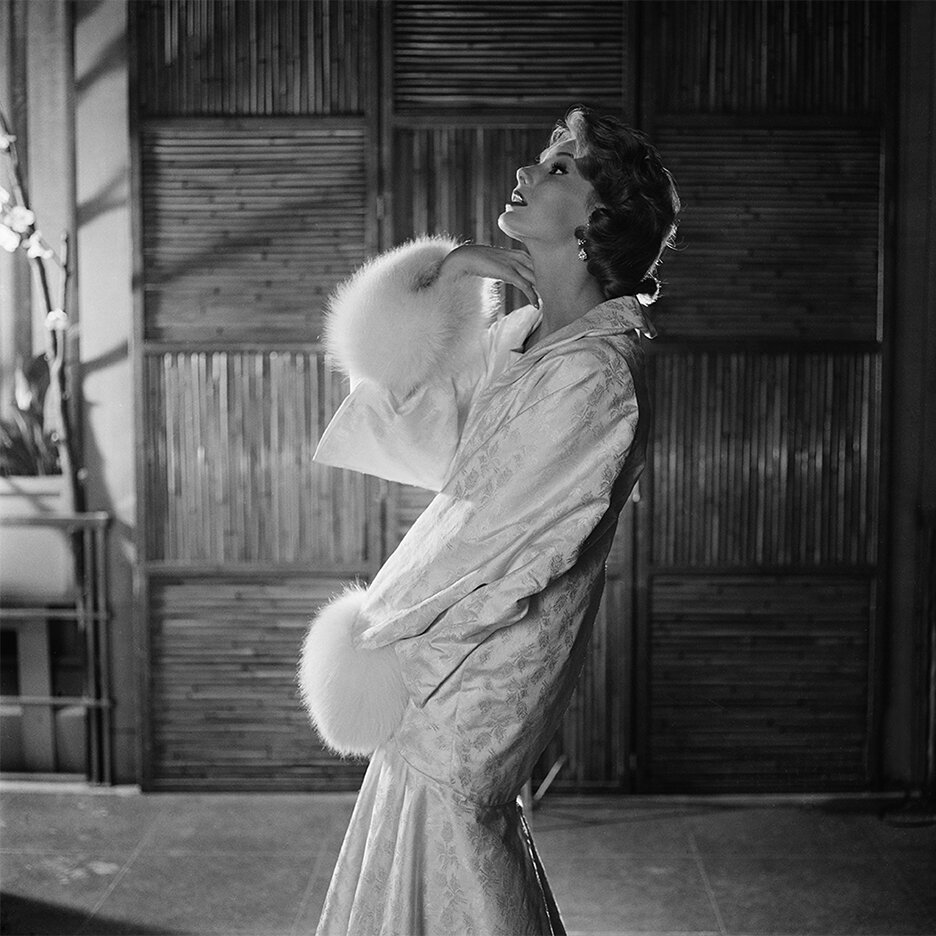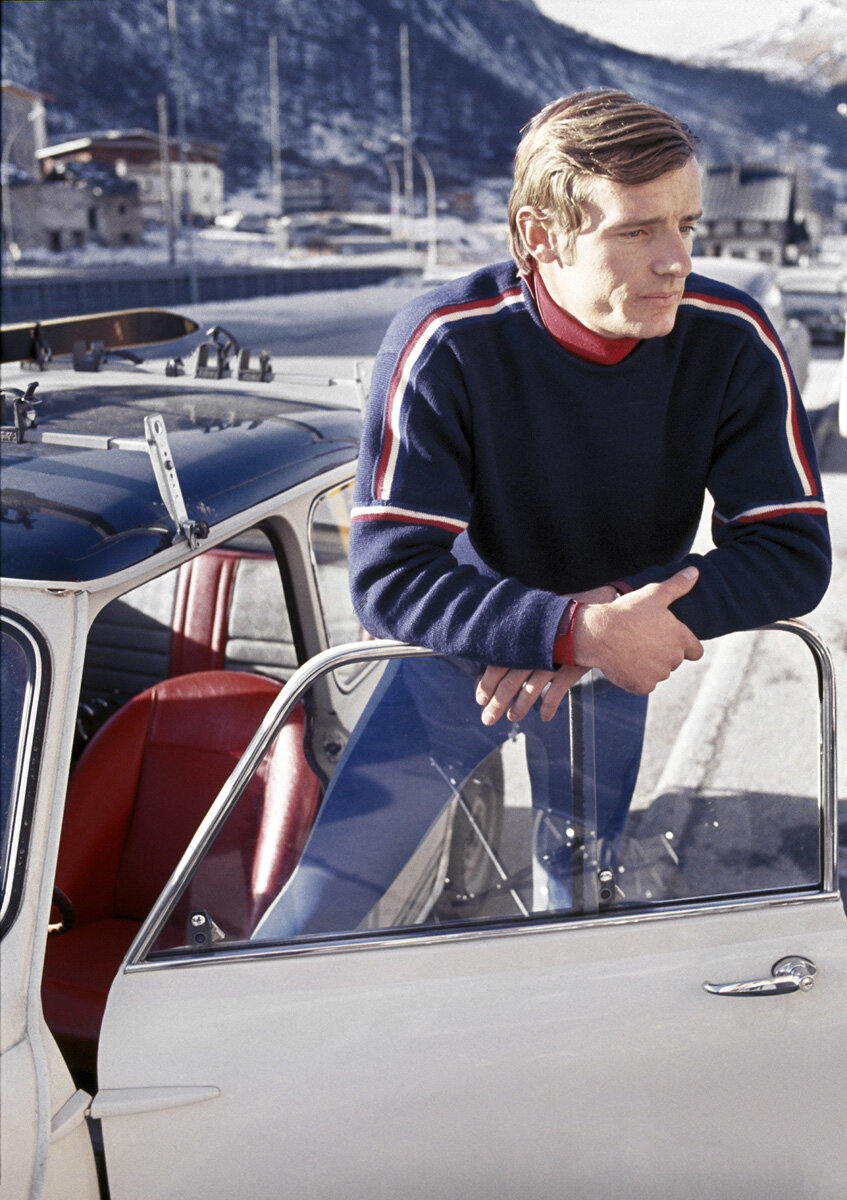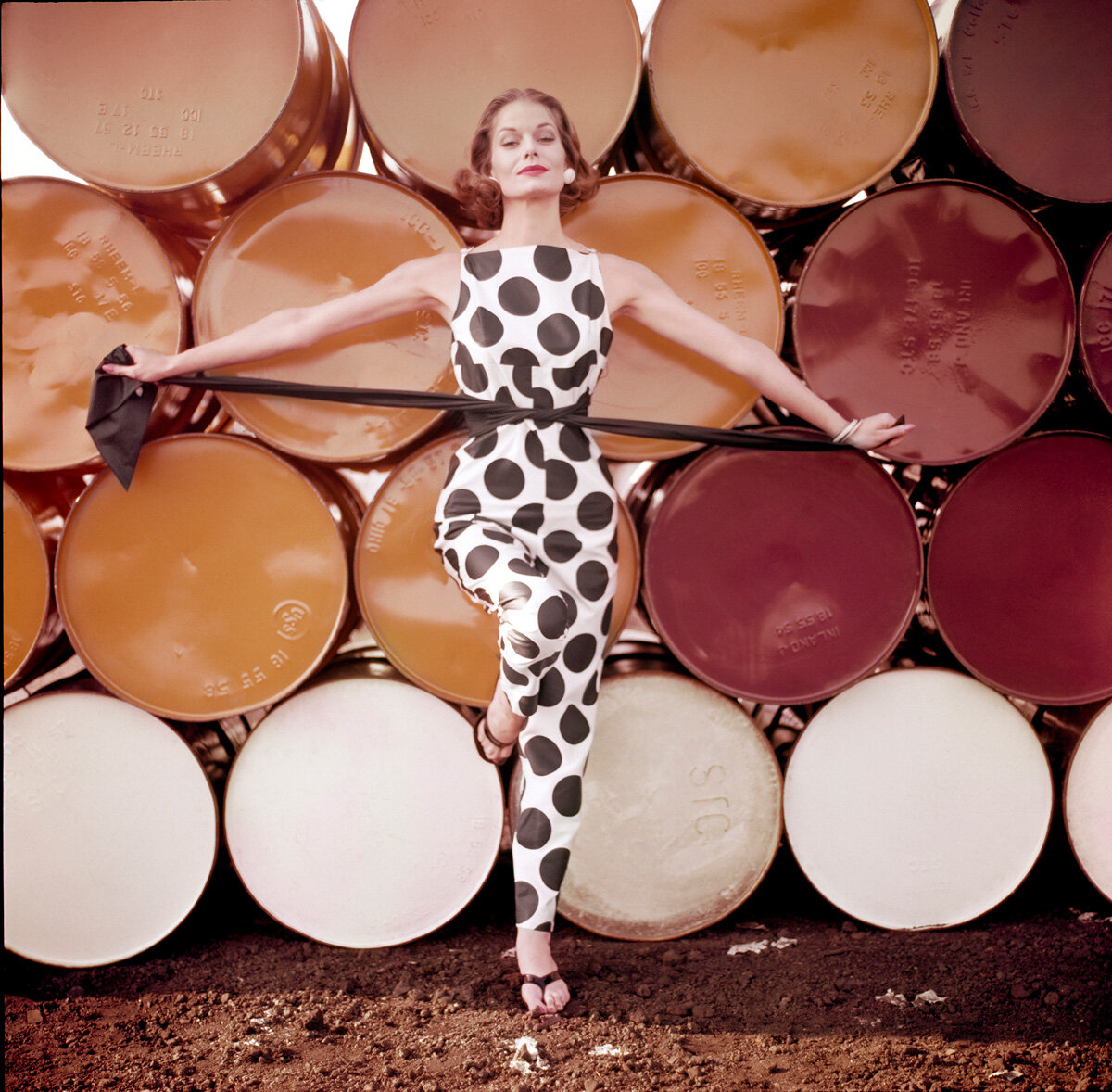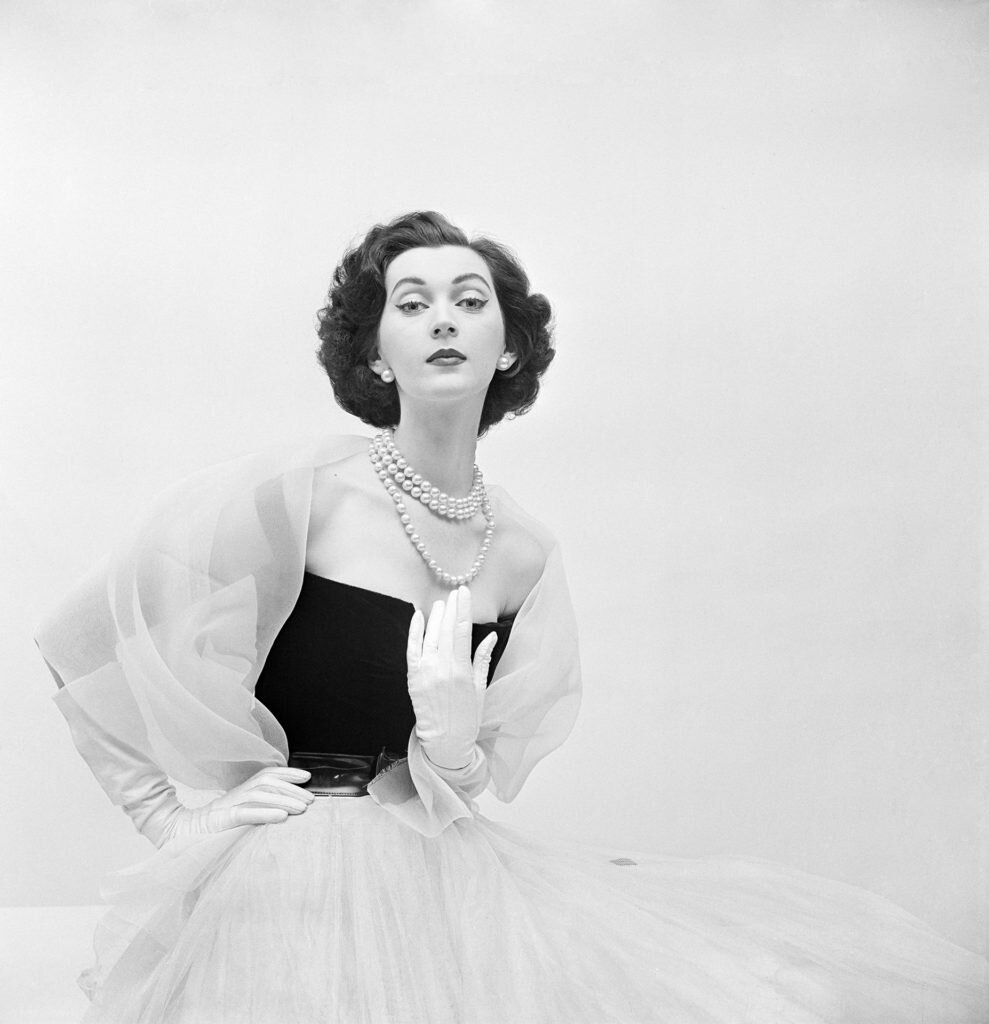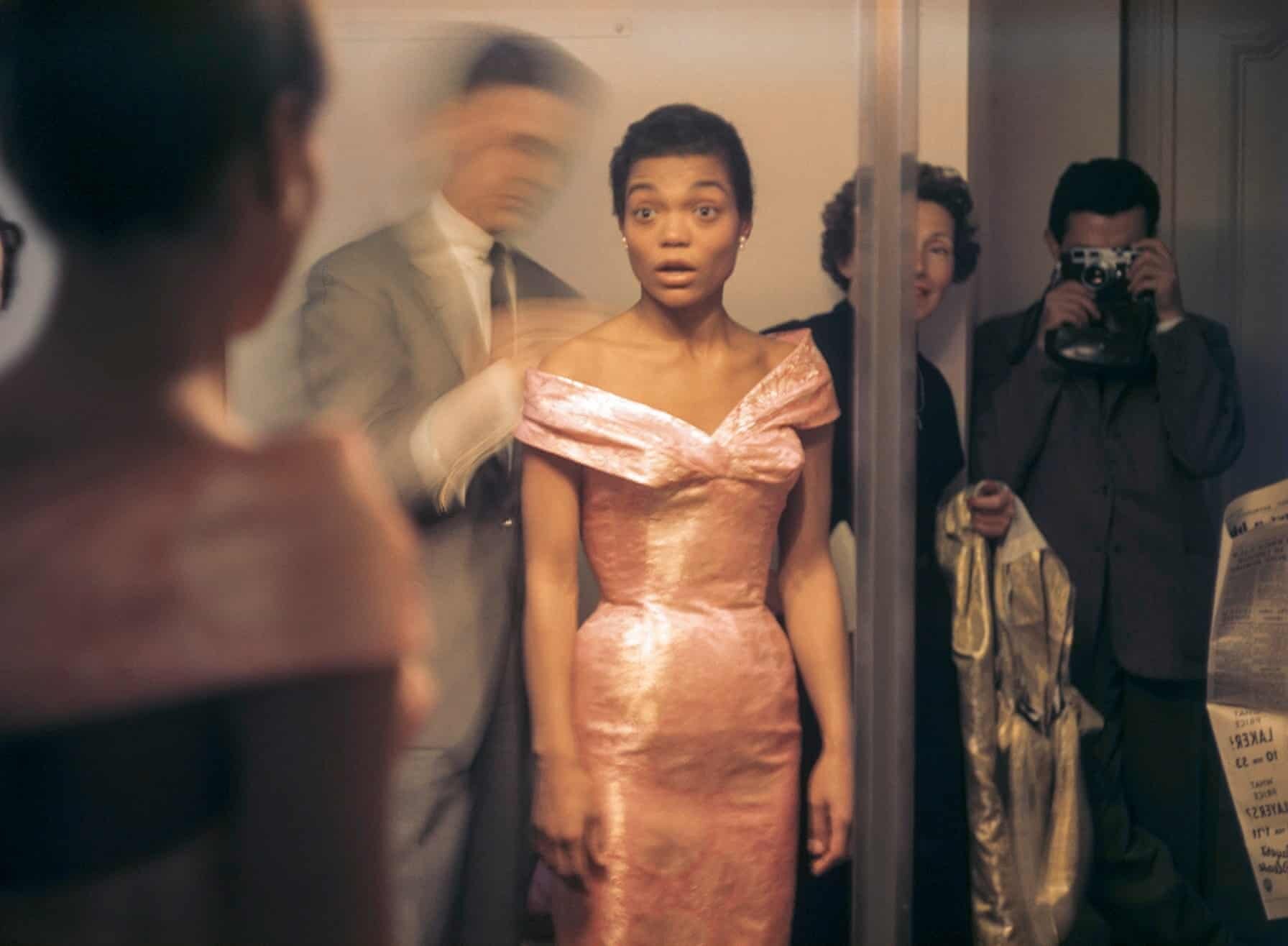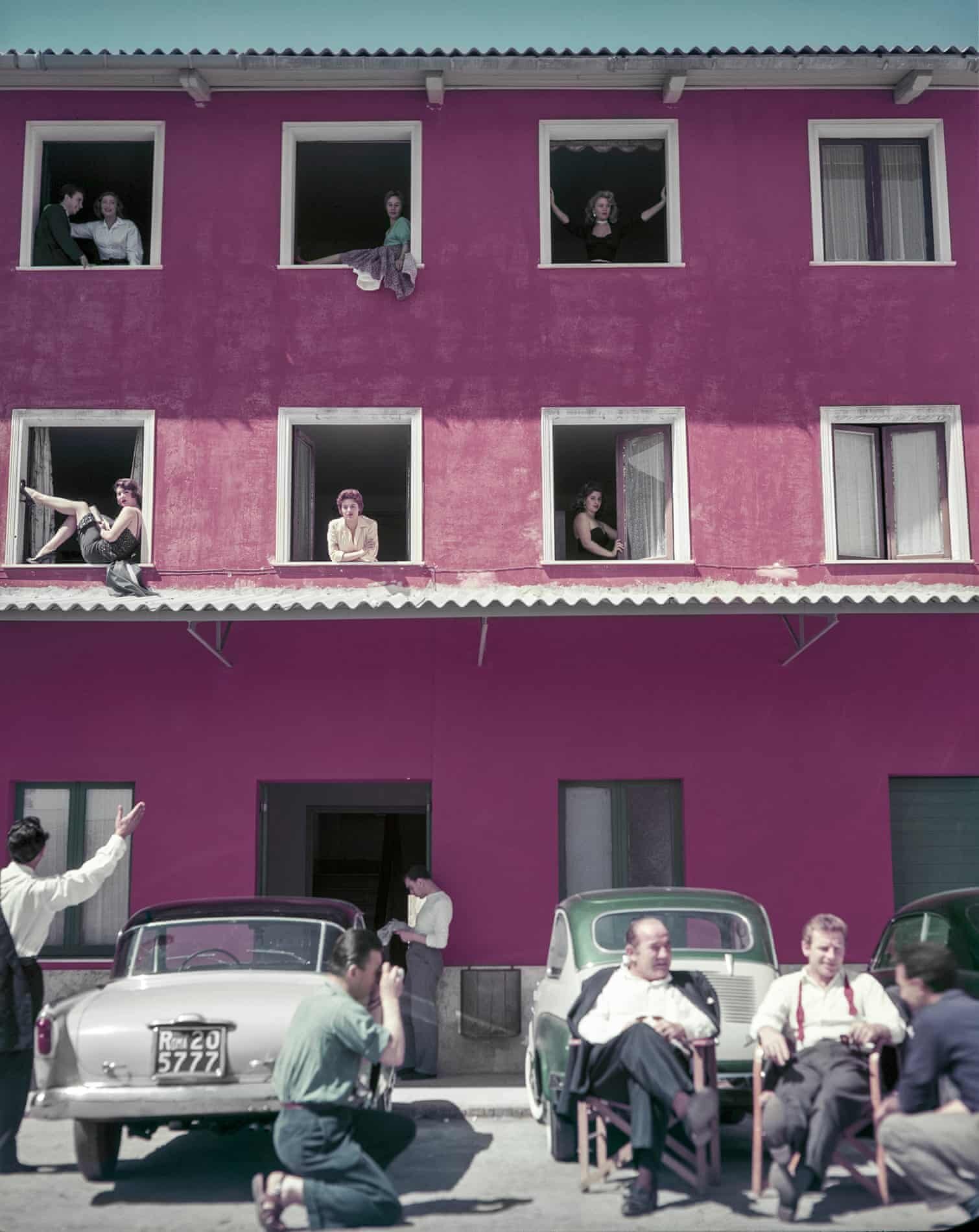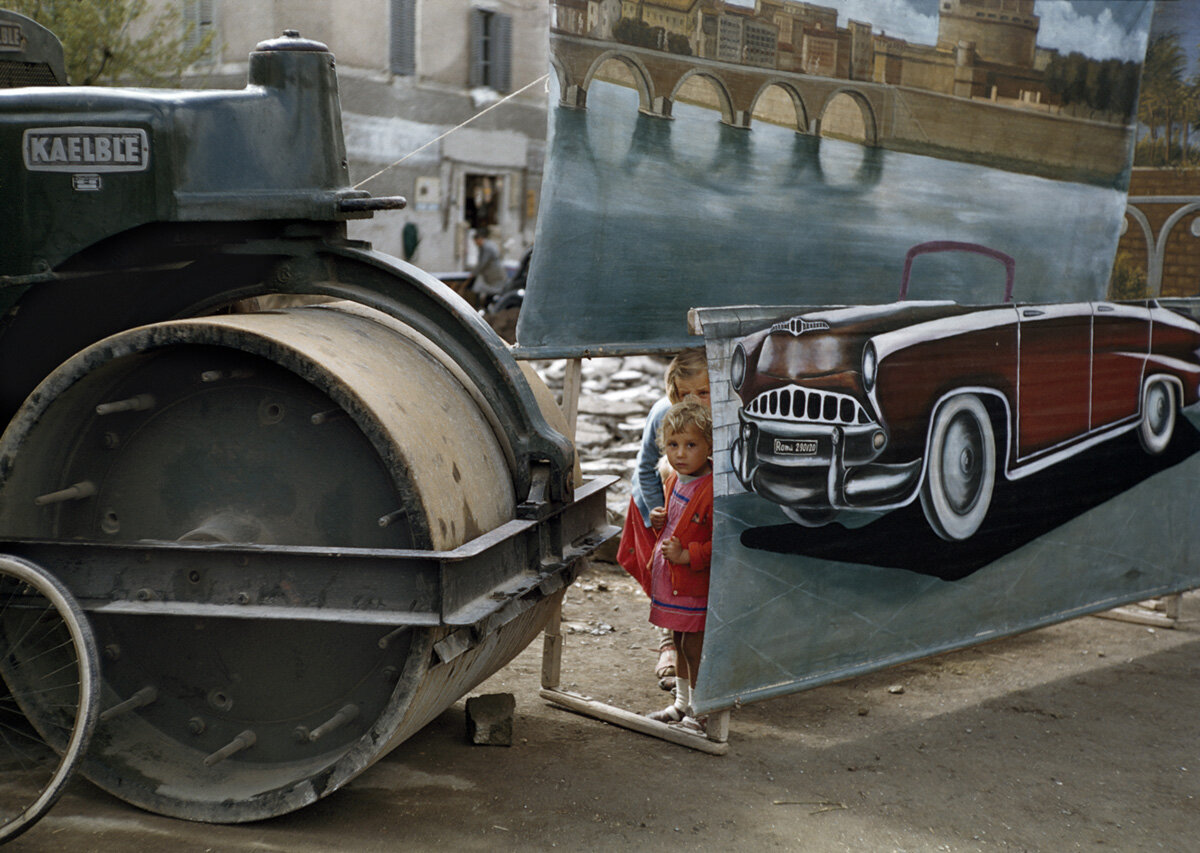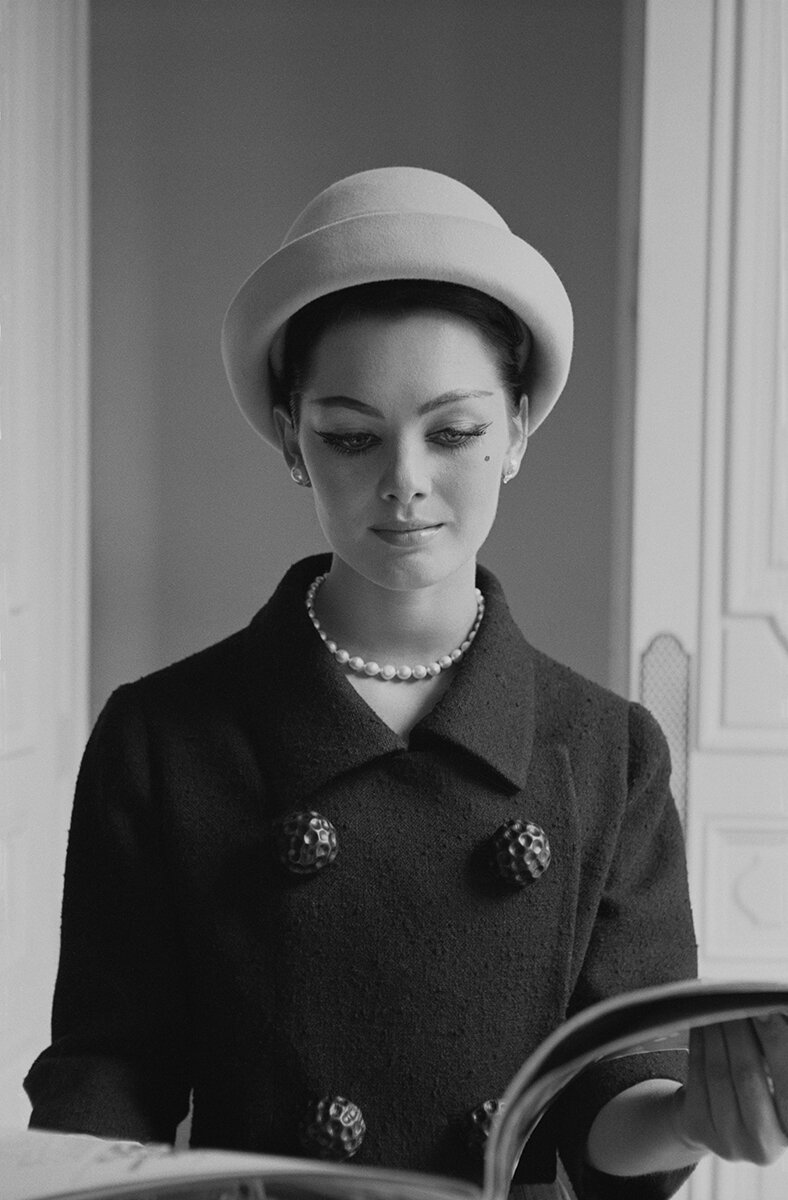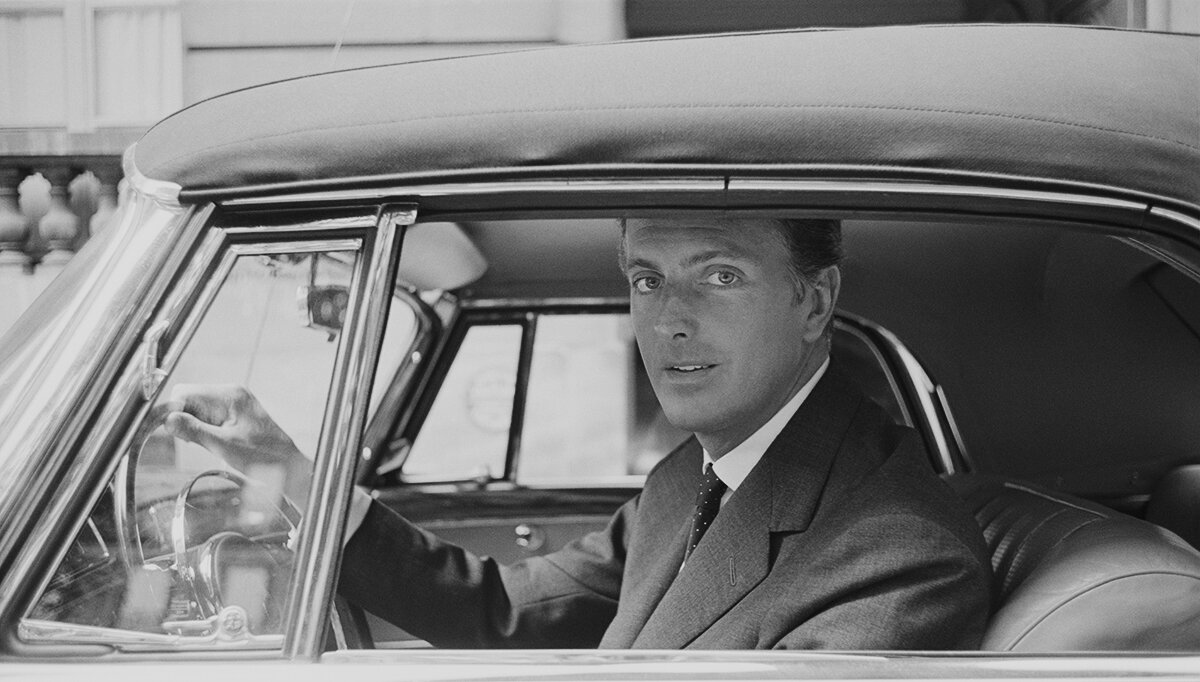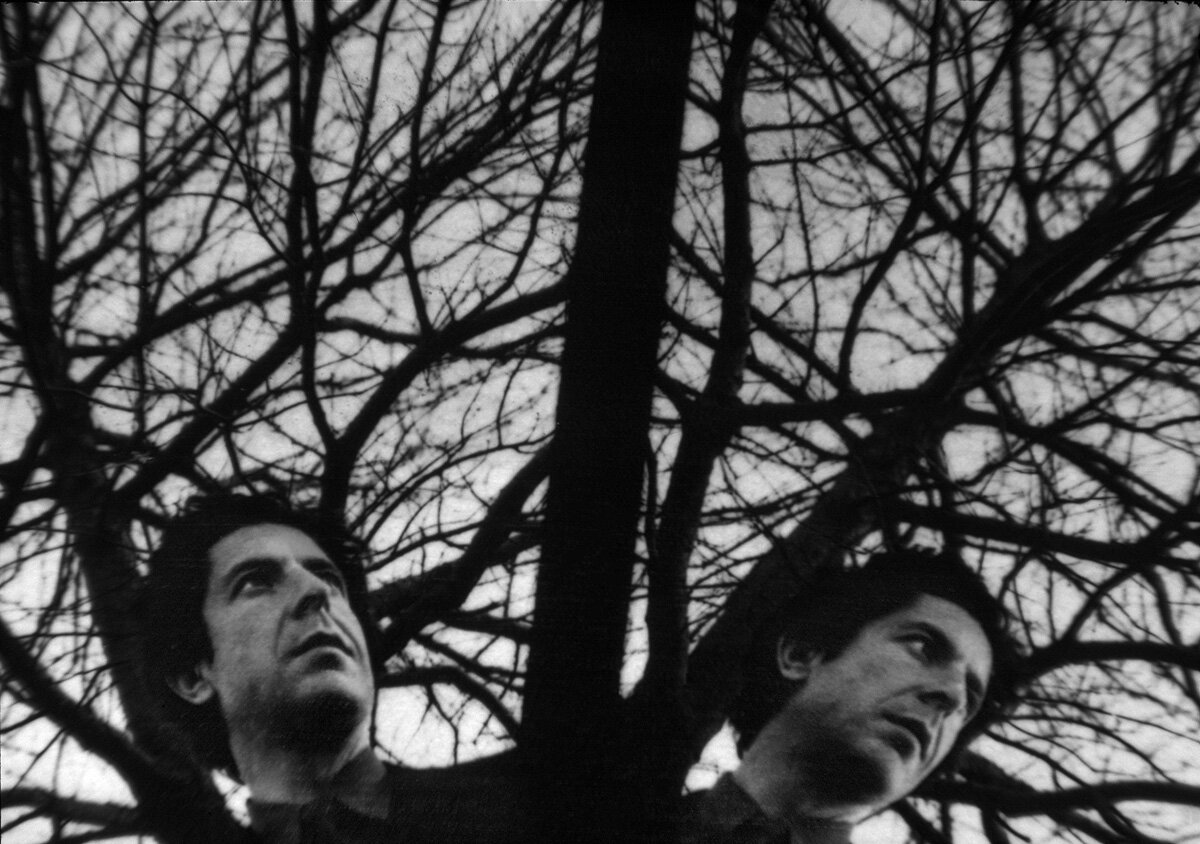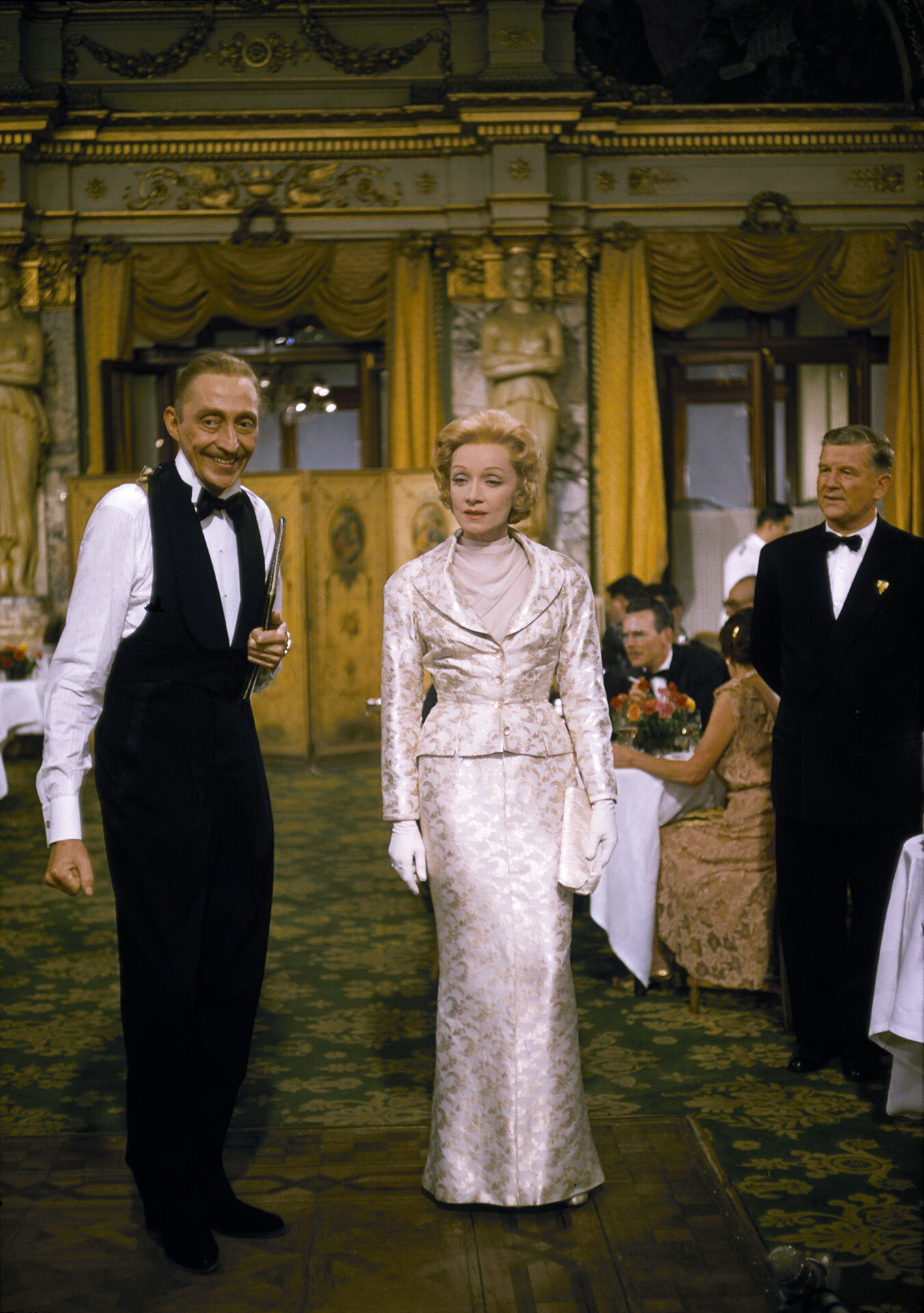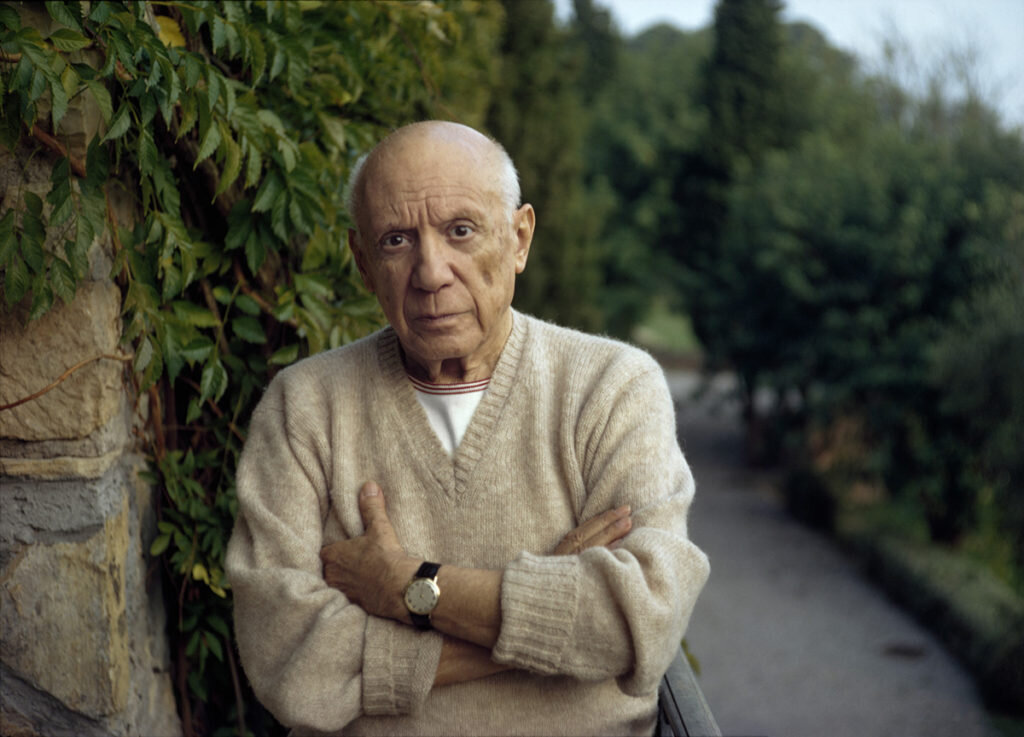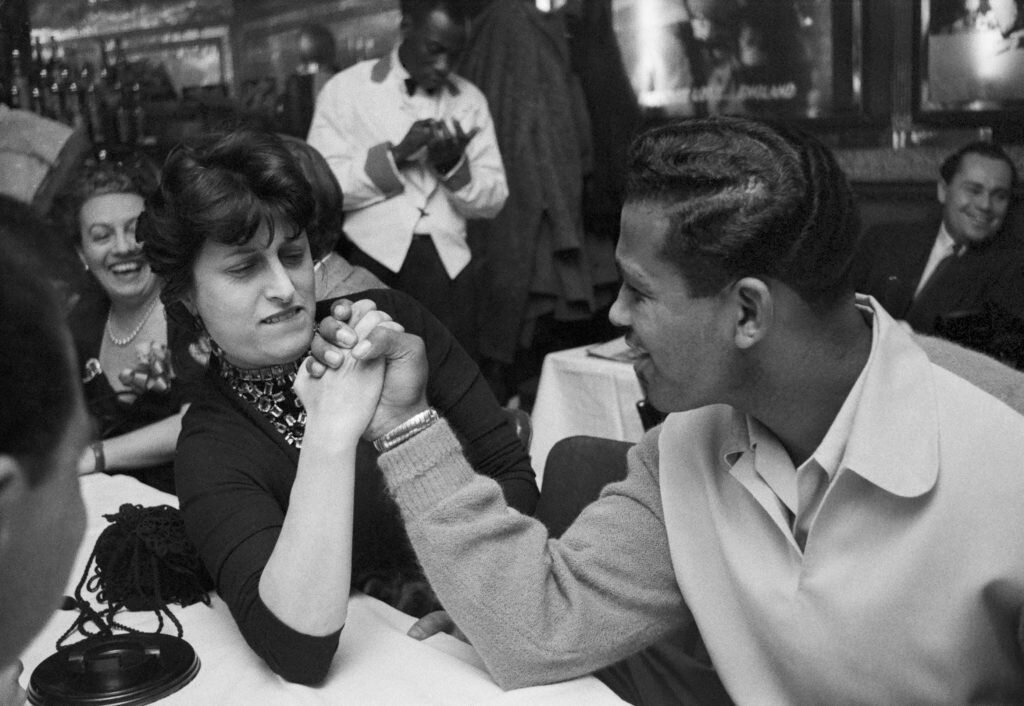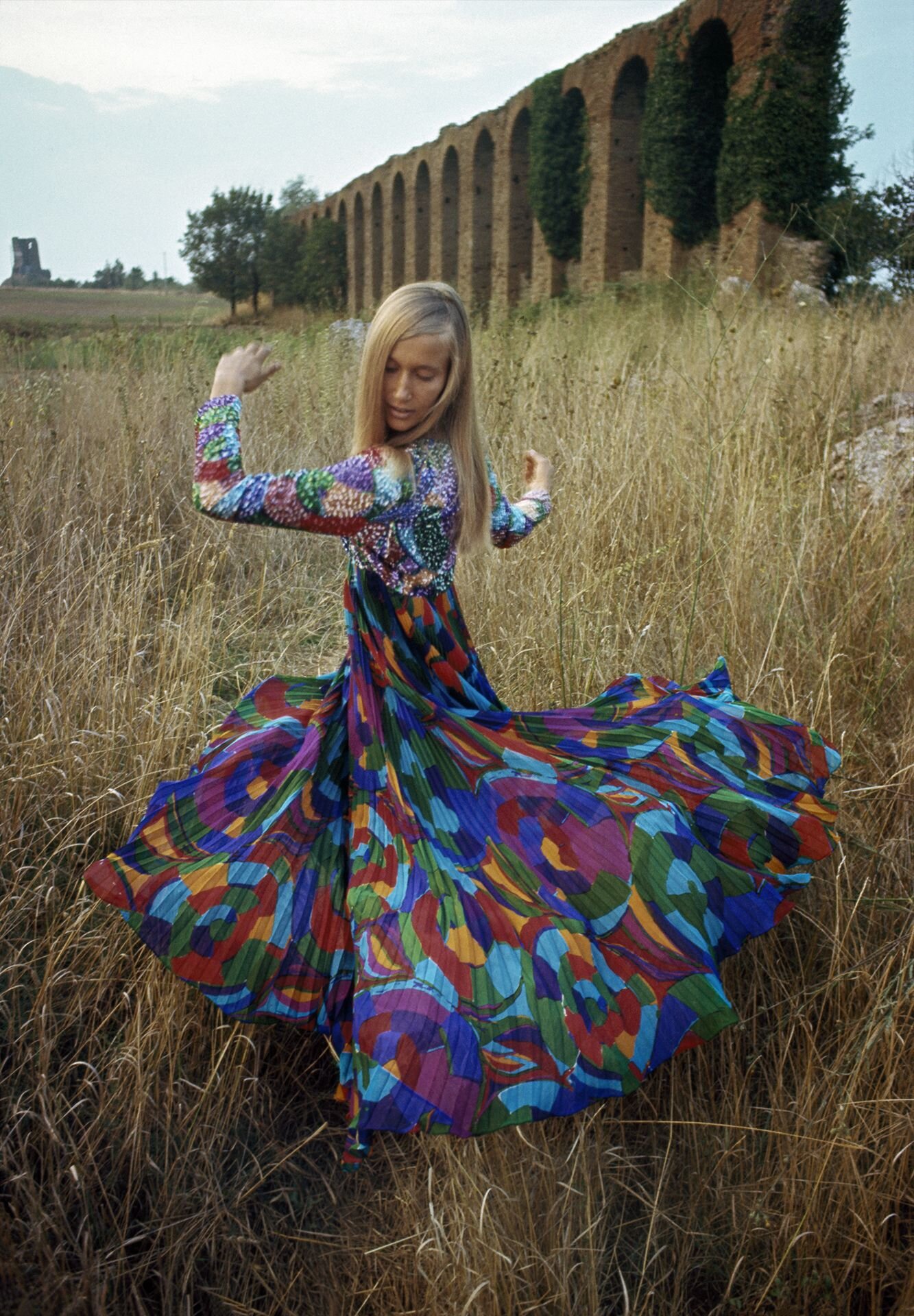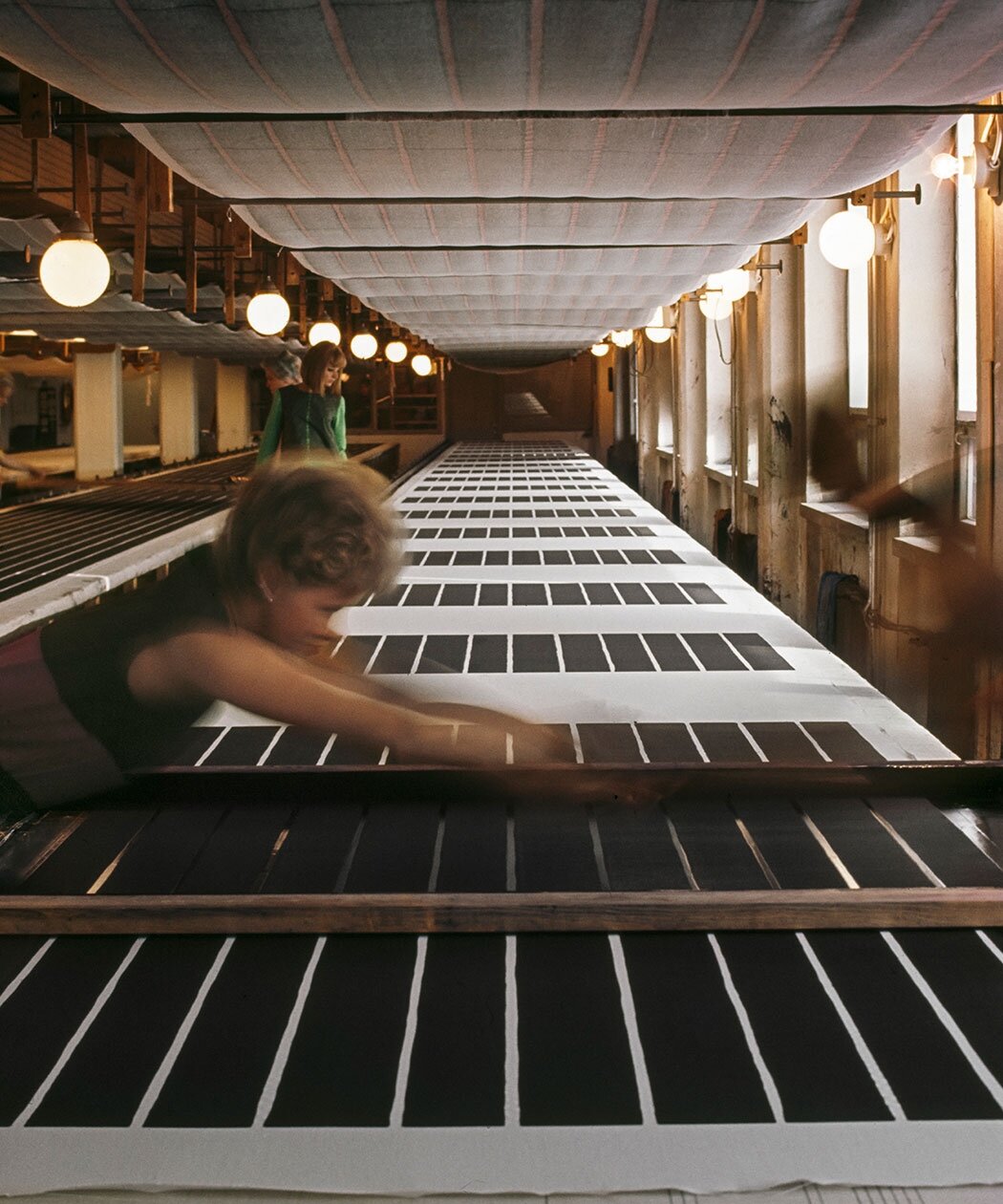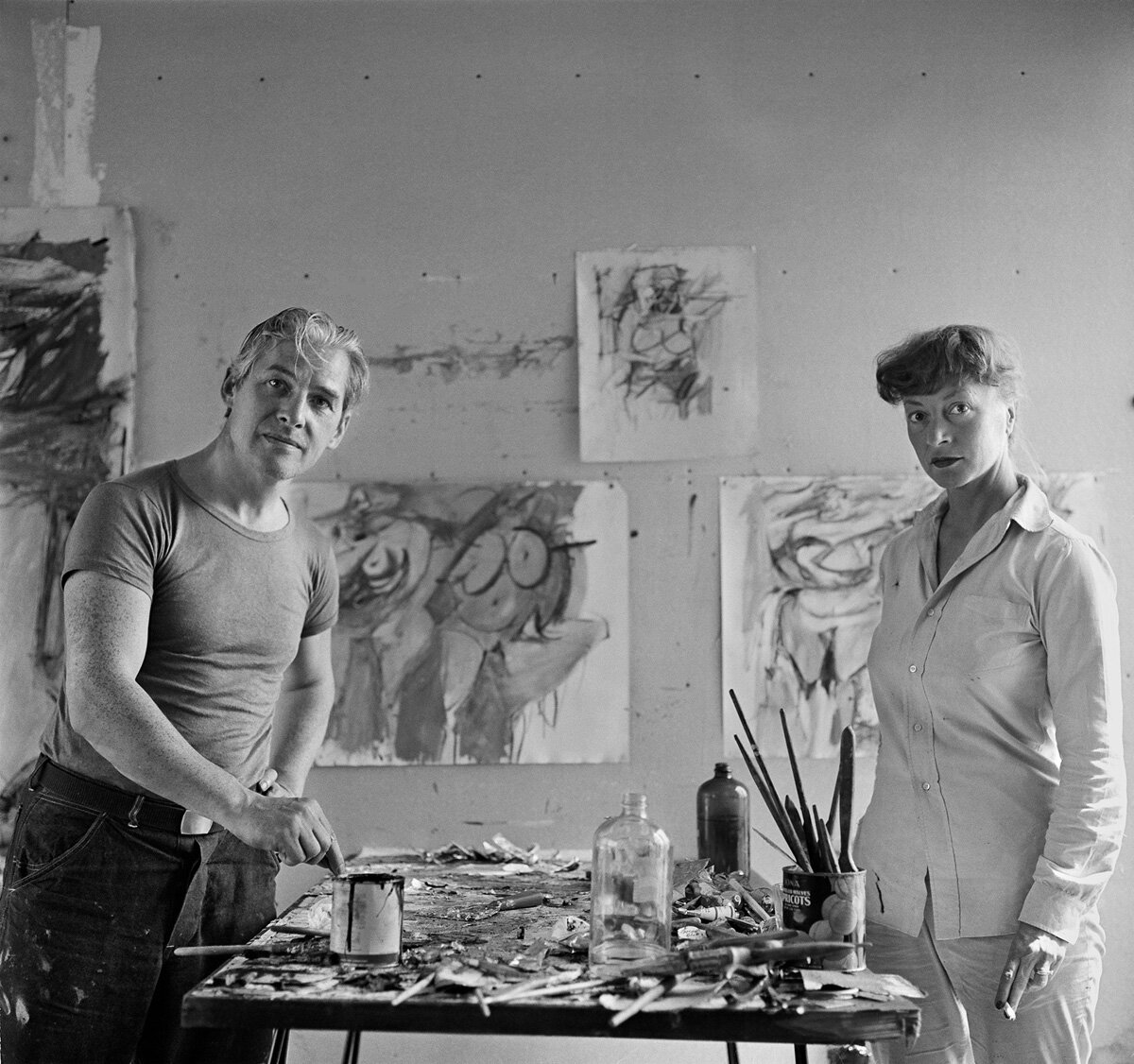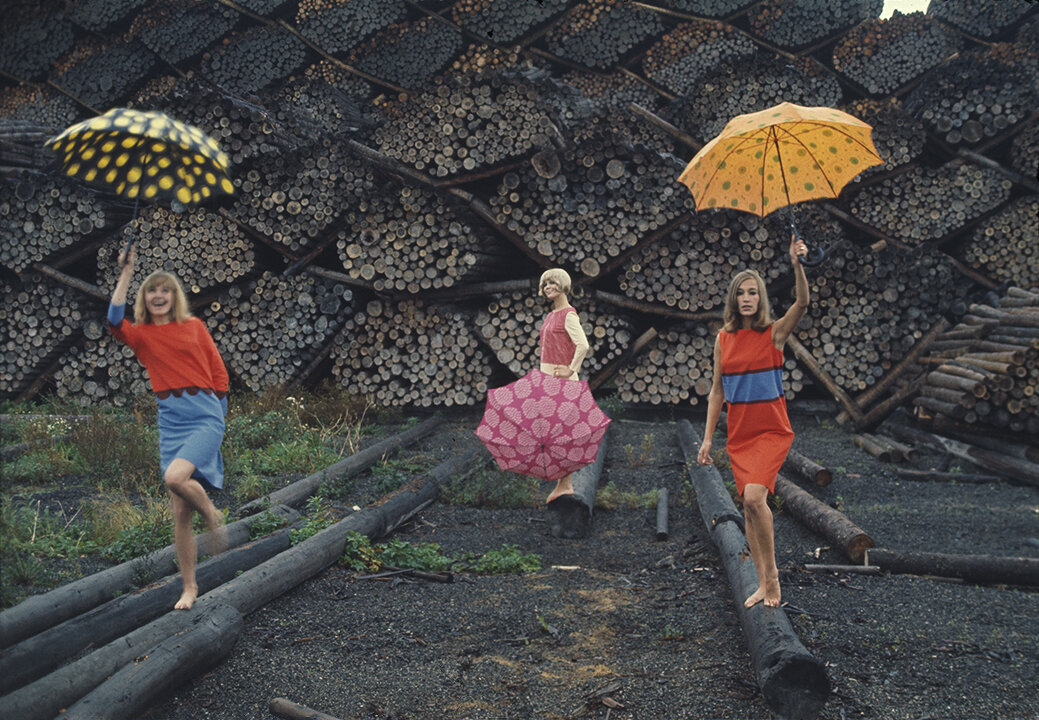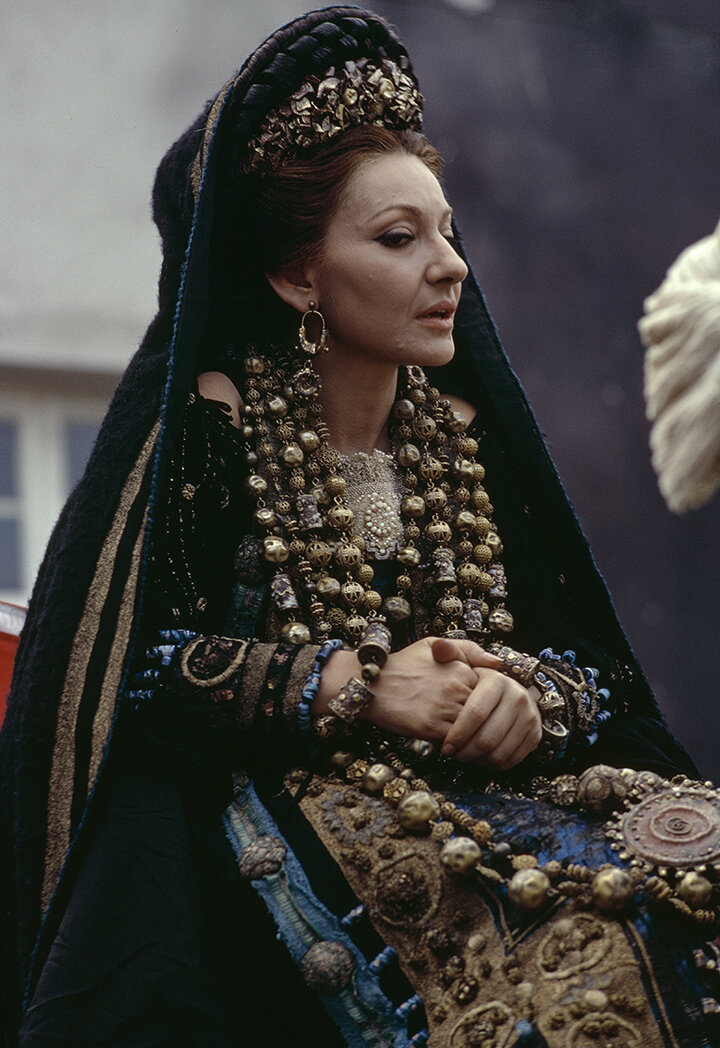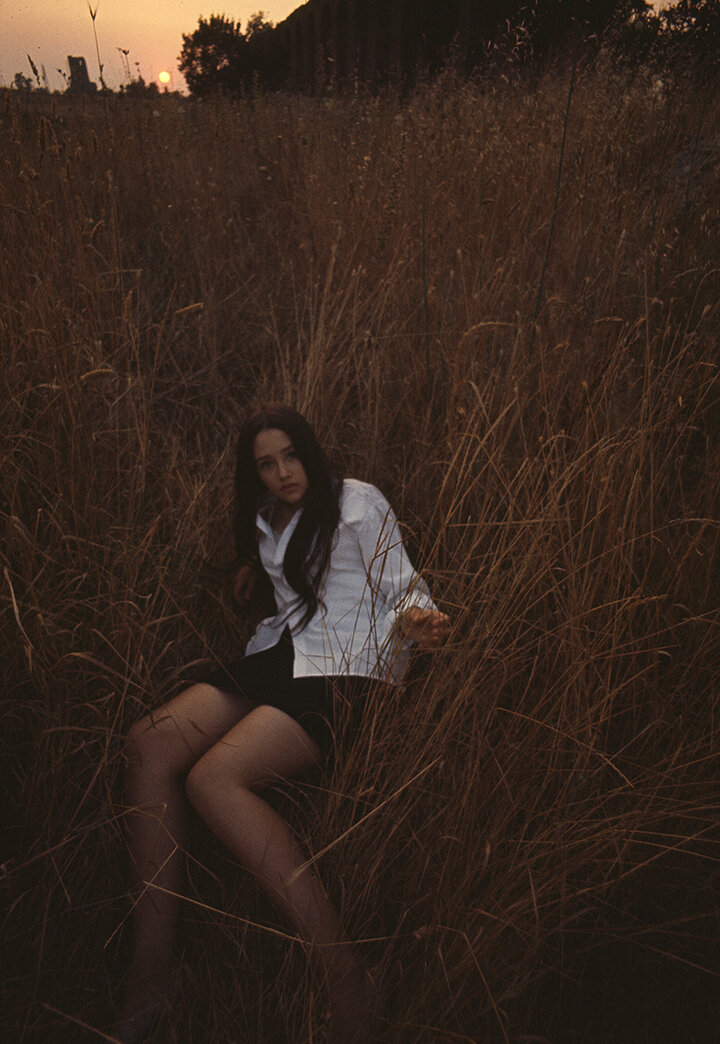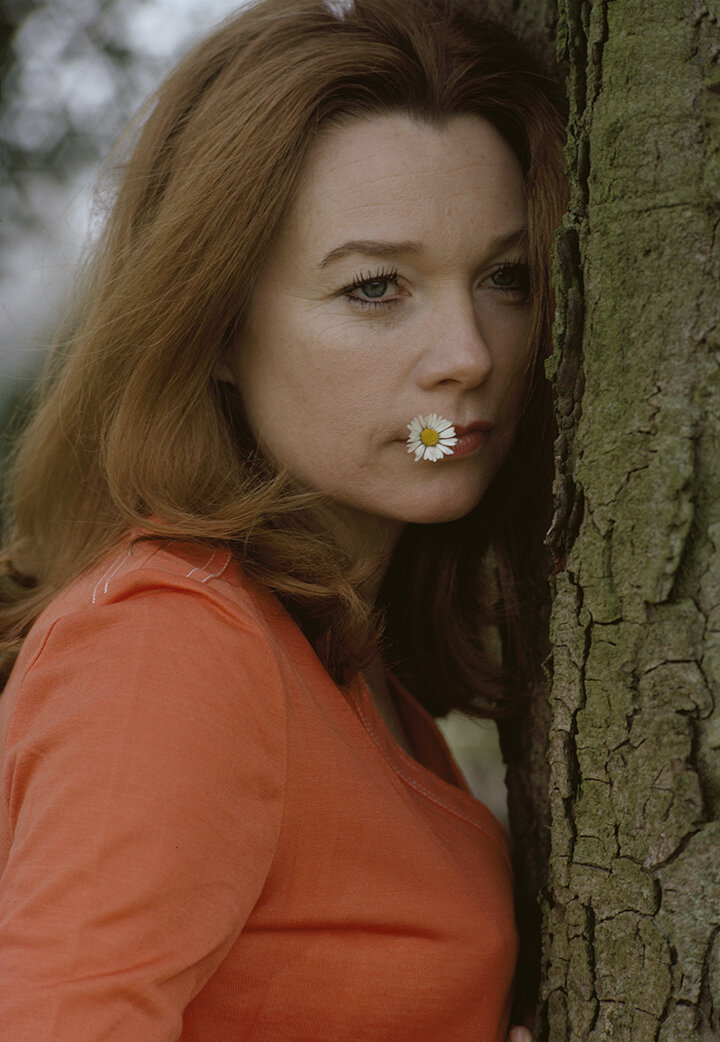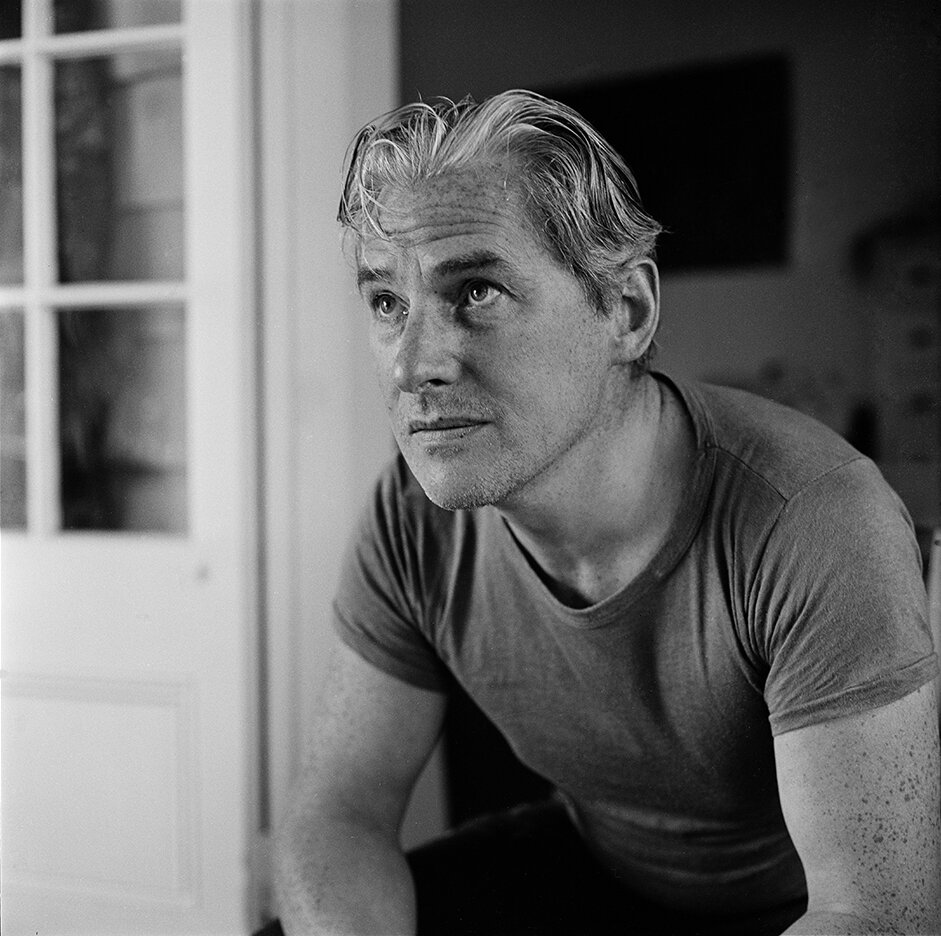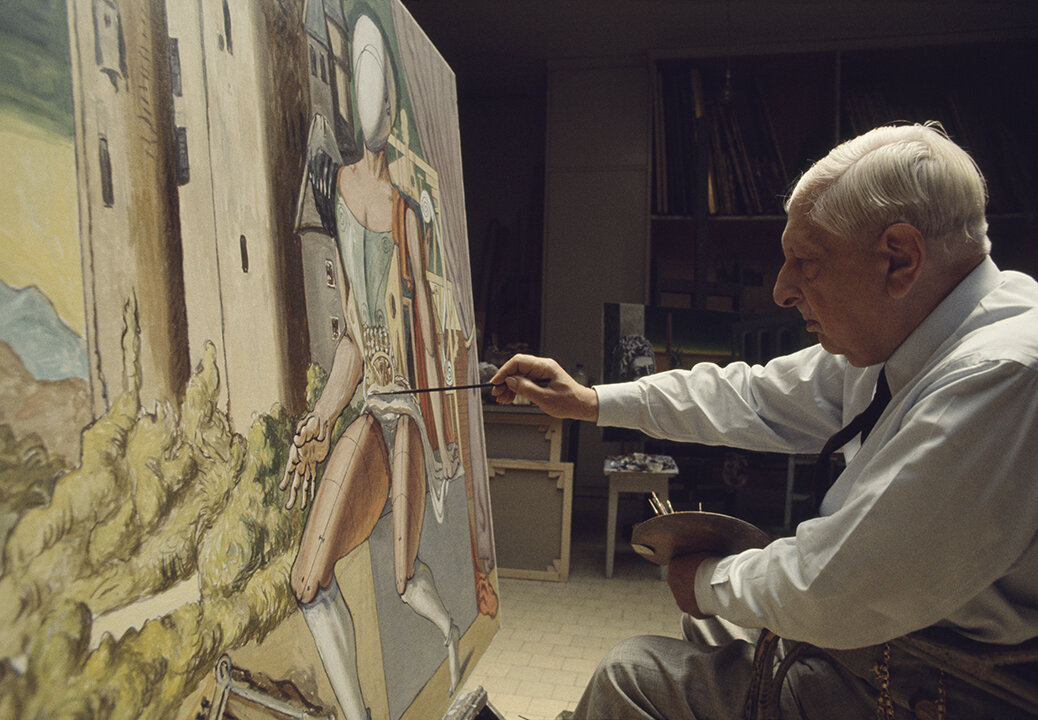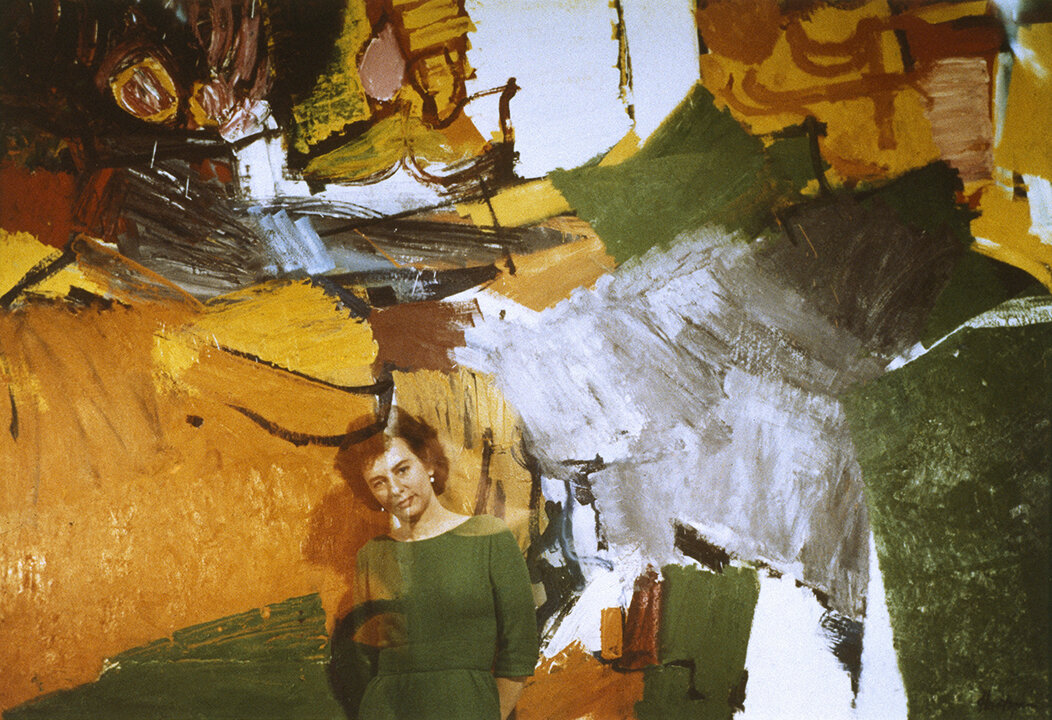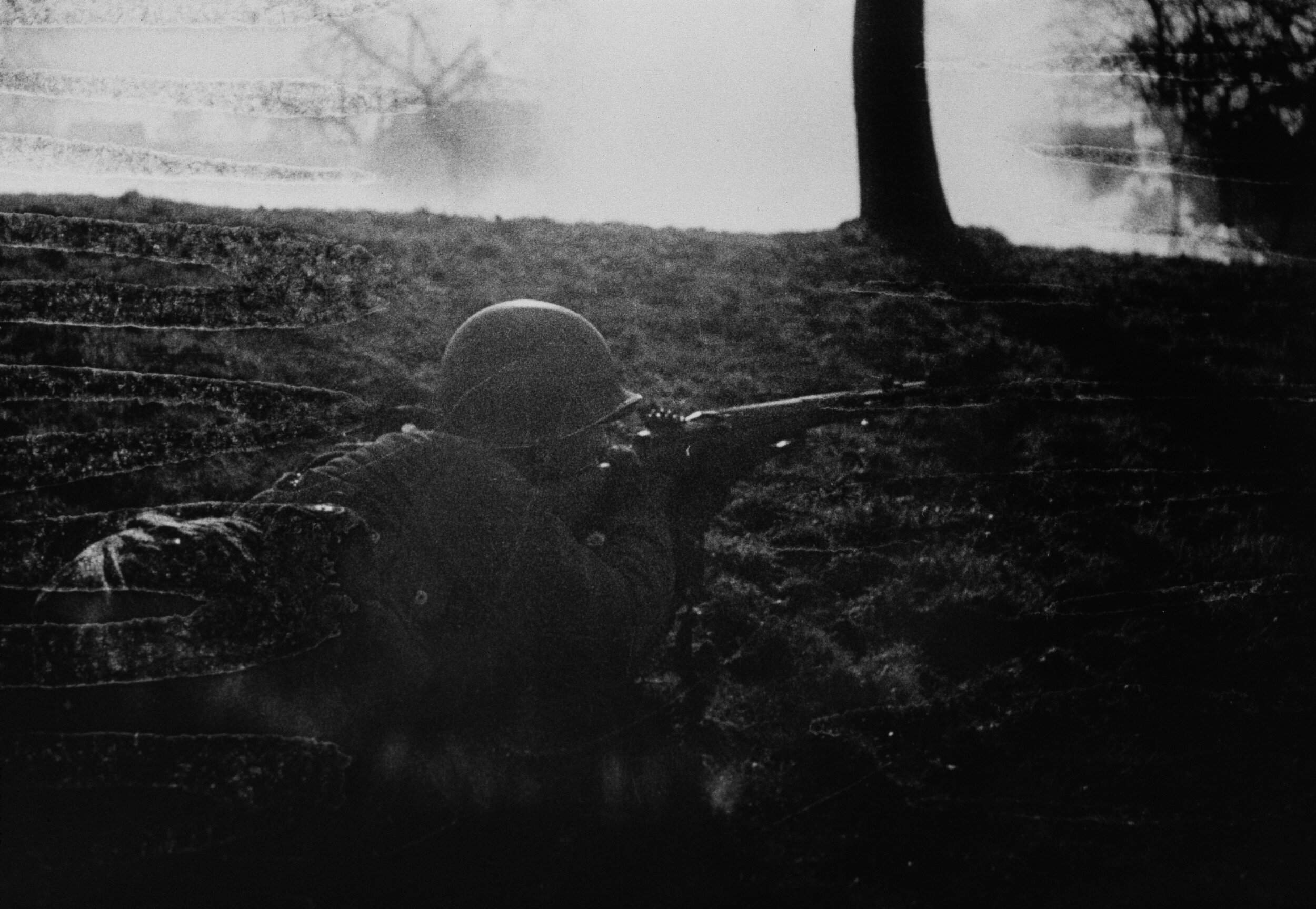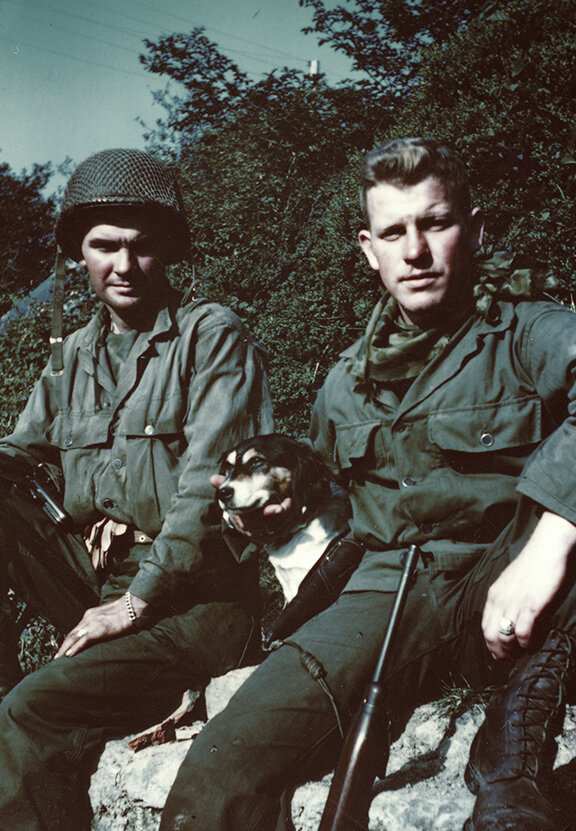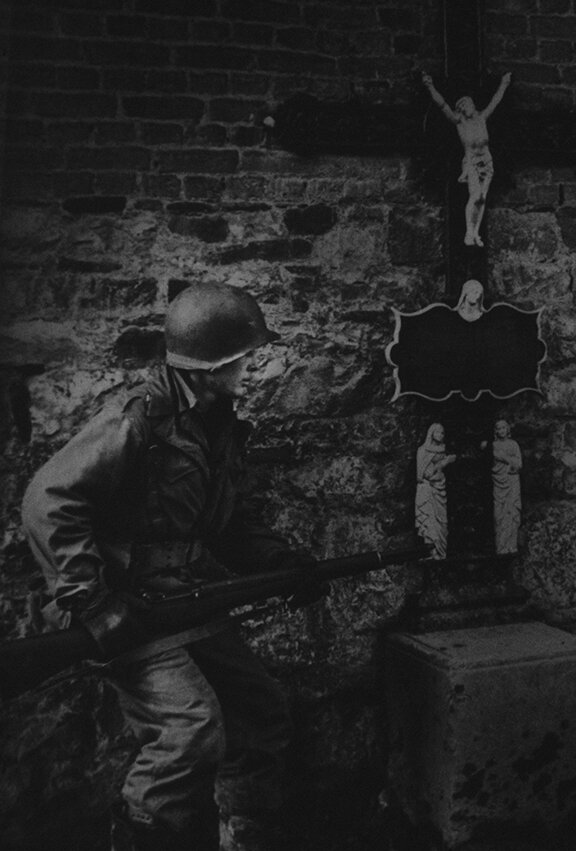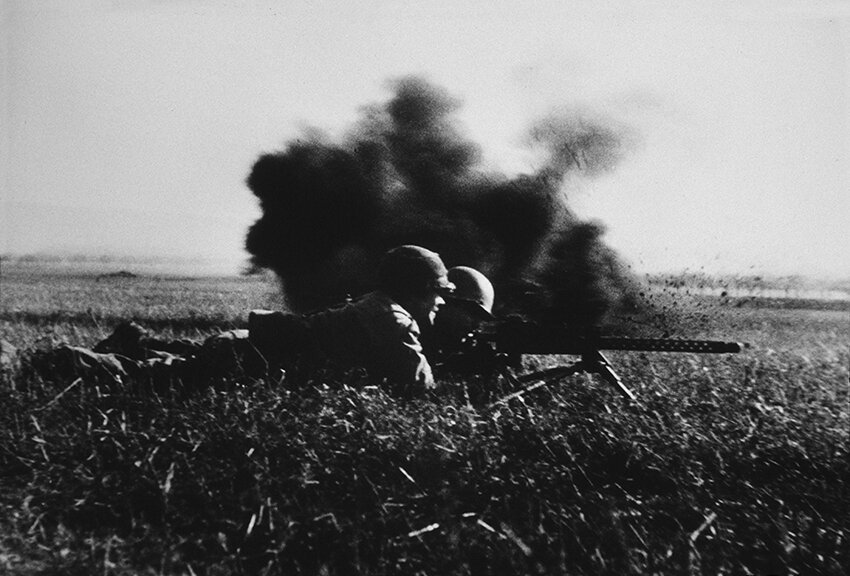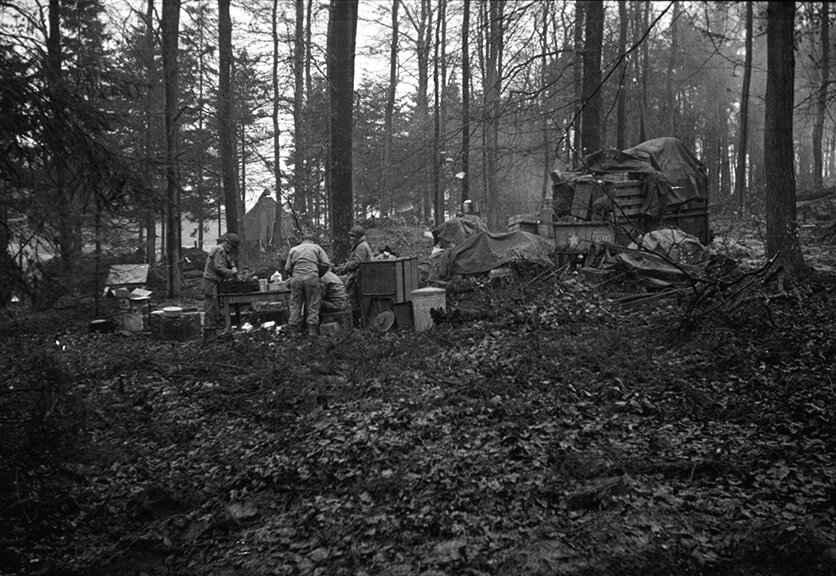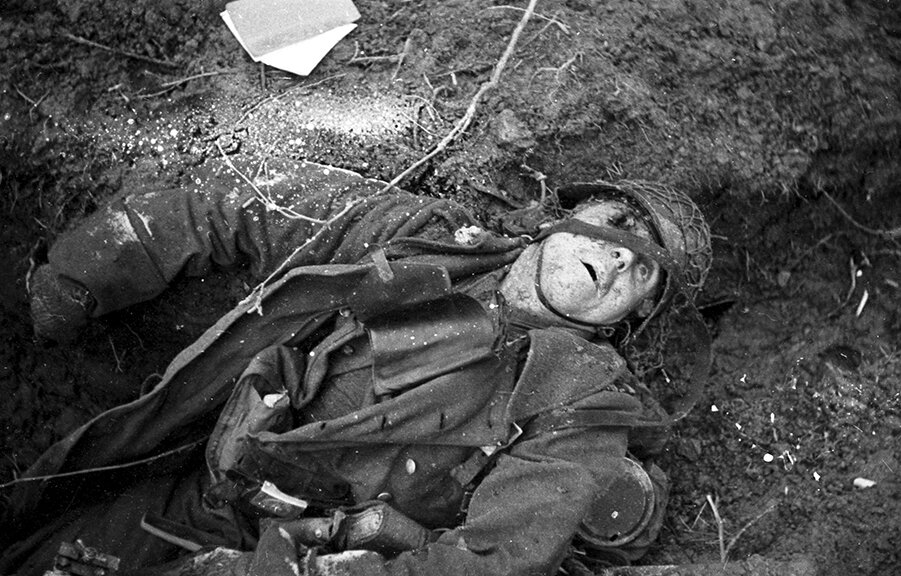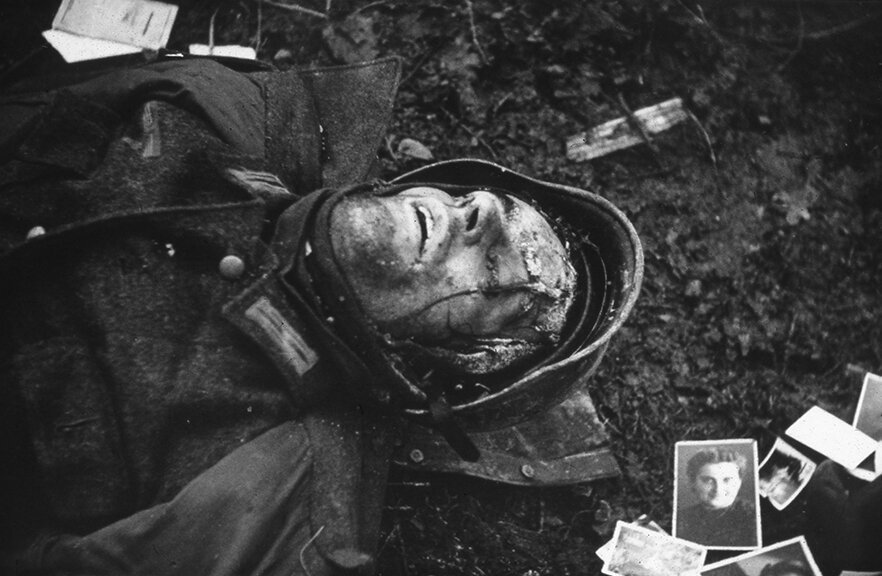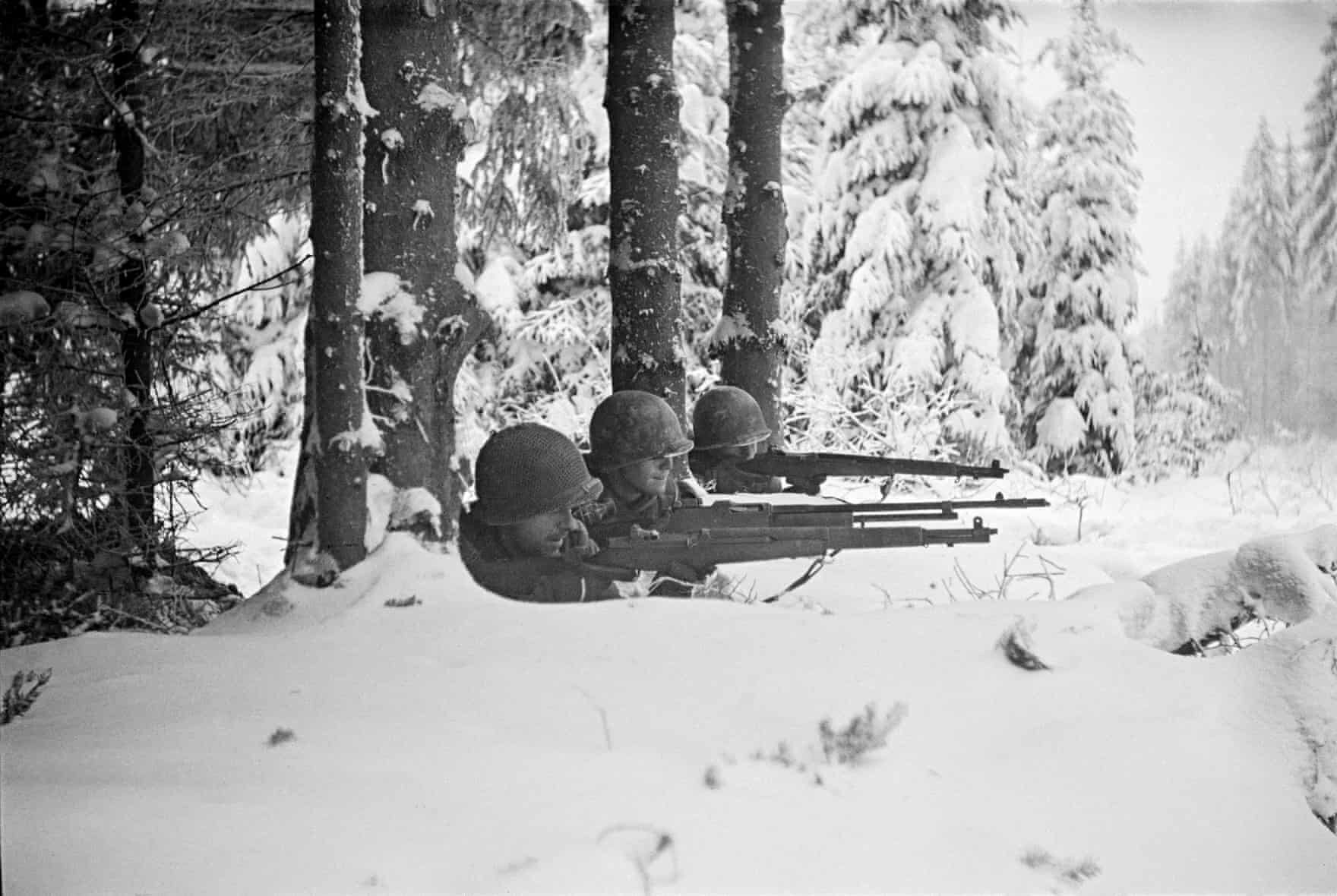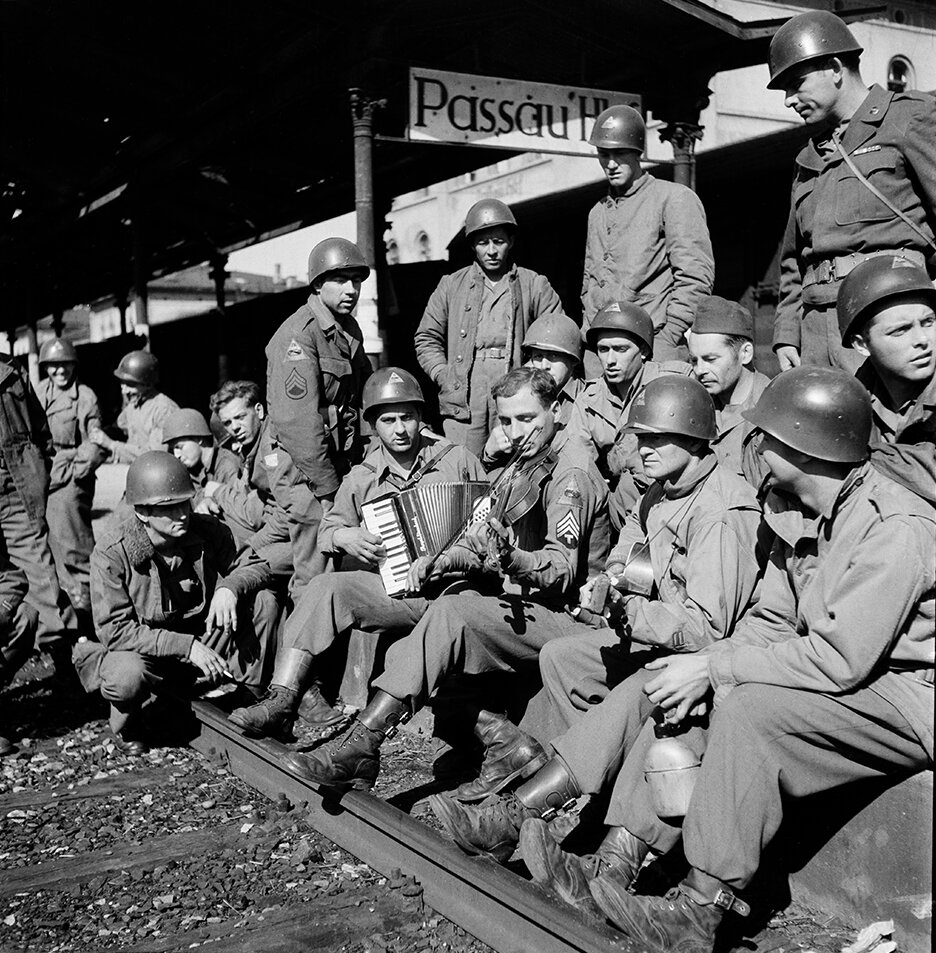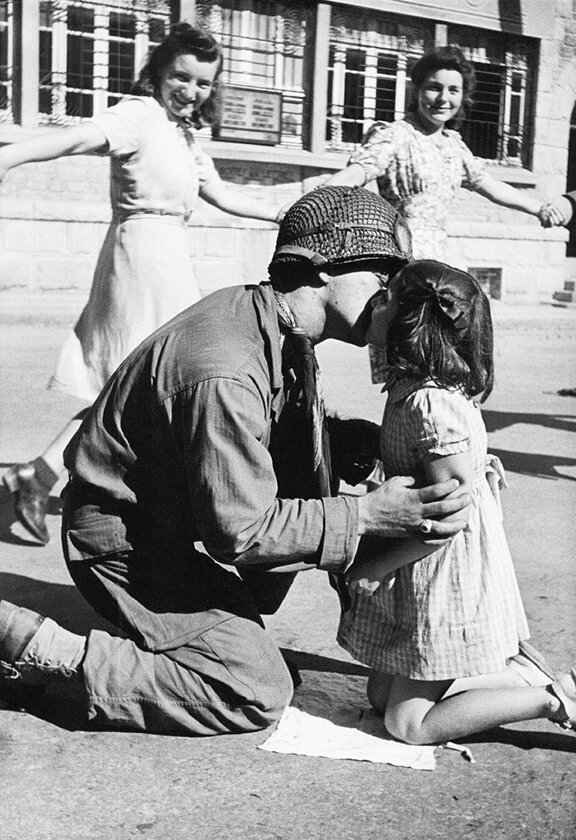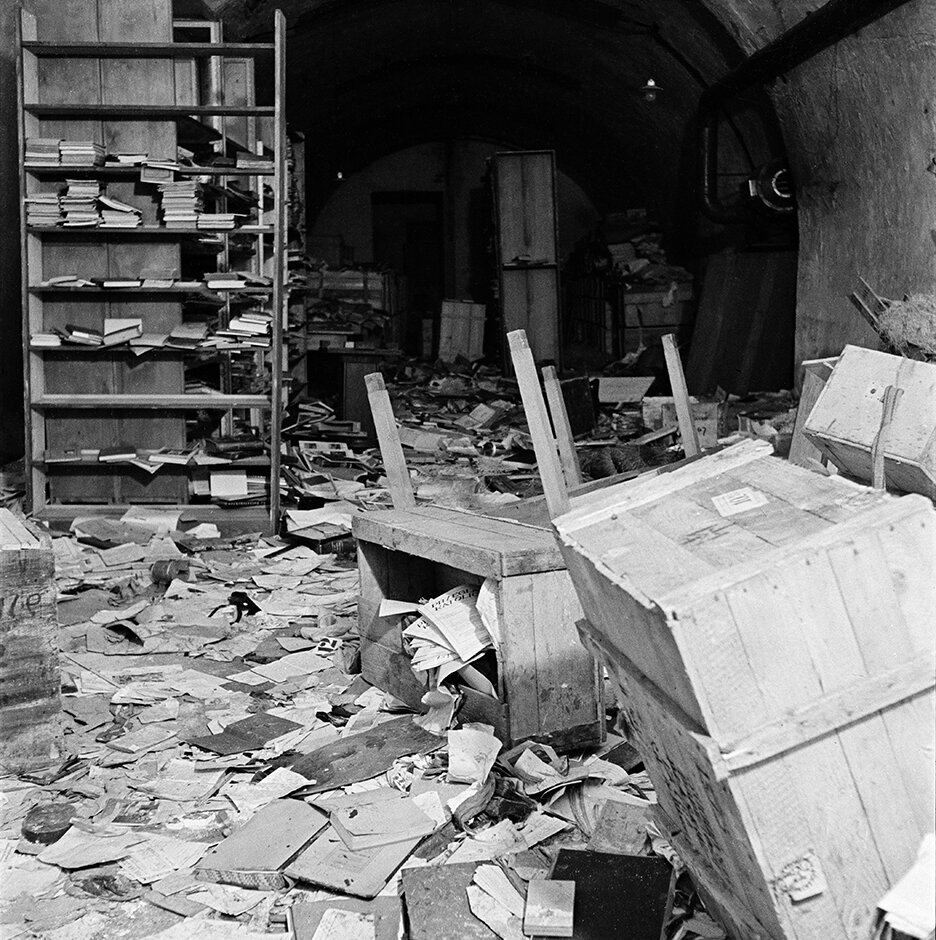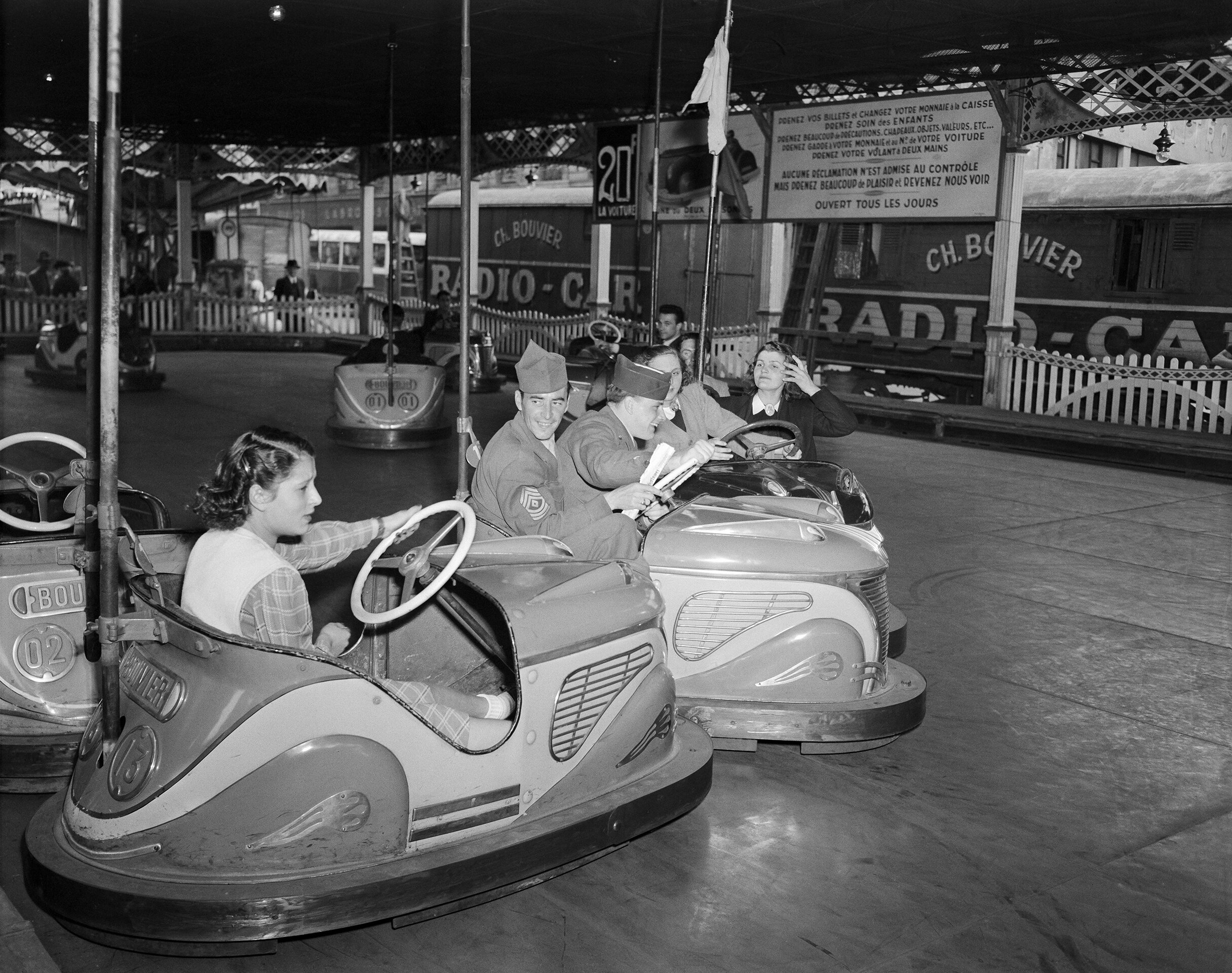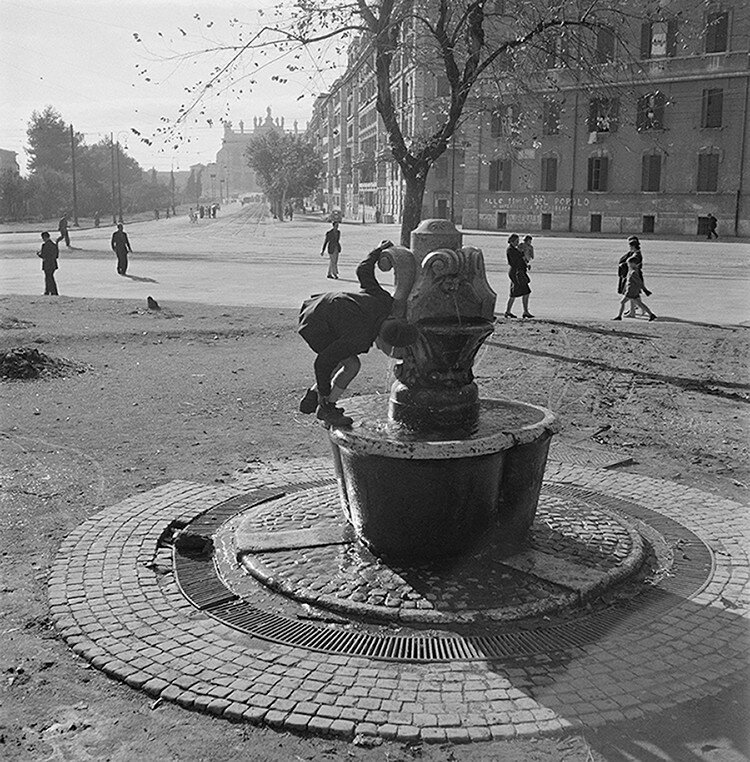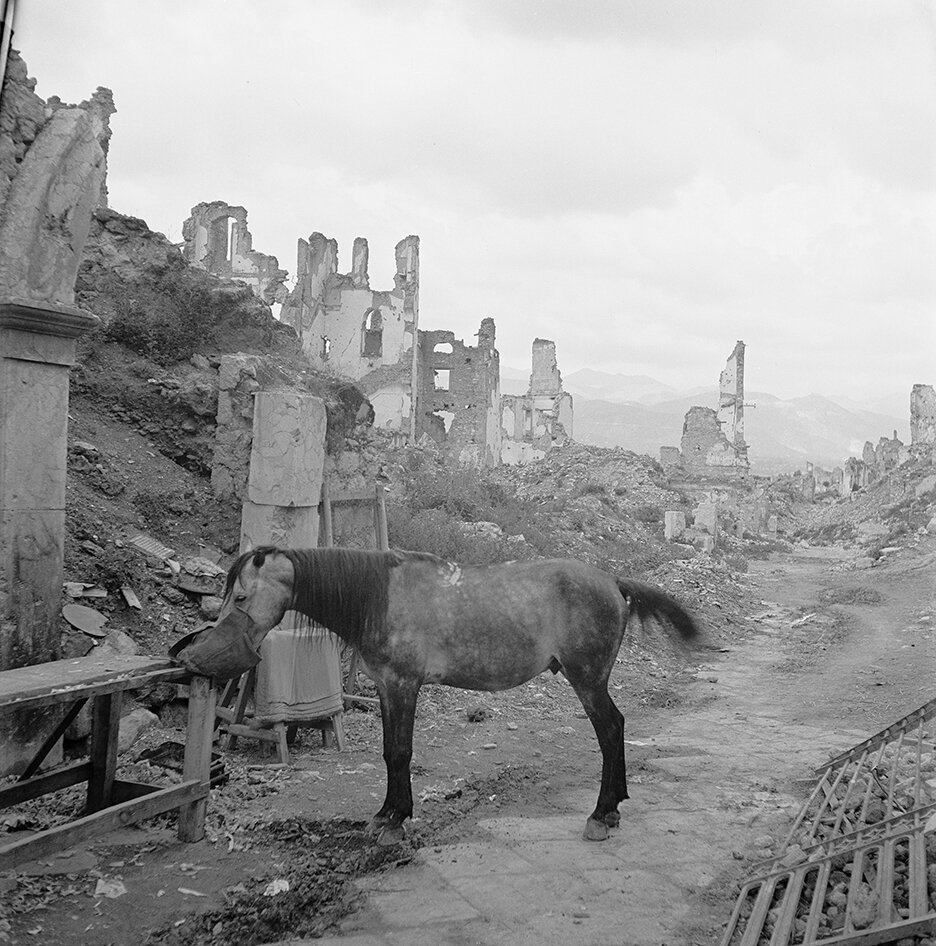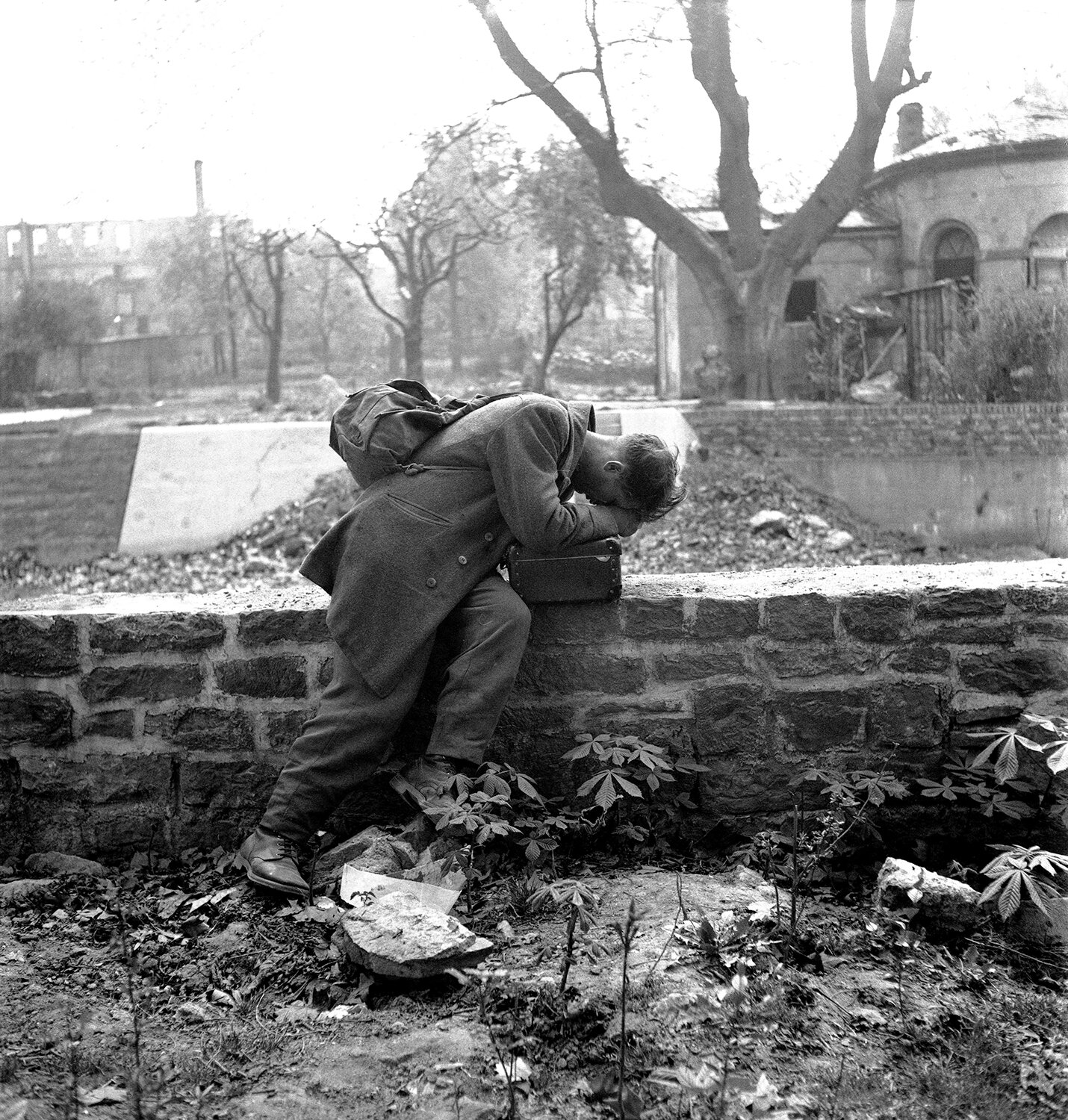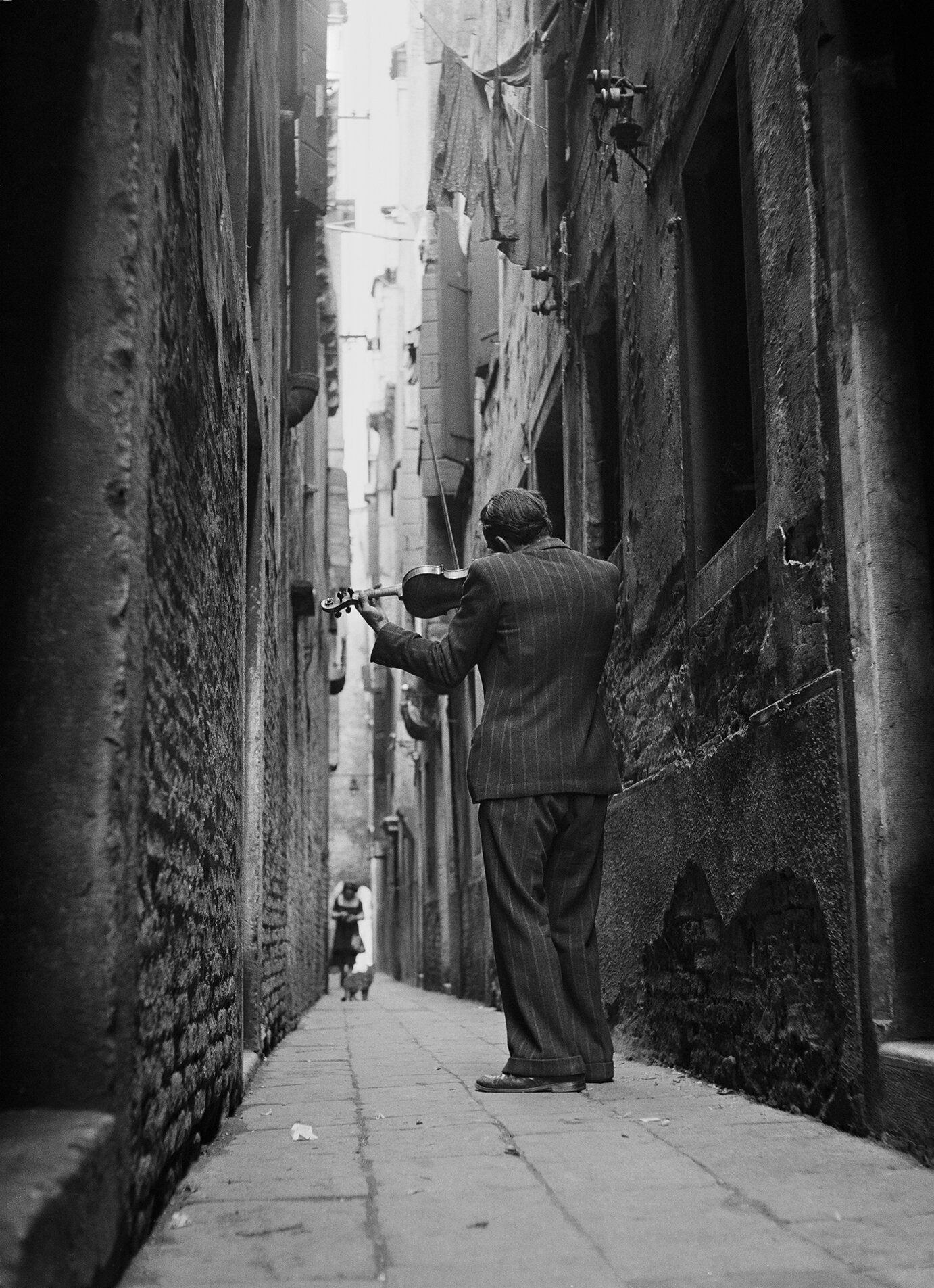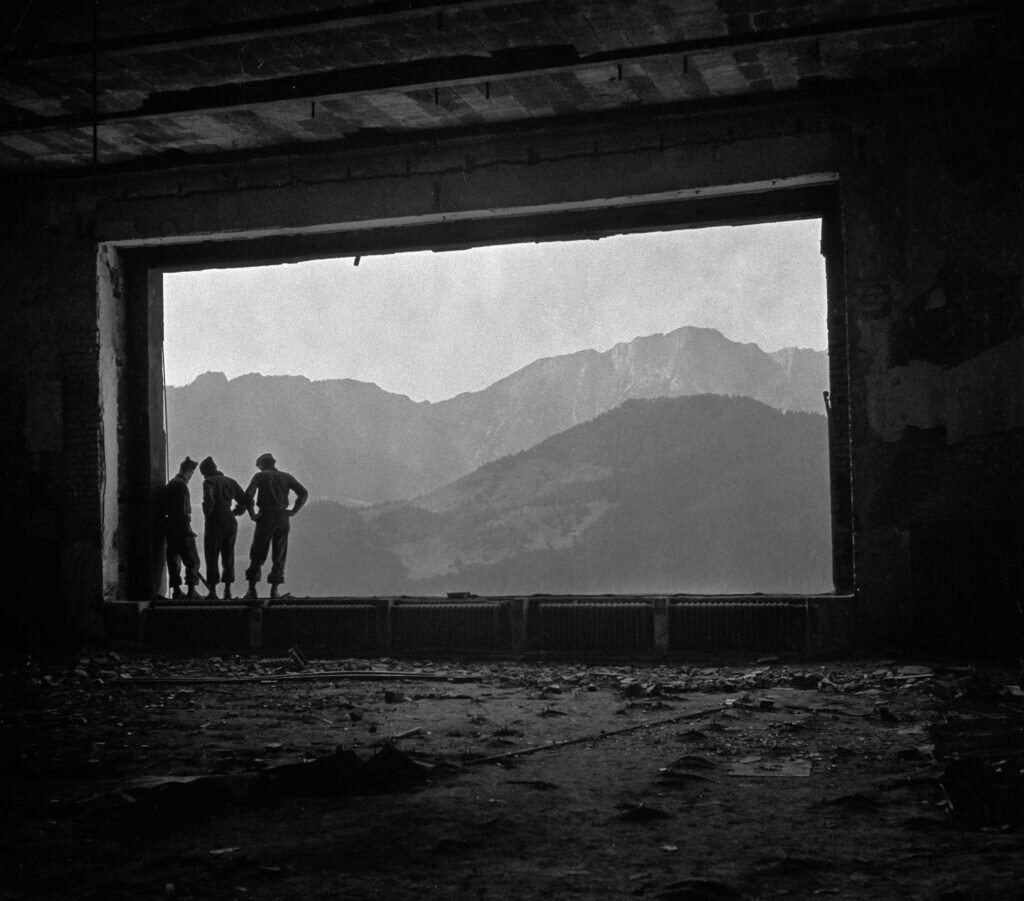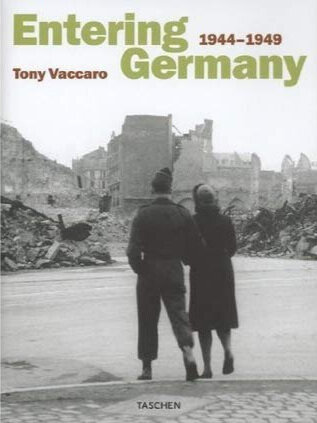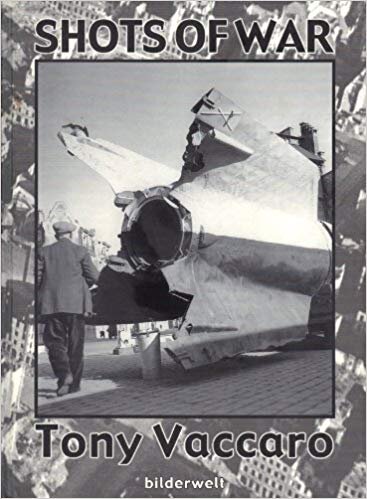Episode 13: Tony Vaccaro
Originally recorded and released as Lady’s After Hours podcast, for Lady.
With this podcast I have been seeking out cultural creatives who have not only achieved great success in their careers, but who have also intentionally molded their lives around their passions—and this second season is no different. Each creative has created their ideal life in much the same way they produce their creative work—through decisive vision and action, through making decisions that allow them to succeed in the facets of life that are important to them.
Winter 2018 I had the wonderful opportunity to meet with the photographer Tony Vaccaro at his studio in Long Island City. Then as now, 98-year-old Vaccaro continues to visit this studio everyday even after fighting Covid-19 last year. There one of his sons, Frank, and Frank’s wife work, managing his archive alongside the digital editor Manolo. Both Frank and Maria joined me in the interview at times, adding memories and also helping to clarify some of Tony’s thoughts.
Born in Pennsylvania in 1922 to Italian immigrant parents, Tony was orphaned in 1926 when both his parents passed away while the family was in the process of immigrating back to Italy. Raised by his paternal grandmother in Bonefro, Italy, he returned to the US at the outbreak of WWII. After finishing high school he was drafted into the US army in 1943. Sent to the front lines in Europe as an infantryman, Vaccaro brought with him his compact 35mm rangefinder—vividly capturing all aspects of an infantryman’s life: the chaos, the boredom, the destruction, the death.He stayed in Germany after the war, photographing the reconstruction for four years for Weekend, the Sunday supplement of the U.S. Army newspaper Stars and Stripes.
Georgia O'Keeffe in Taos Pueblo, New Mexico, for Look Magazine, 1960
Back in New York in 1949 Tony found work at Fleur Cowles’ legendary Flair magazine as well as Look magazine, before beginning to shoot for Life. Shooting fashion and celebrities for these magazines was vastly different than his previous experience as a war and documentary photographer, yet to all of his images he brought a love of symmetry and a deep humanity. Vaccaro’s empathic gaze helpsreveal more than just the outward aesthetic beauty of his subjects—one truly gets the sense that he connected with them as people, no matter how famous, and was therefore able to capture some of their more personal essence. Sophia Loren, Pablo Picasso, Georgia O’Keeffe, JFK, and Maria Callas were just some of the artists and luminaries he photographed for Life. While shooting a Life story in Finland in 1963 about Marimekko he met the model Anja Kyllikki. They married and had two sons. The family lived on Central Park West until 1979, when he separated from his wife and moved to Long Island City along with his archive of hundreds of thousands of images. From 1970 to 1980 he also taught photography at Cooper Hewitt.
Tony has been widely awarded for both his photographic work and his time as a soldier. In 1994, he was awarded the French Légion d'honneur at the celebrations marking the fiftieth anniversary of the Normandy landings. In 2016 a documentary about Tony’s memories of the war was released, Underfire: The Untold Story of Pfc. Tony Vaccaro. Now available on HBO streaming, it is a comprehensive look at Tony’s experiences as a soldier that vividly describes the destruction he encountered and his efforts to document everything with his camera.
Talking with Tony he kept returning to the subject of humanity—the idea that we are all one, that there are no true differences in race or nationality others than the ones we choose to believe in. As someone who experienced the worst atrocities of war, who saw so many of his friends and comrades die, who saw the destruction of communities and countries—Tony has a perspective on this that should be listened to. As our governments seem to forget previous atrocities in their effort to create hate and disharmony, it would be valuable for us to listen to our elders—those who survived the worst and are still here to share about it. Tony was able to survive the war and create a highly successful life for himself, both in career and family, but many others were not so lucky.
Luciana Pignatelli, Vogue, 1965

